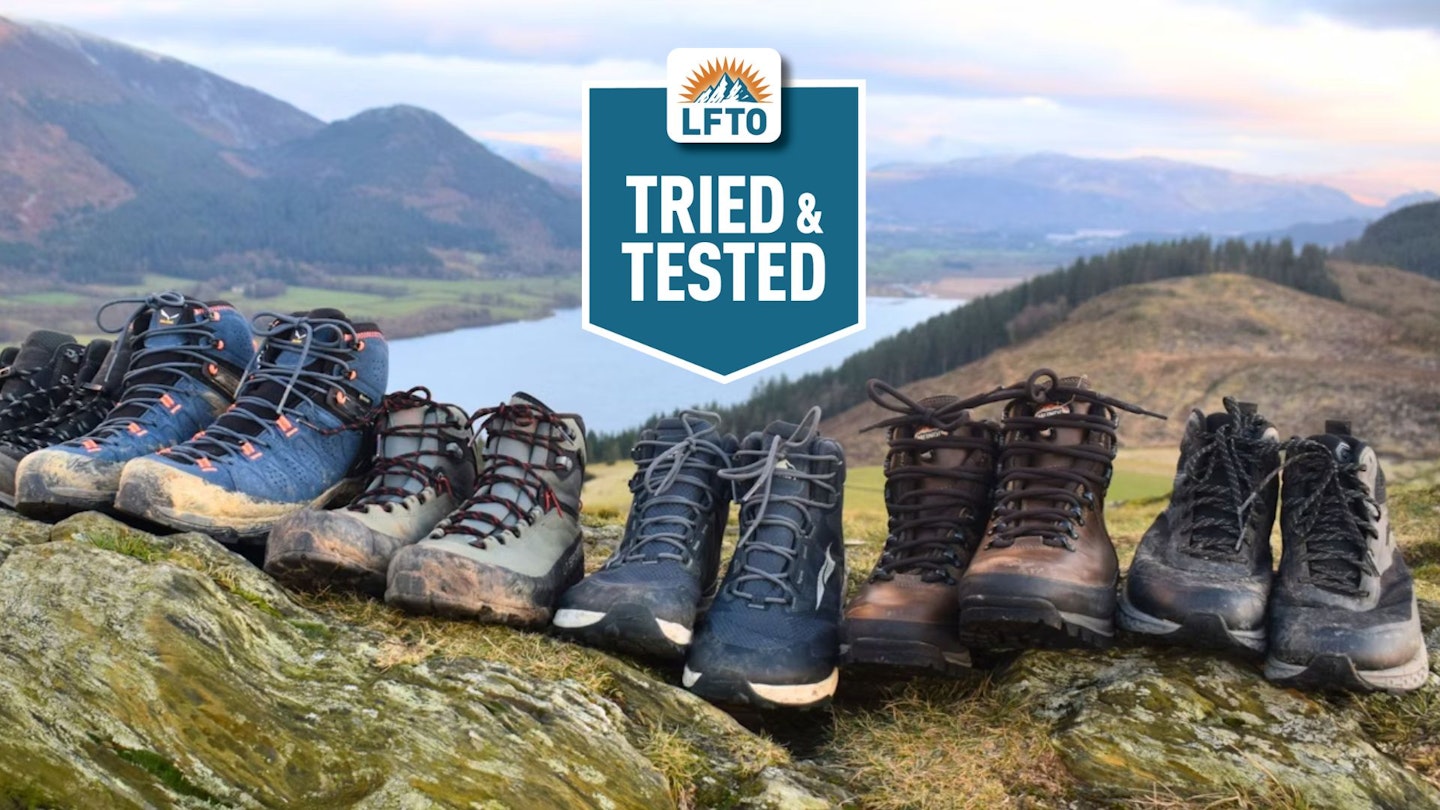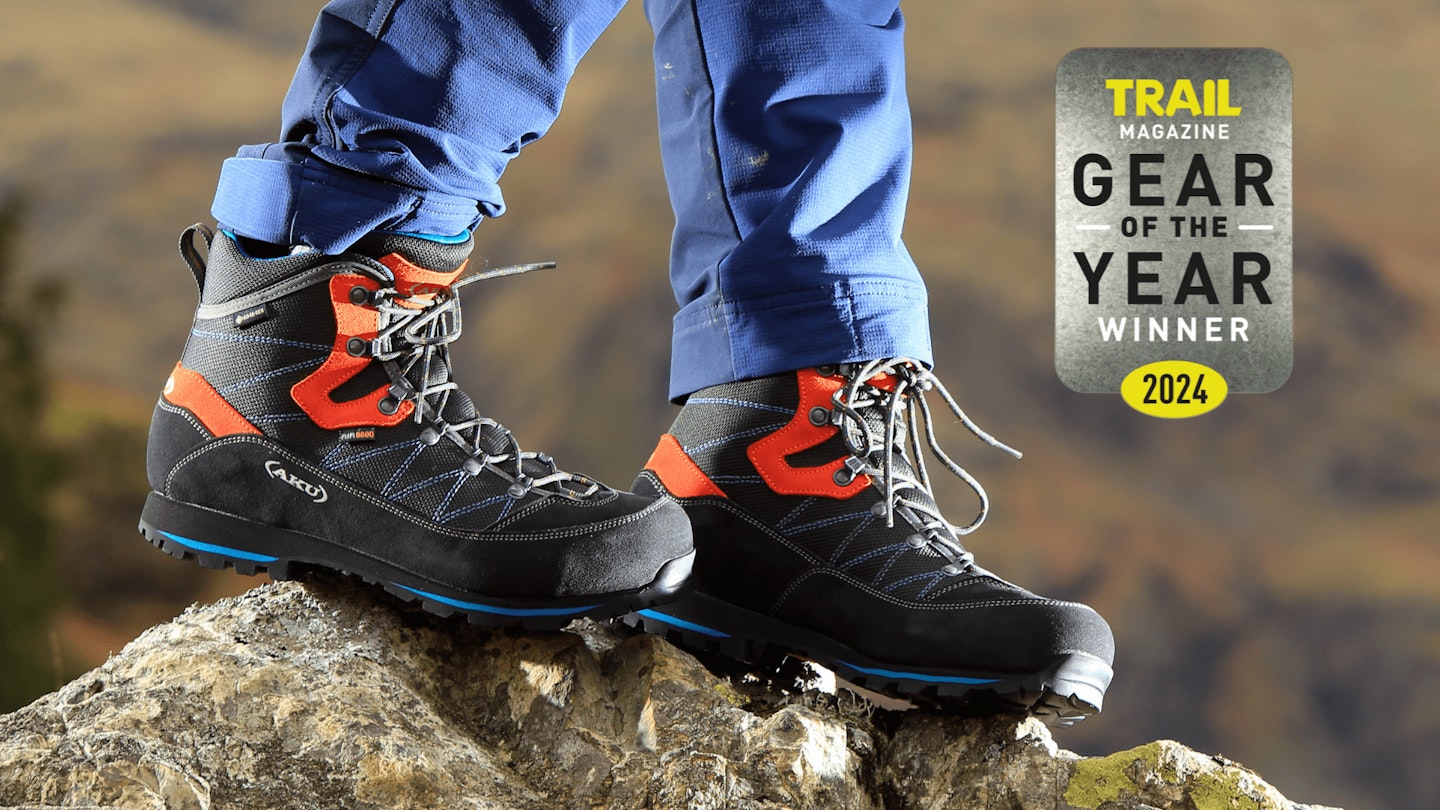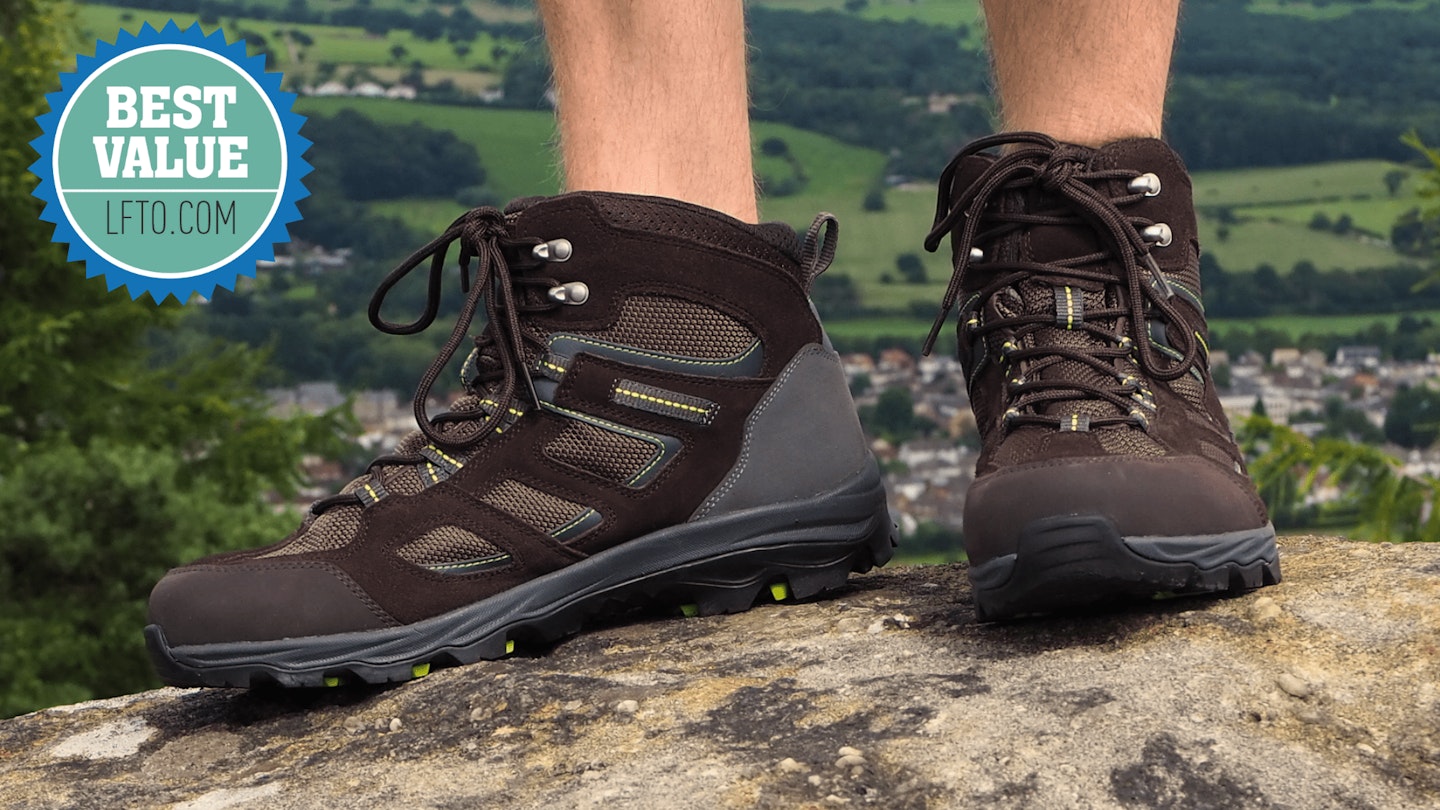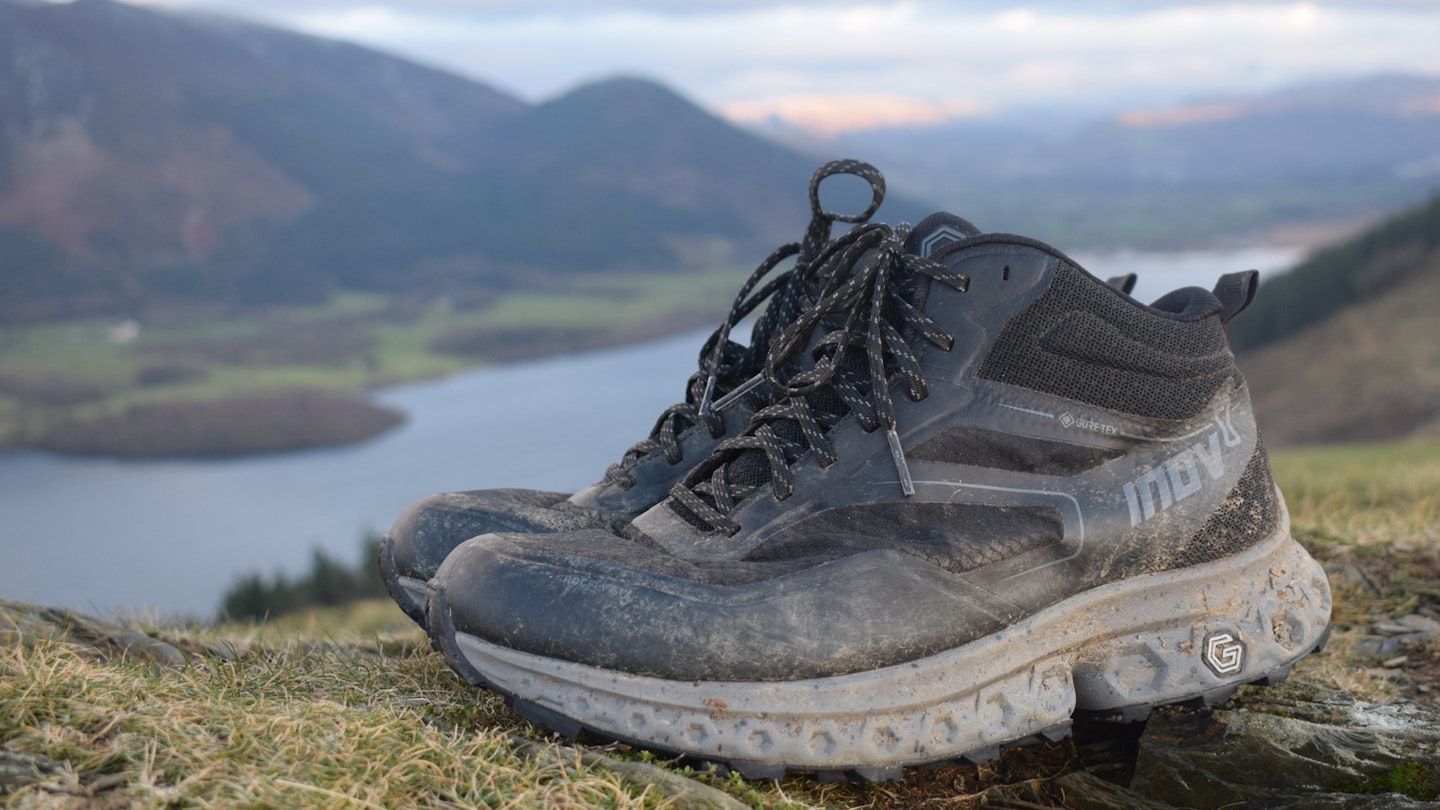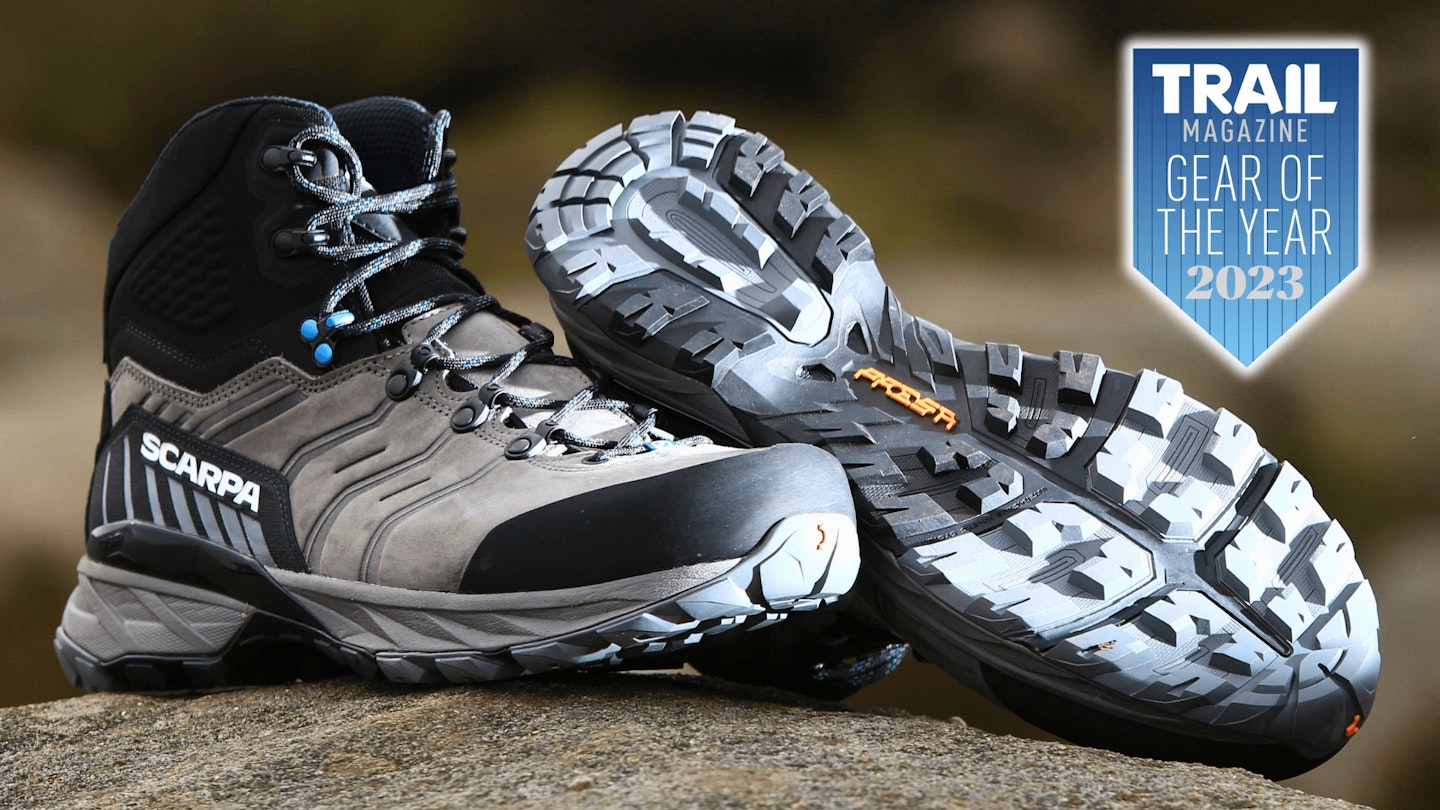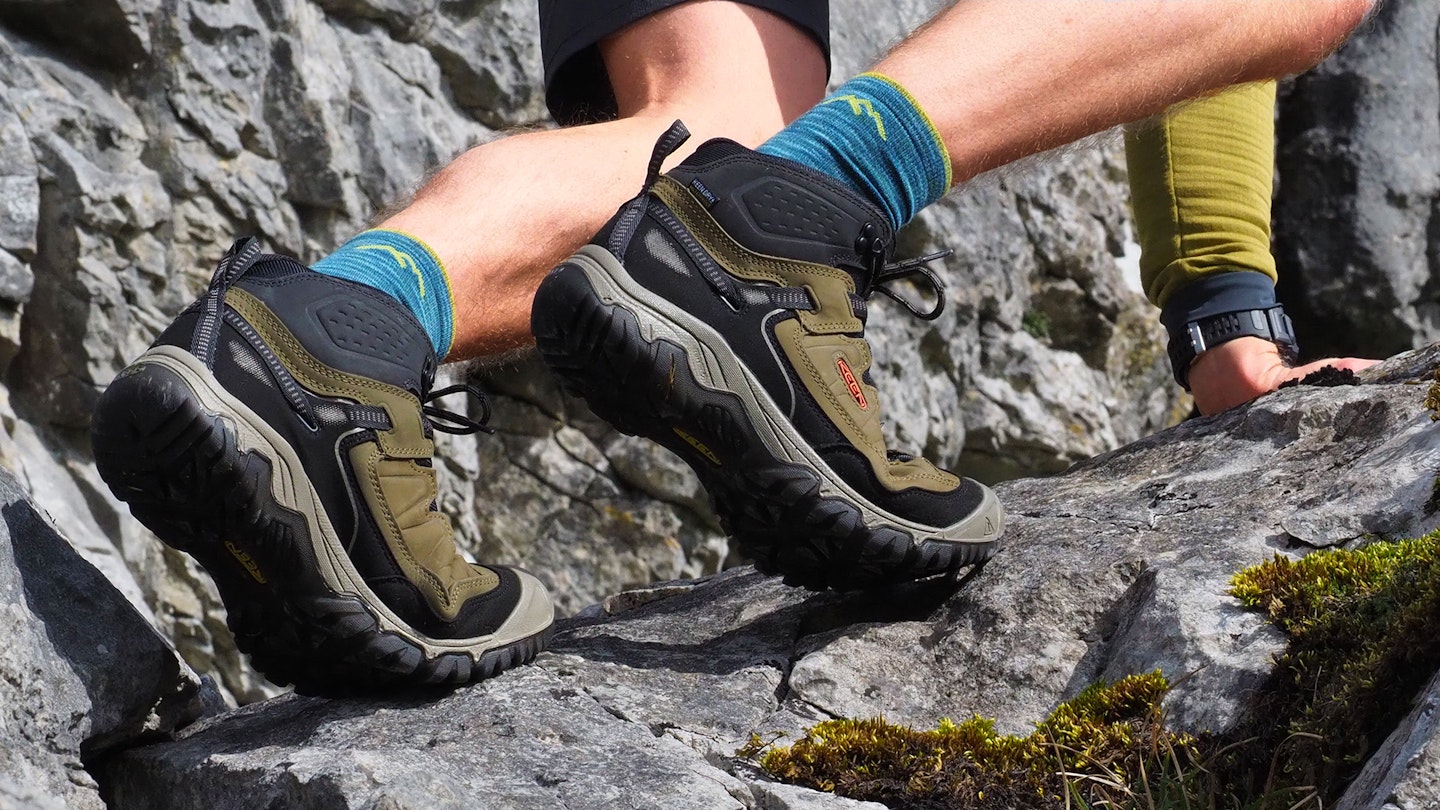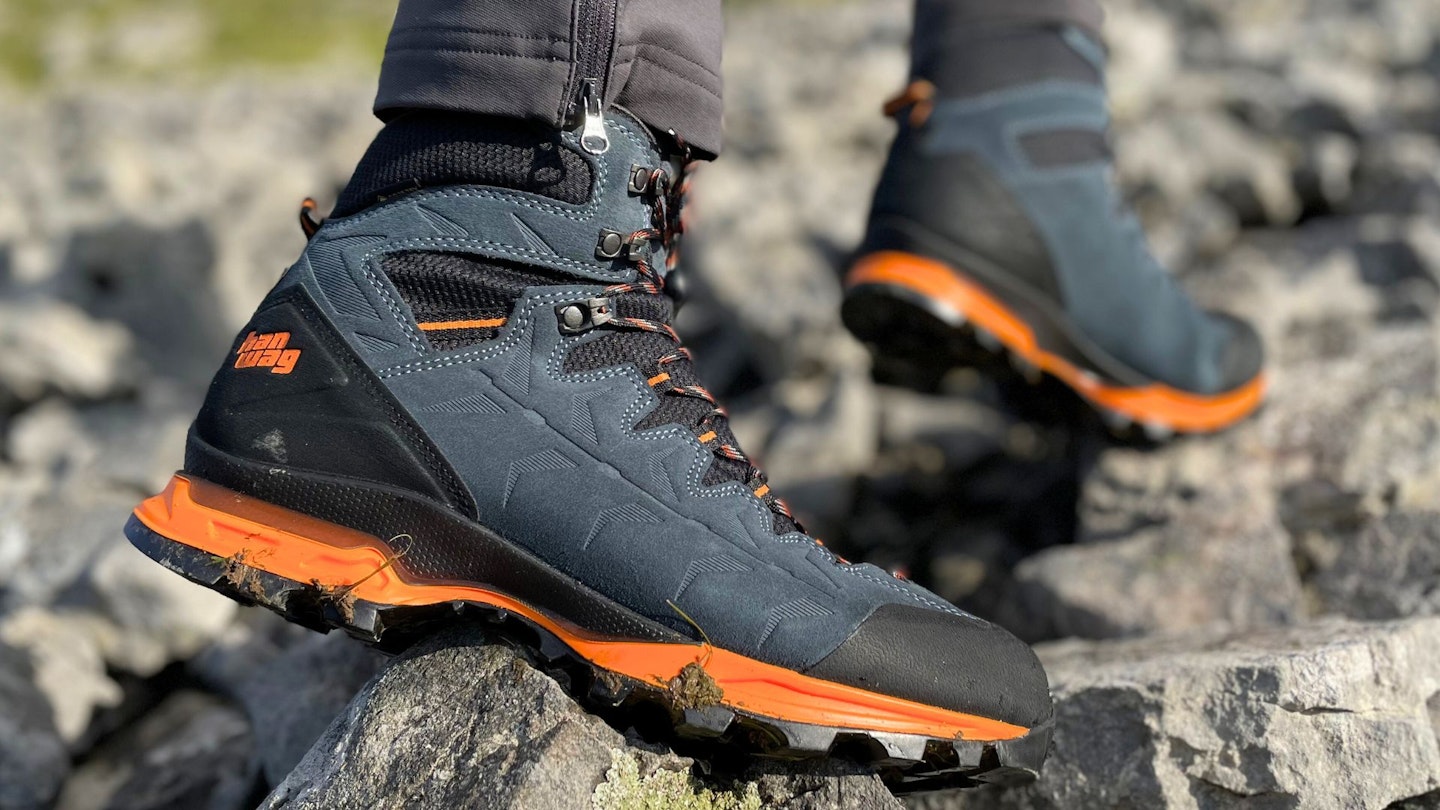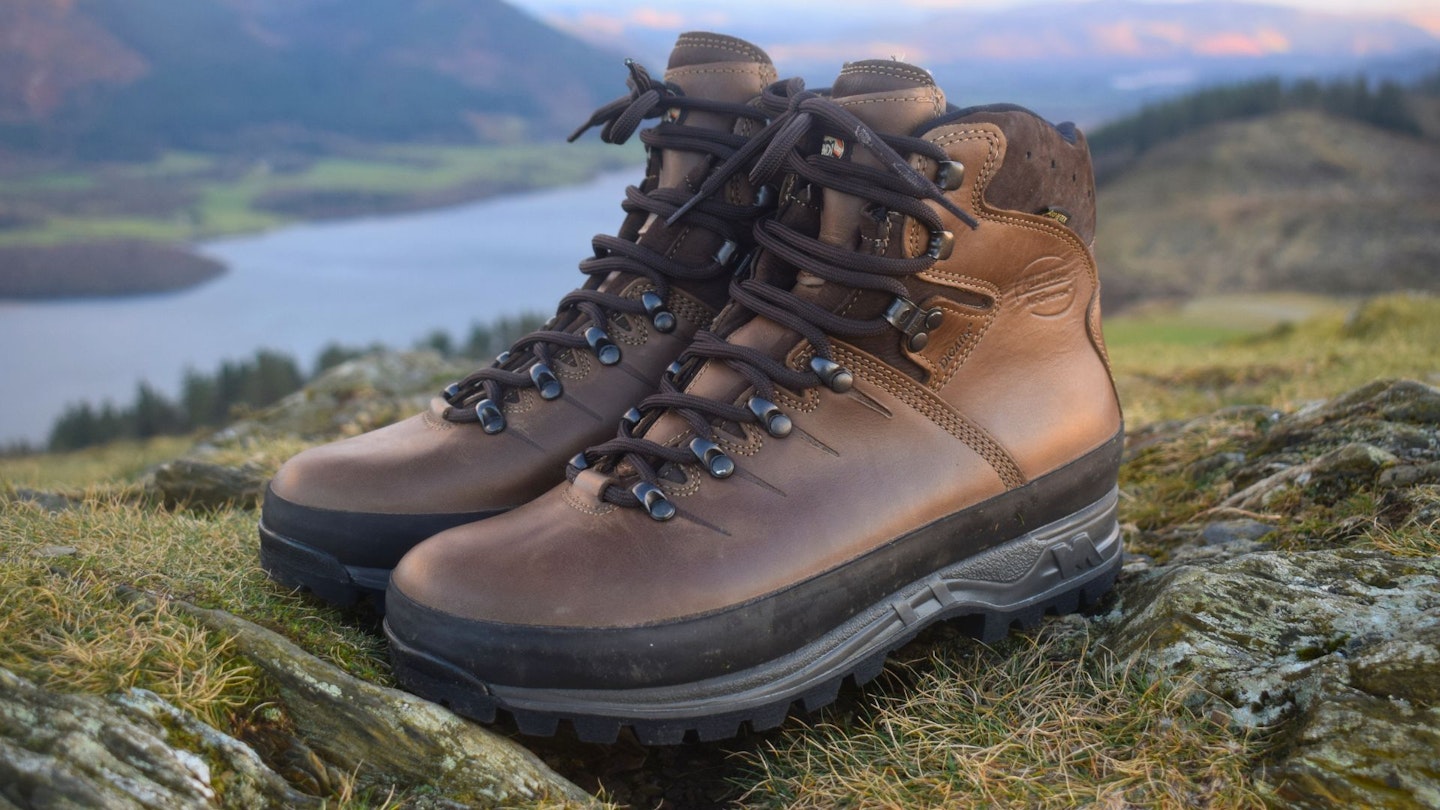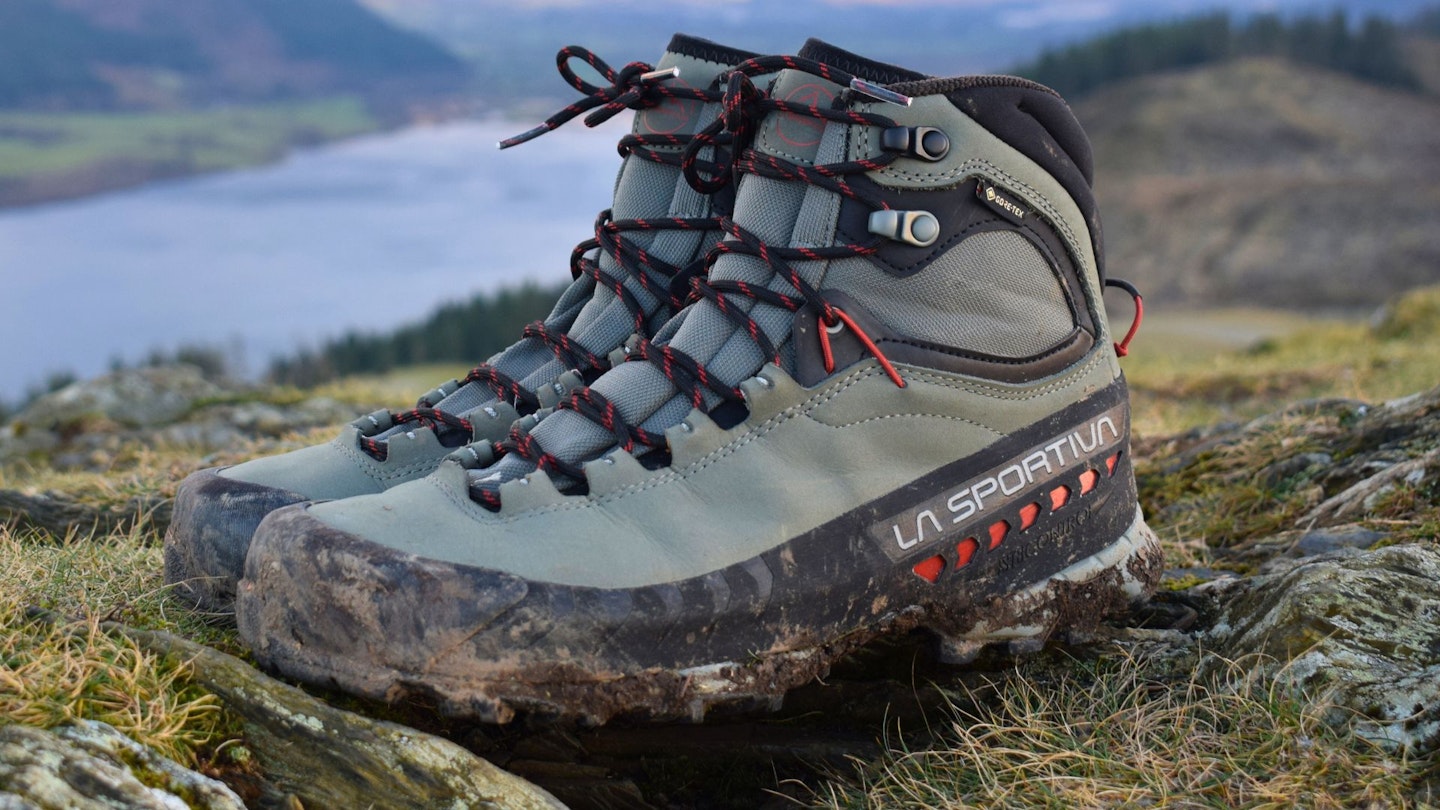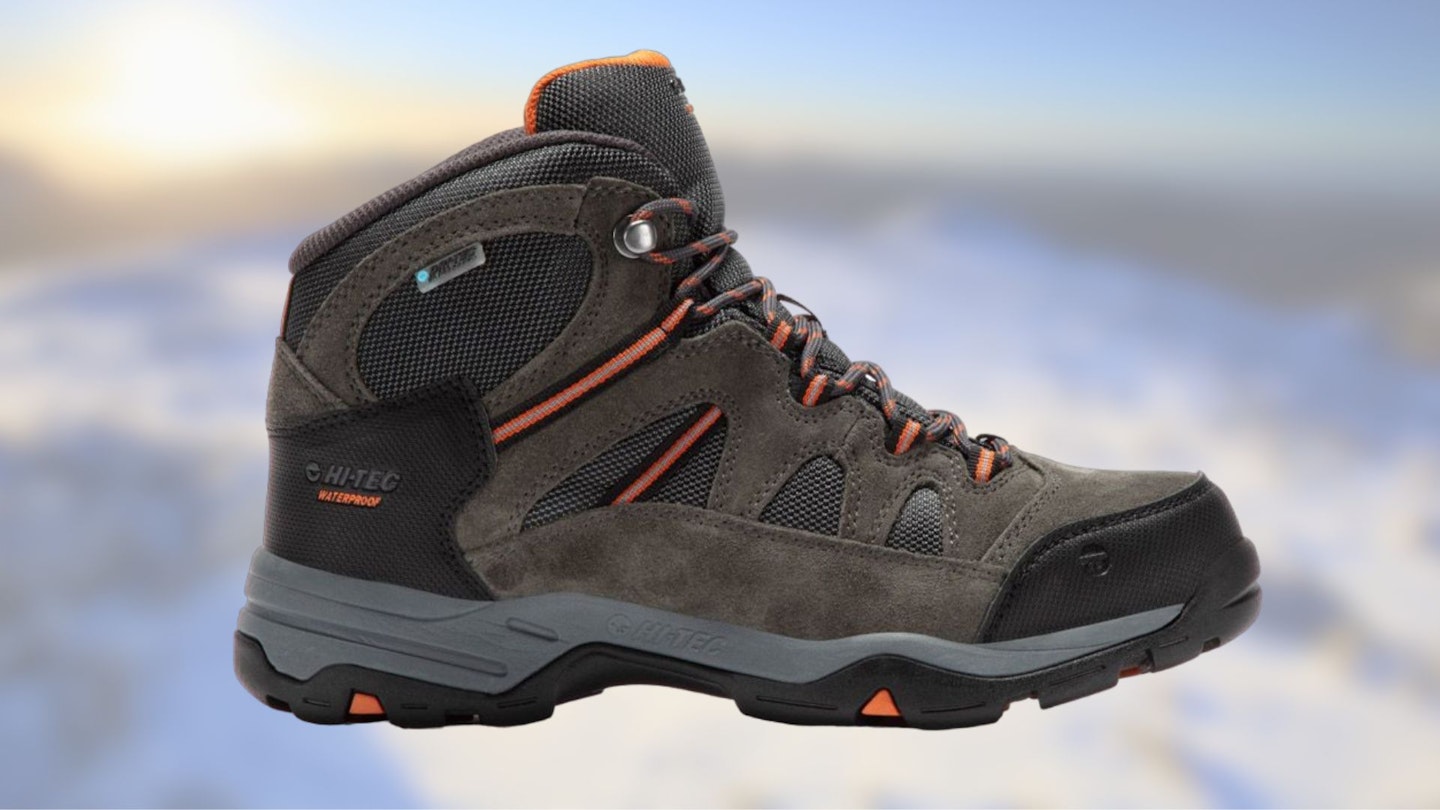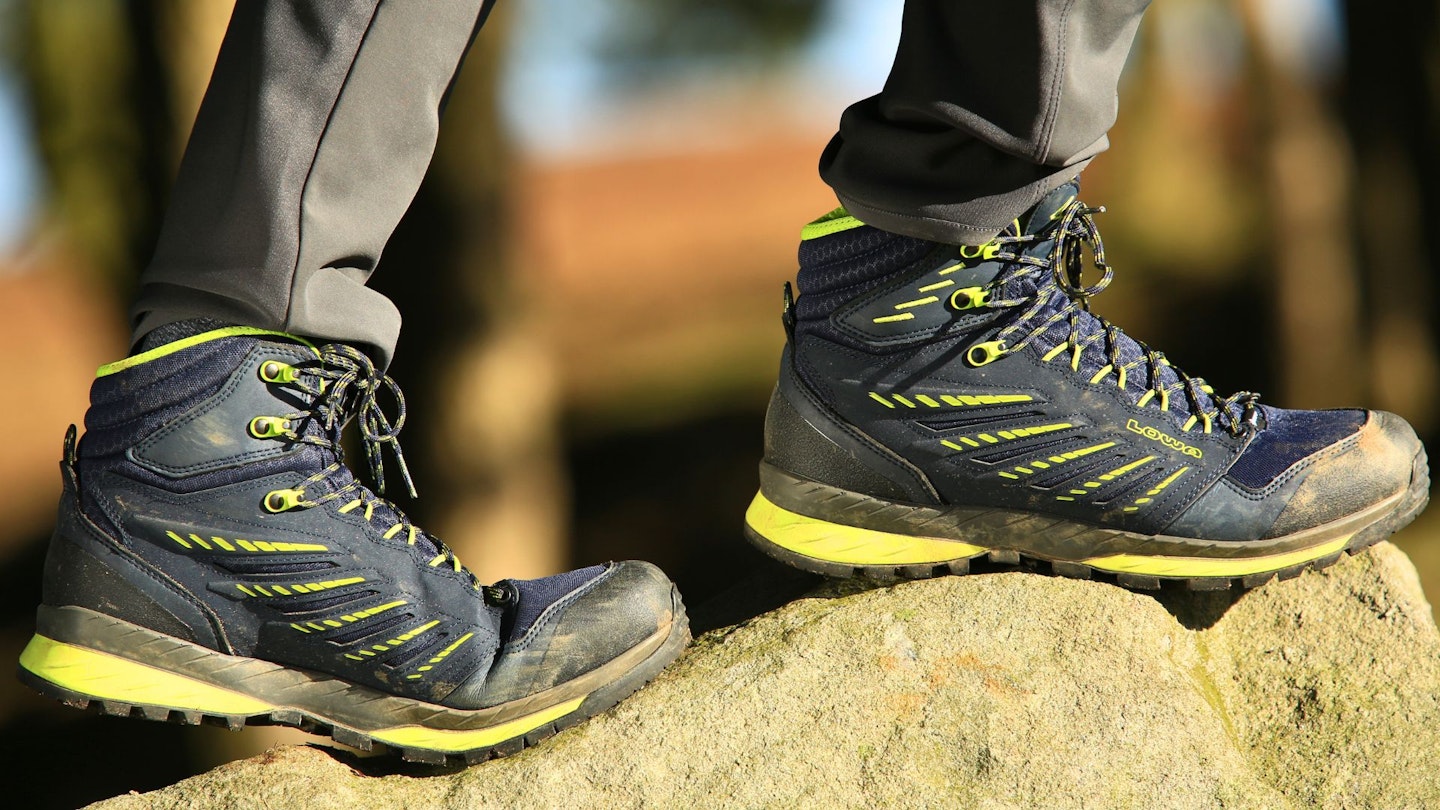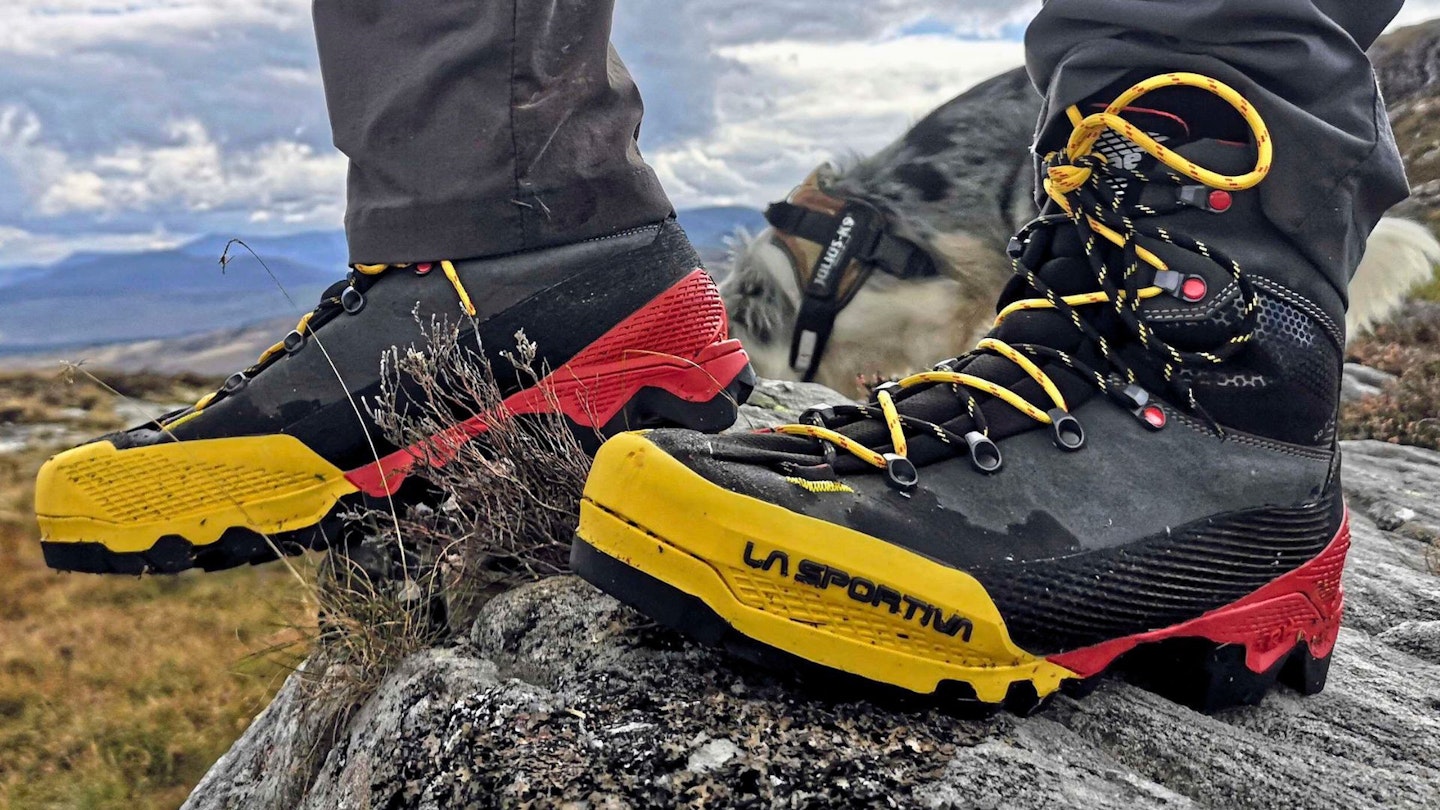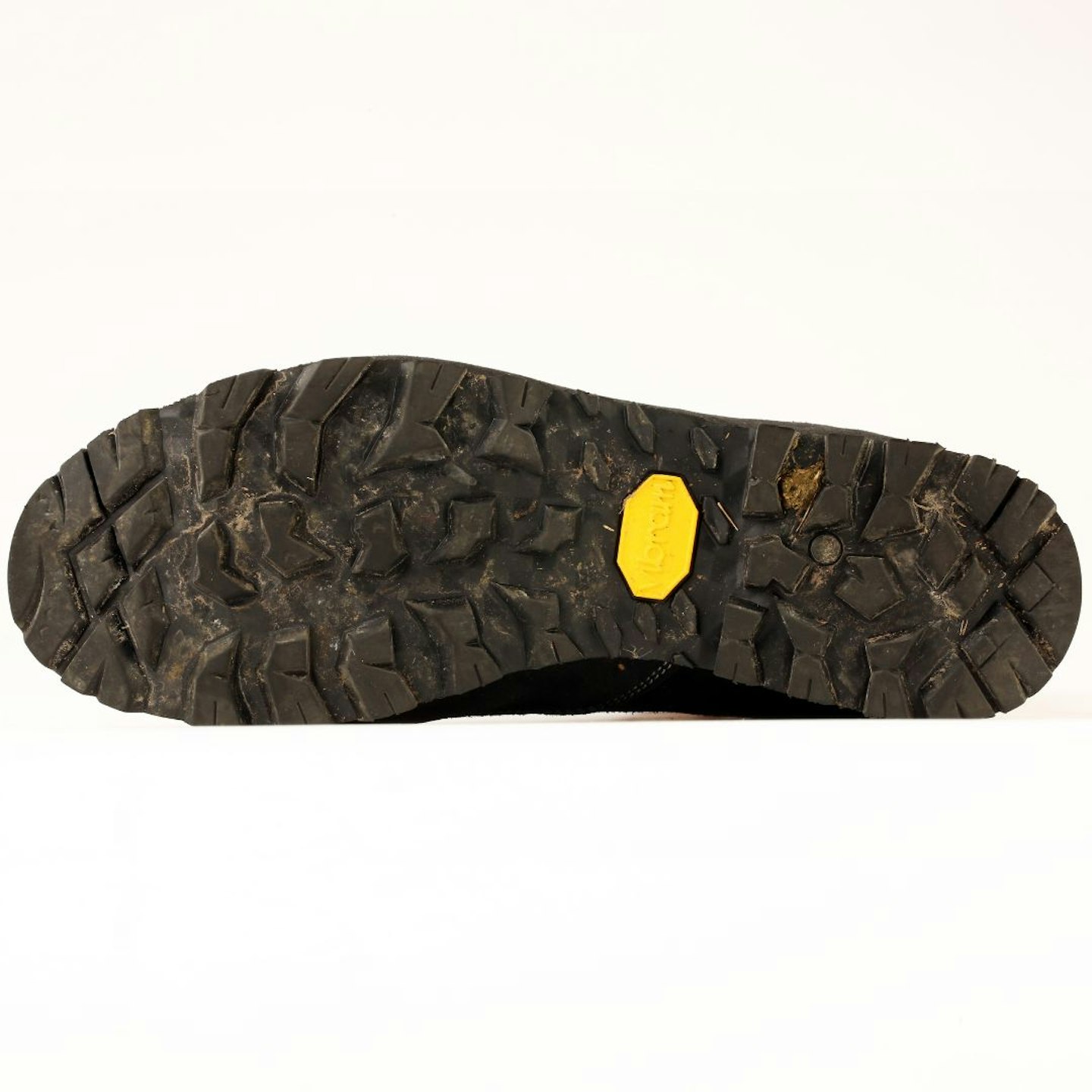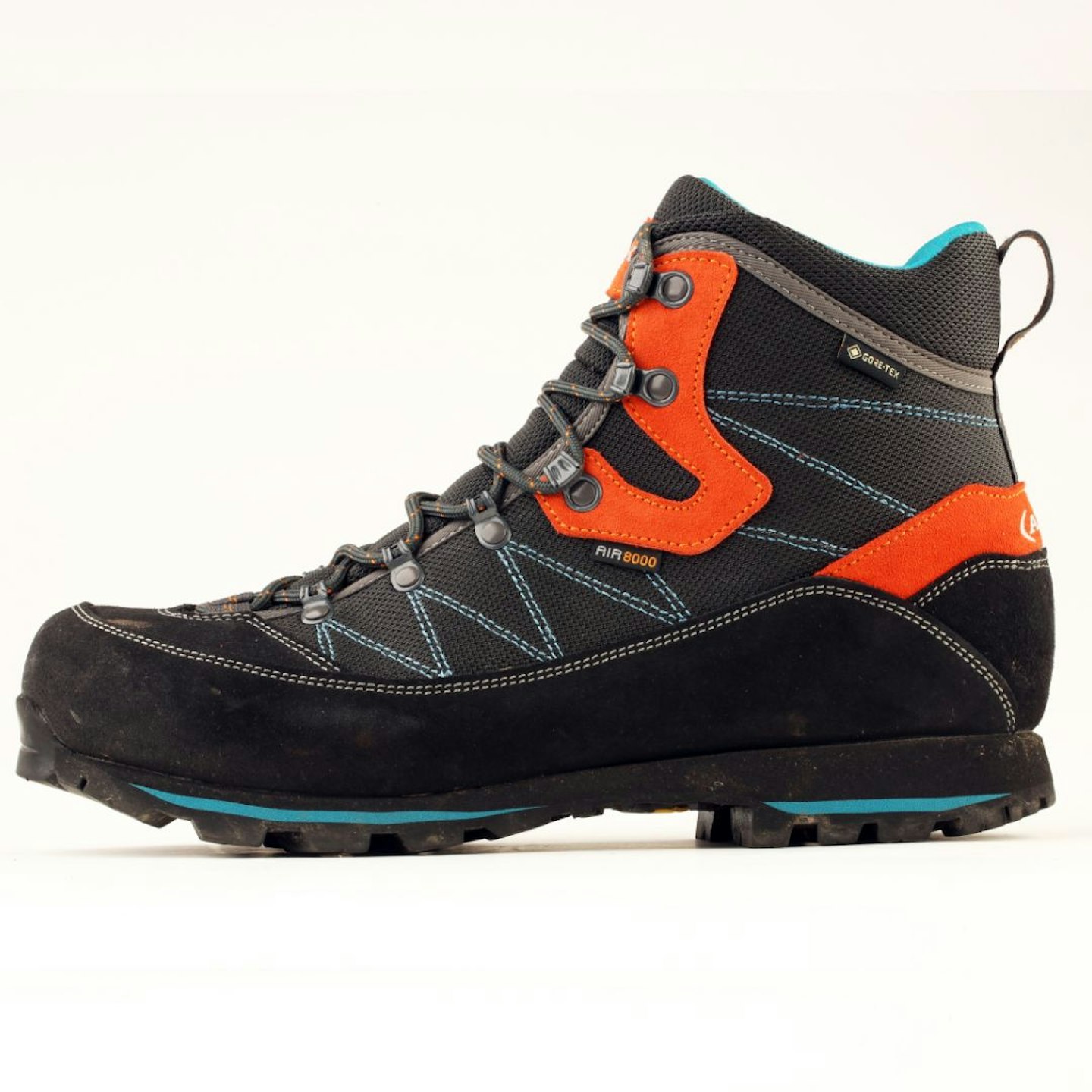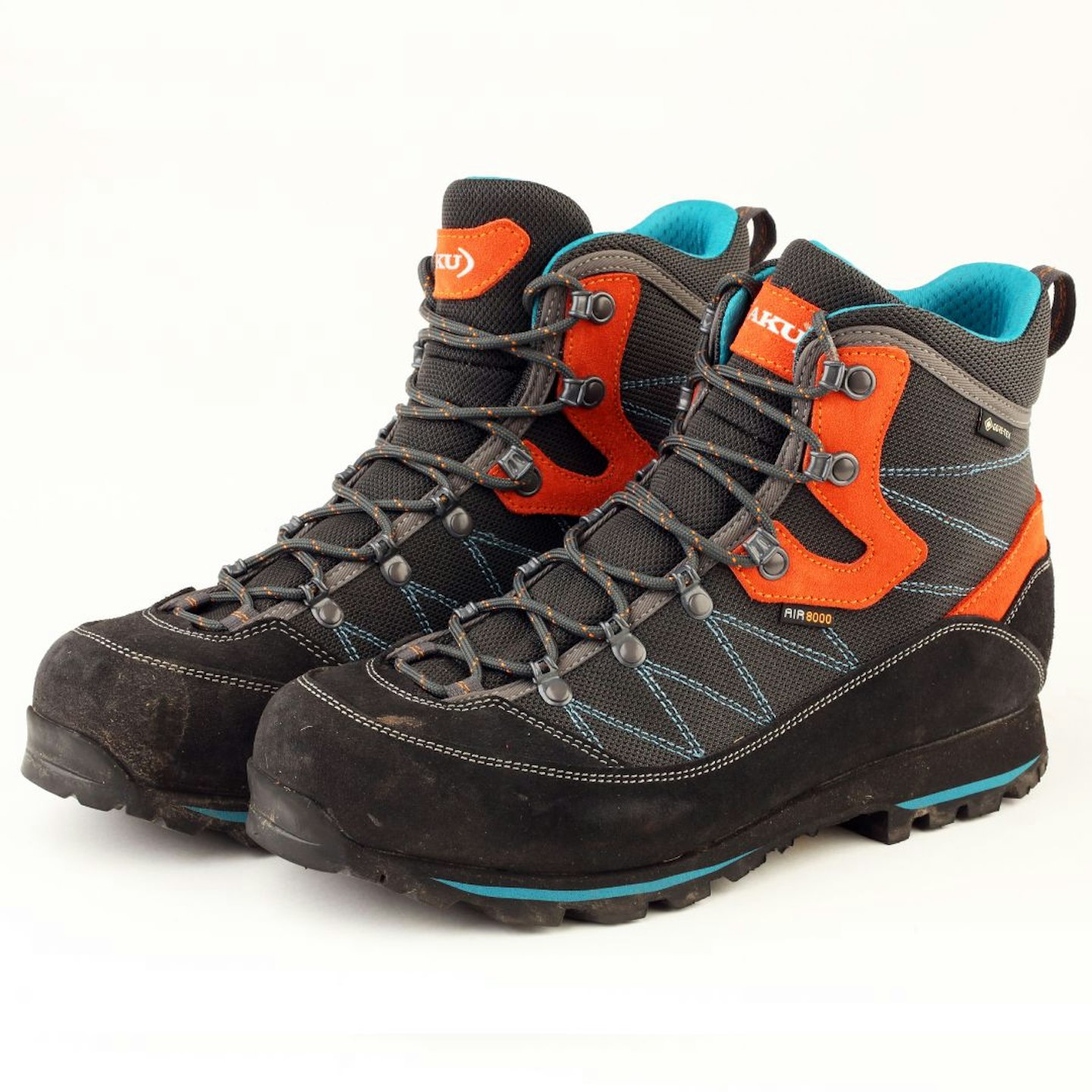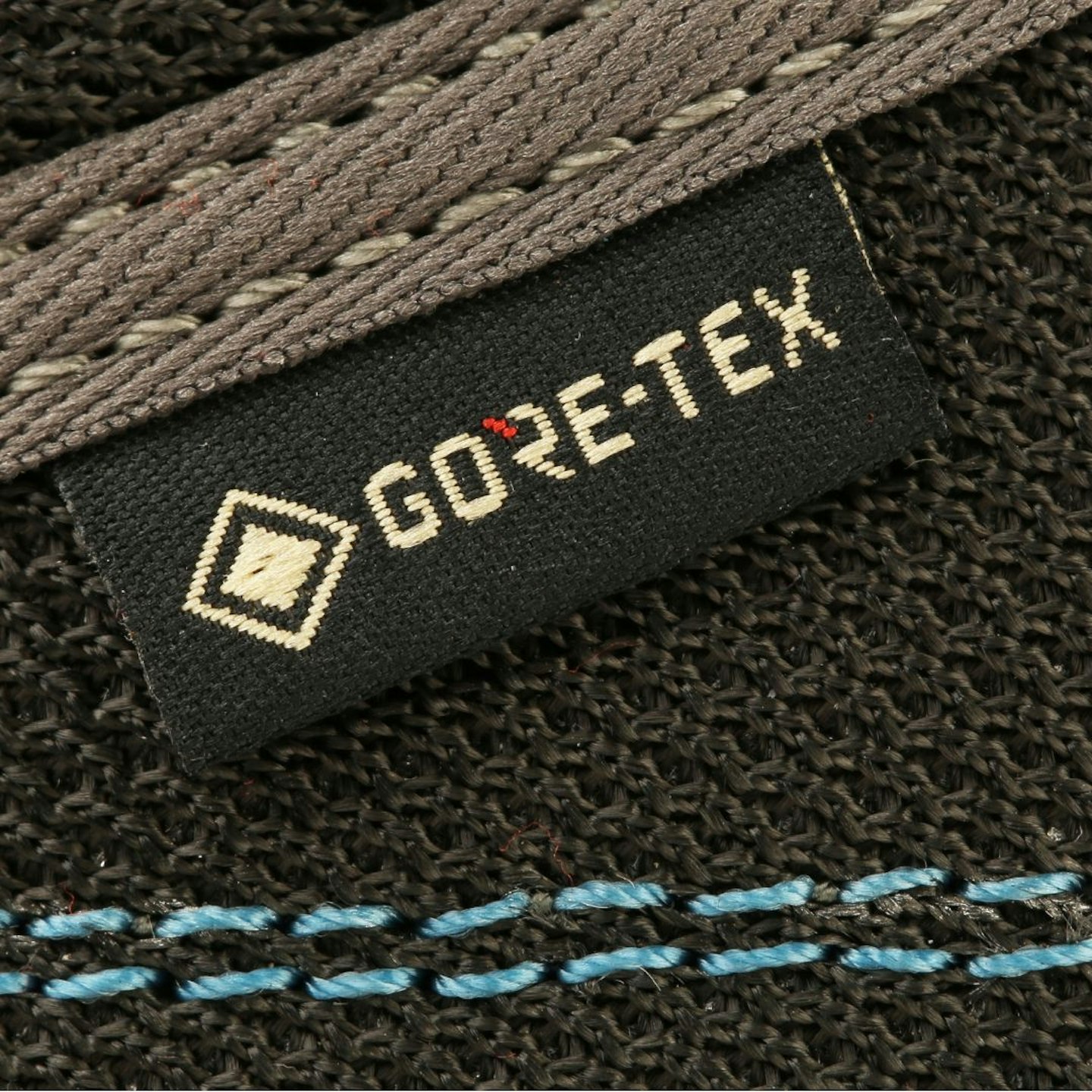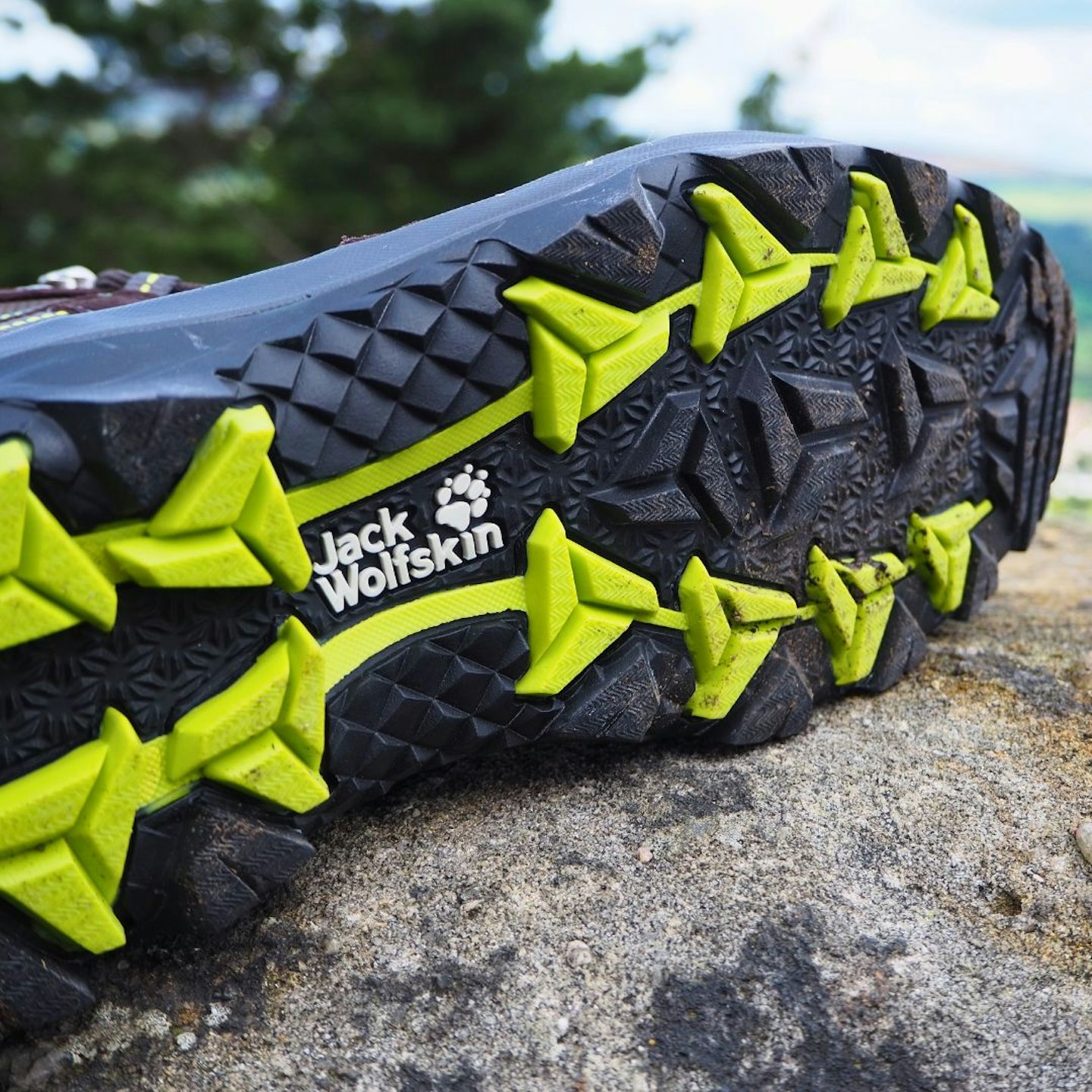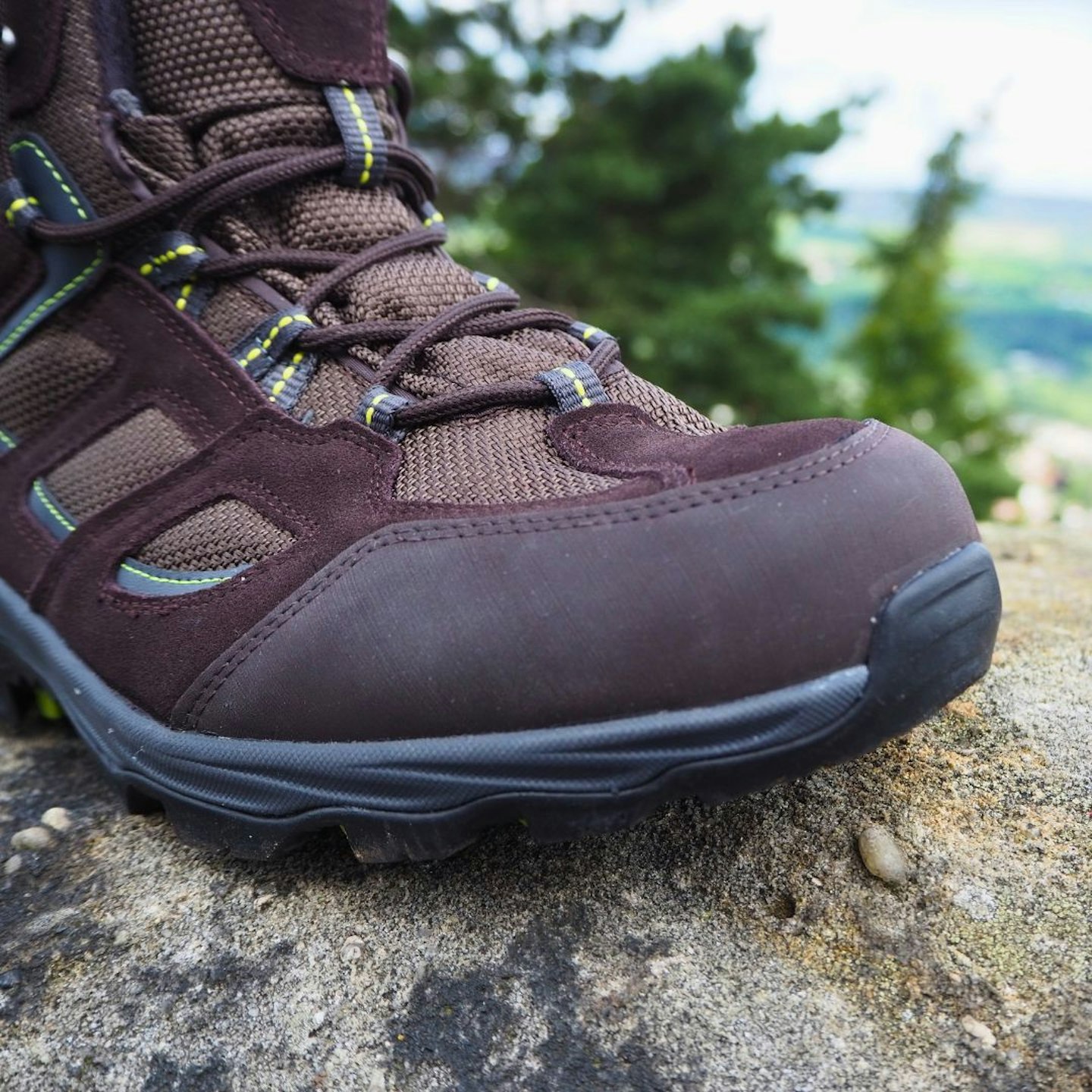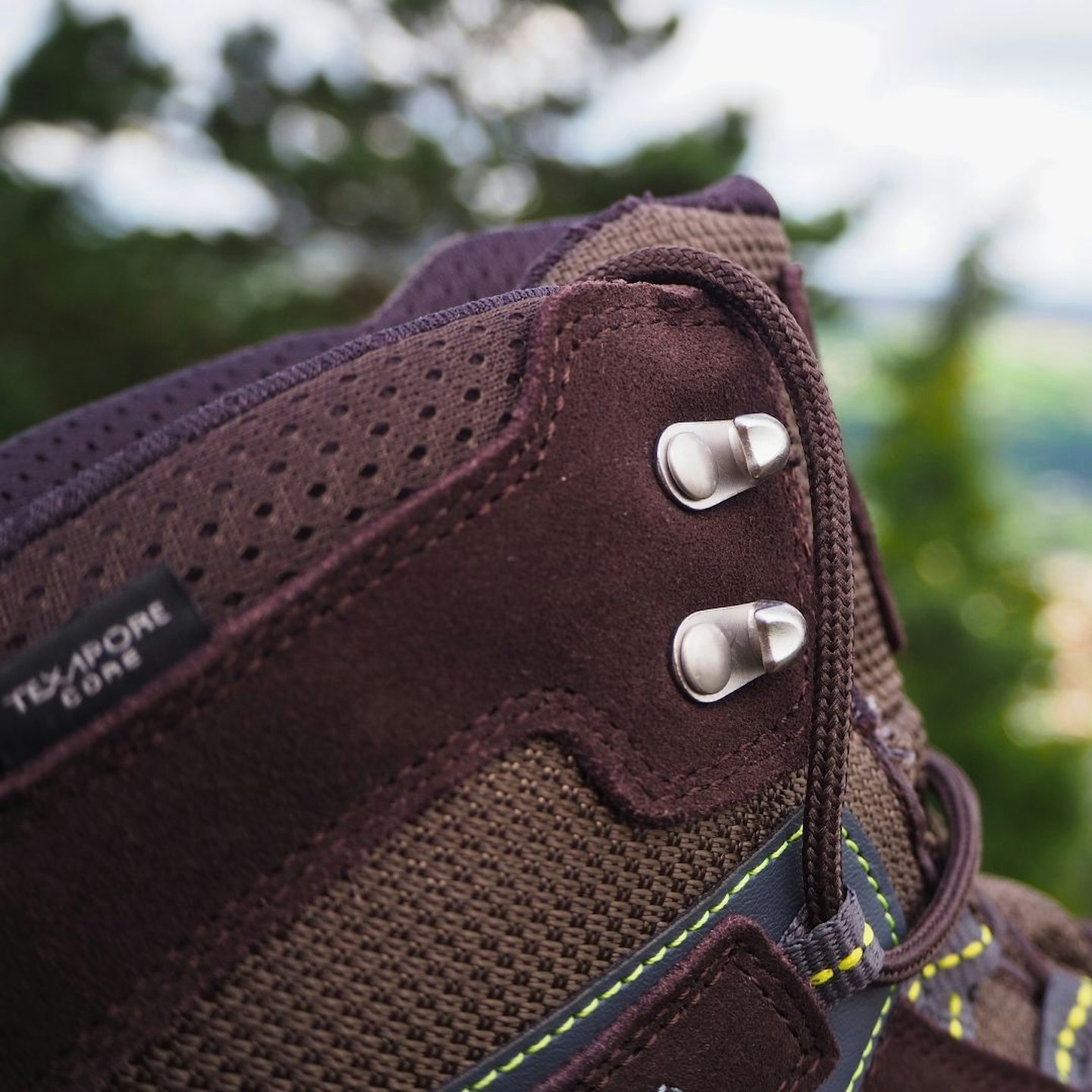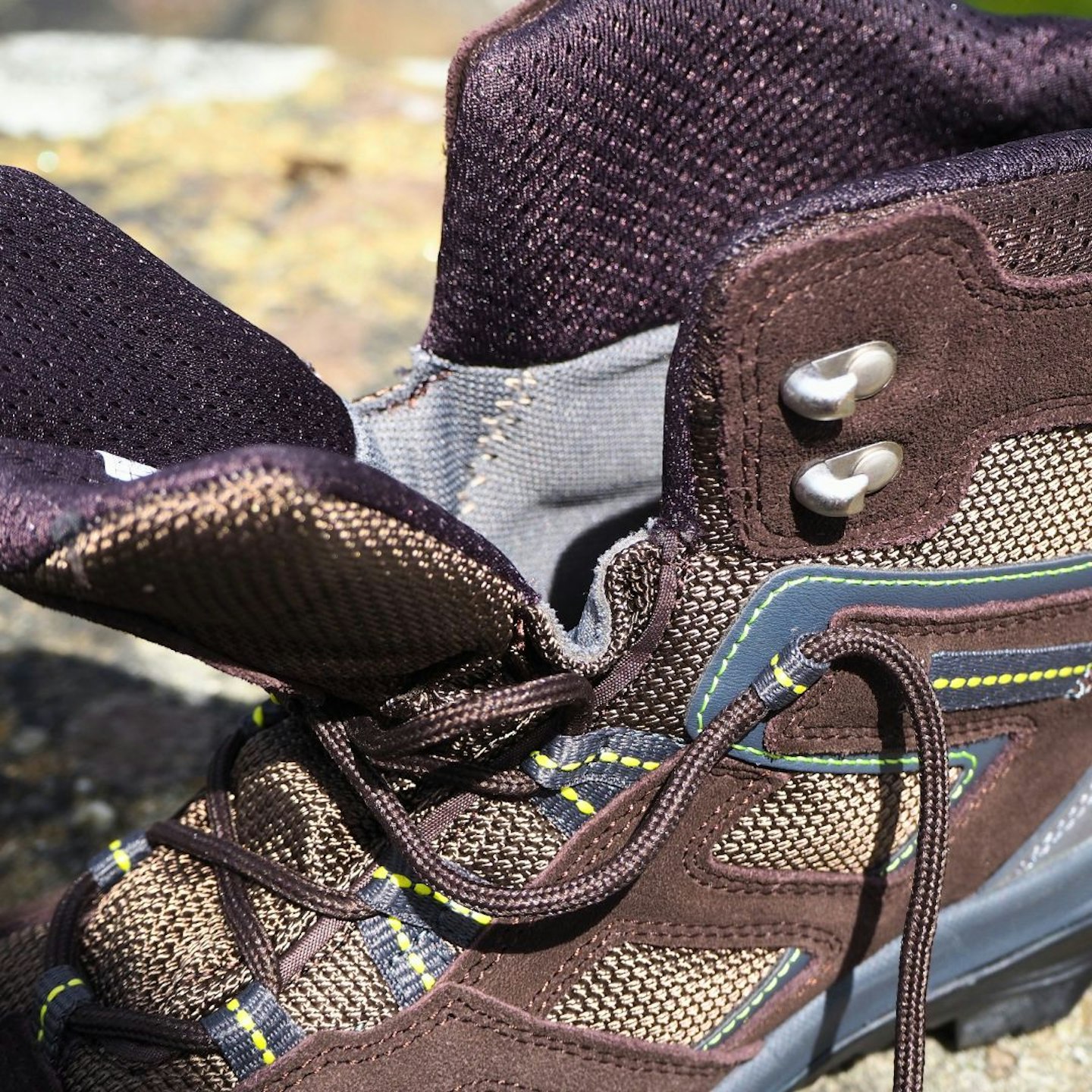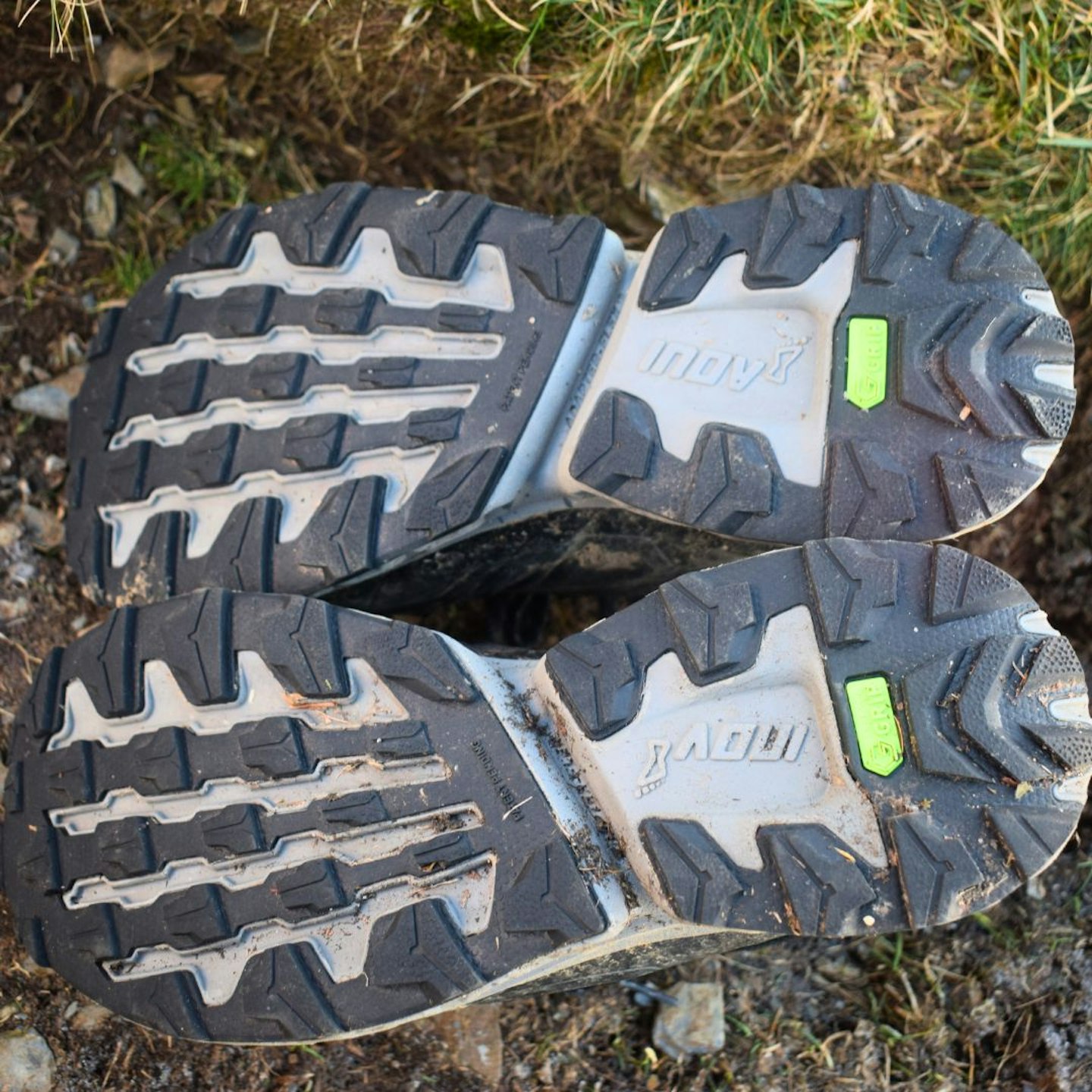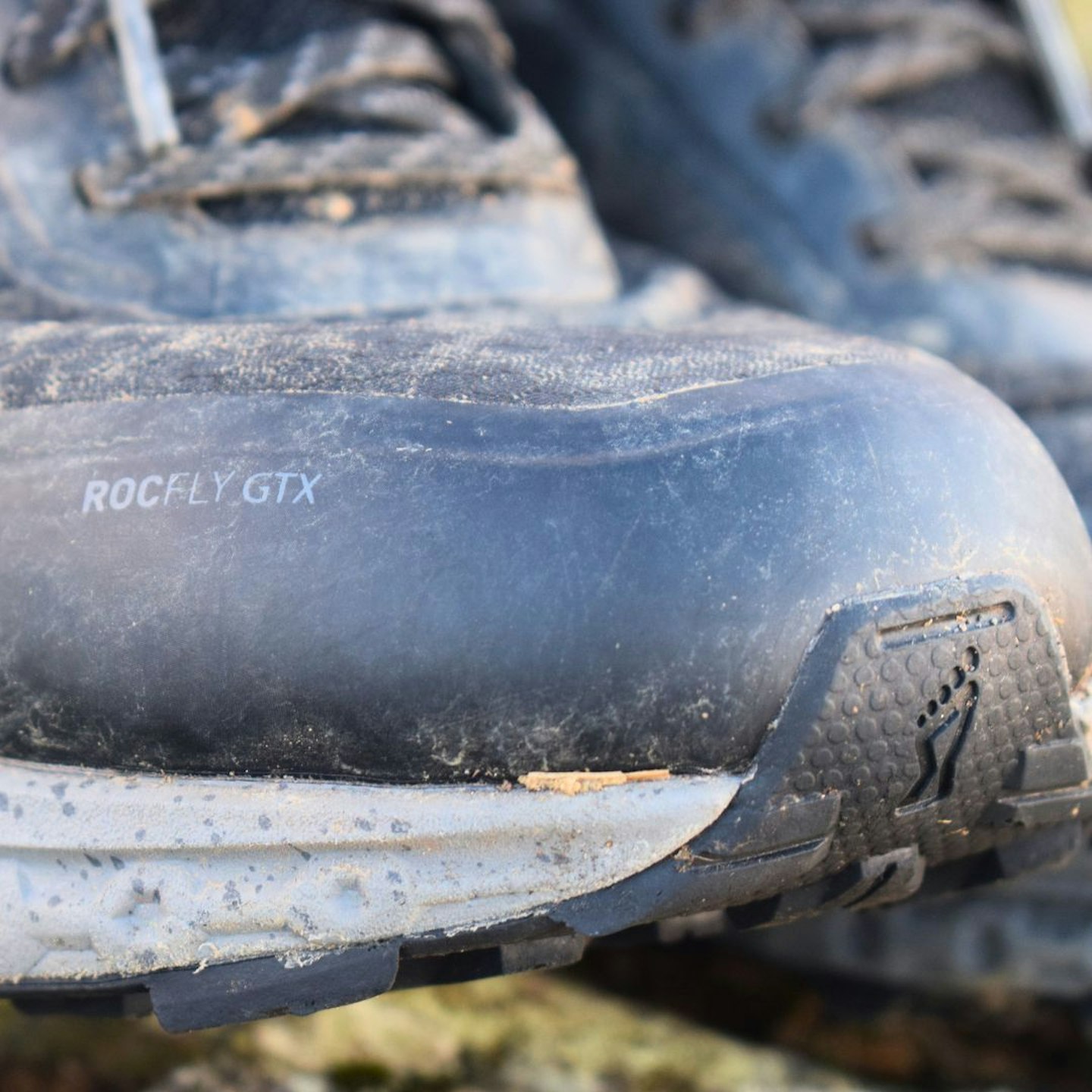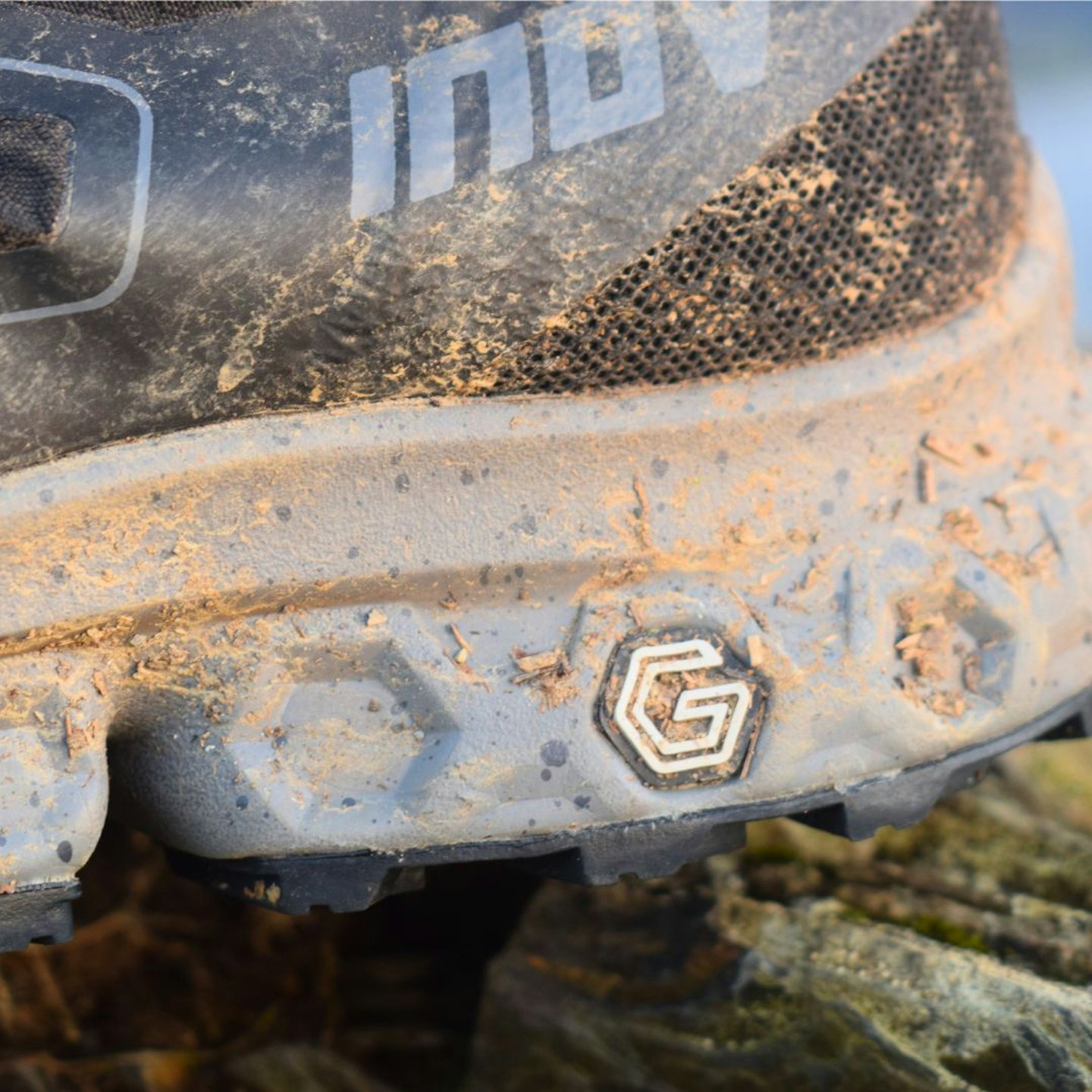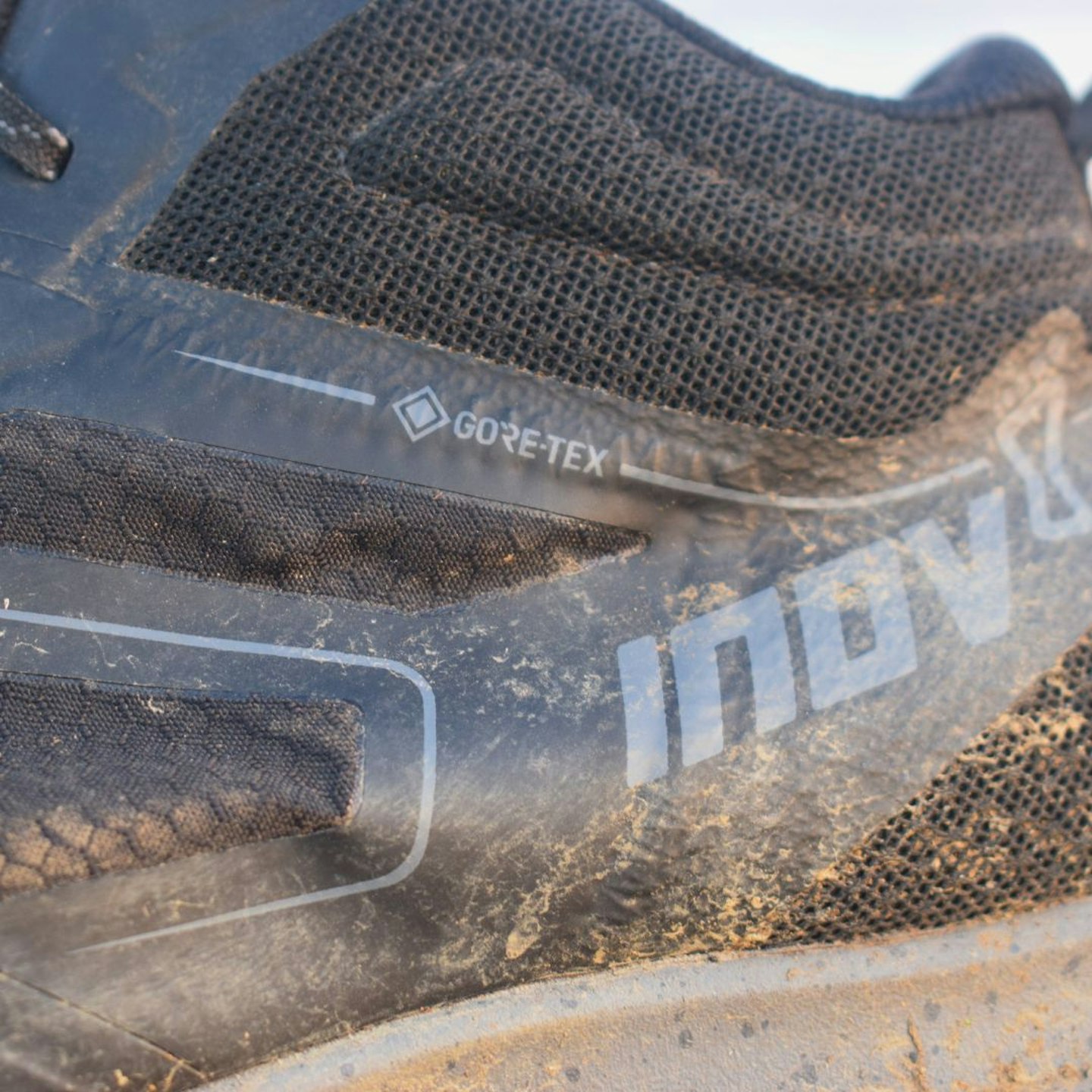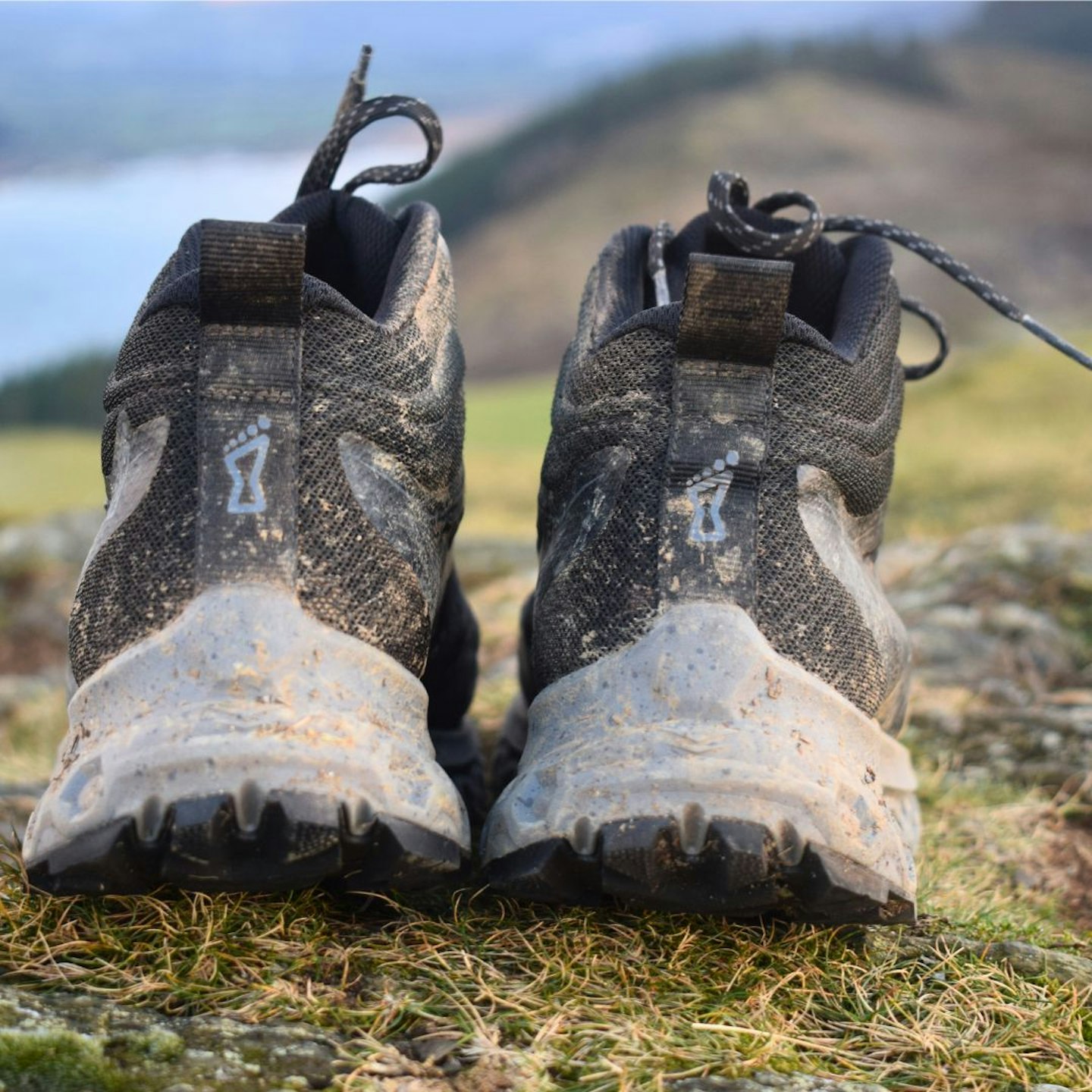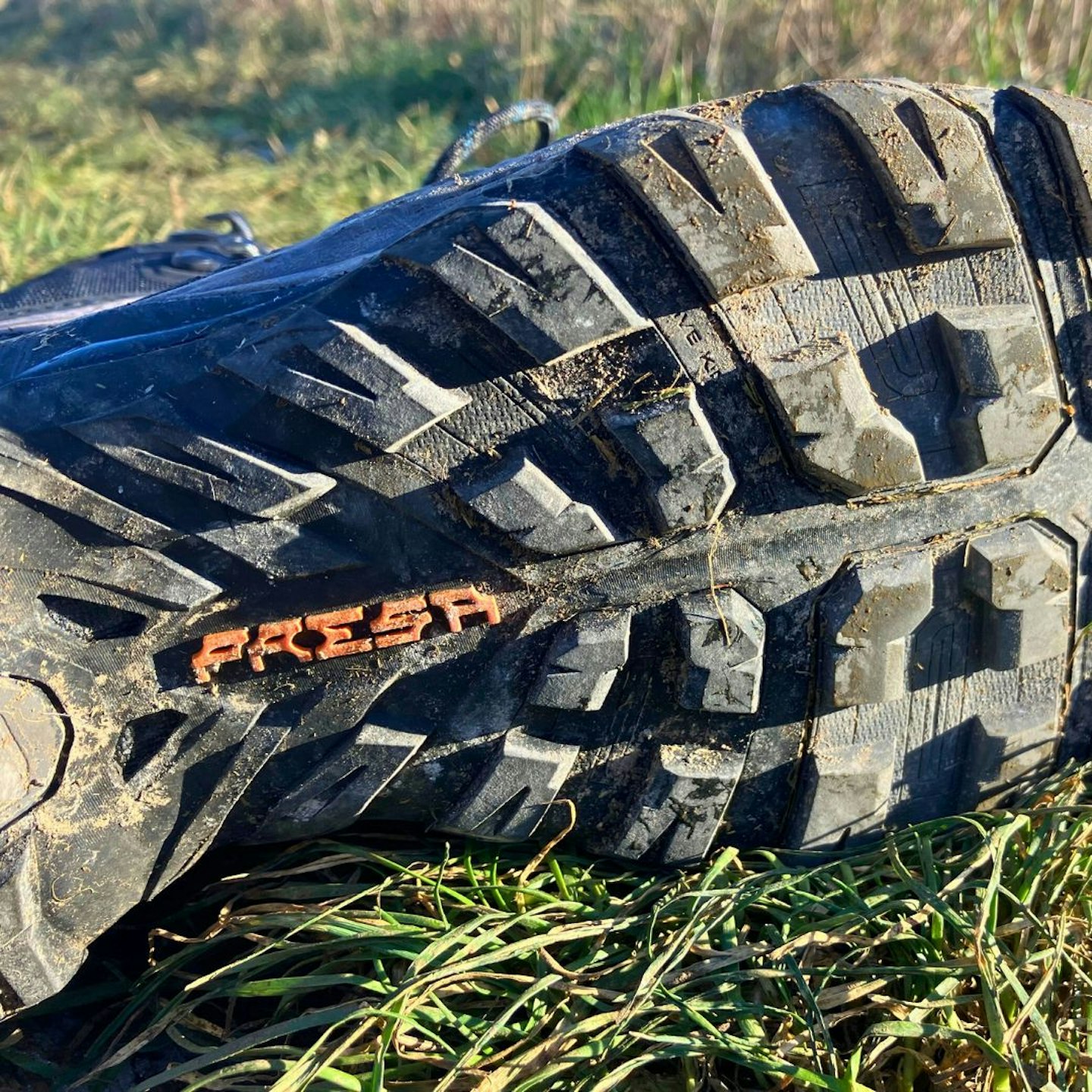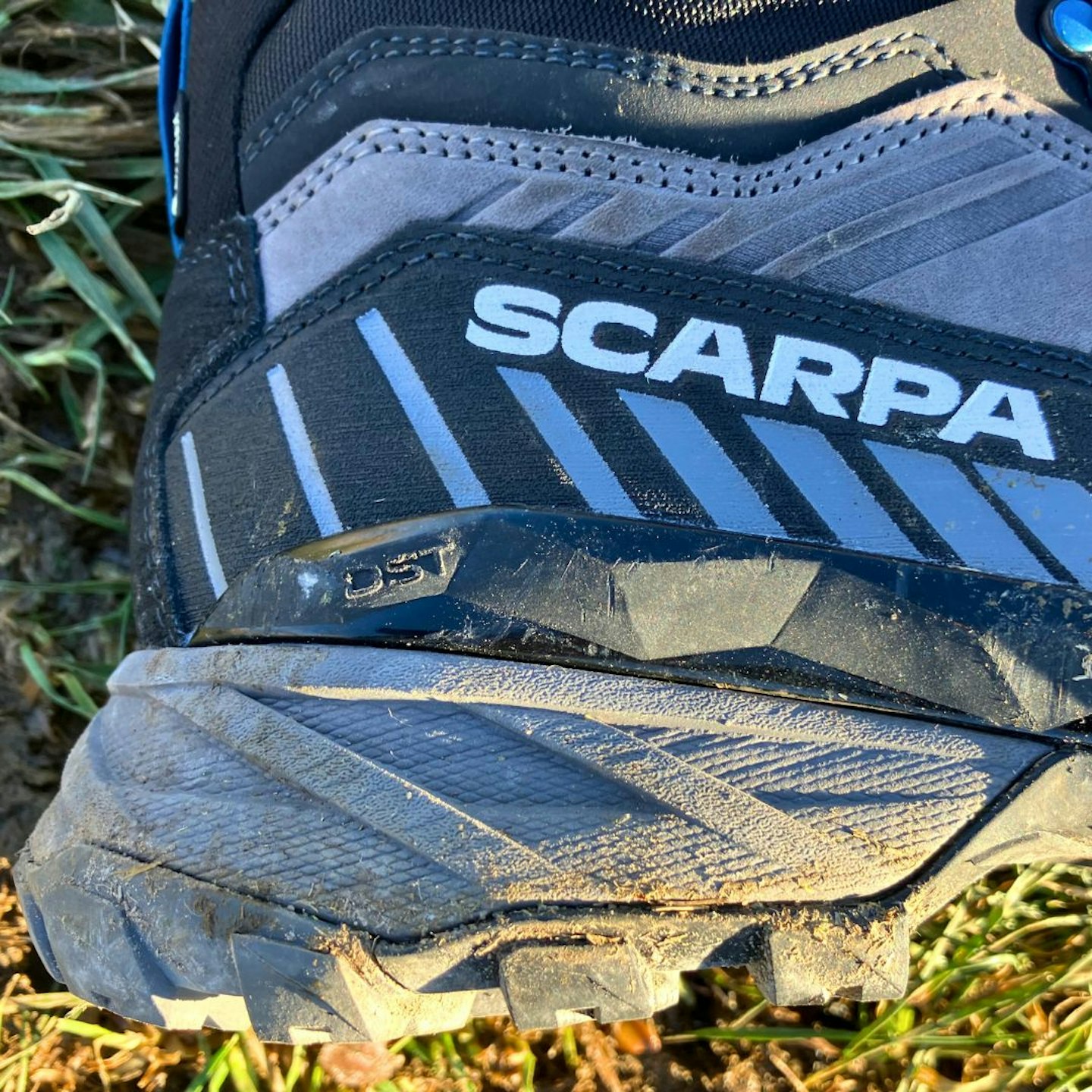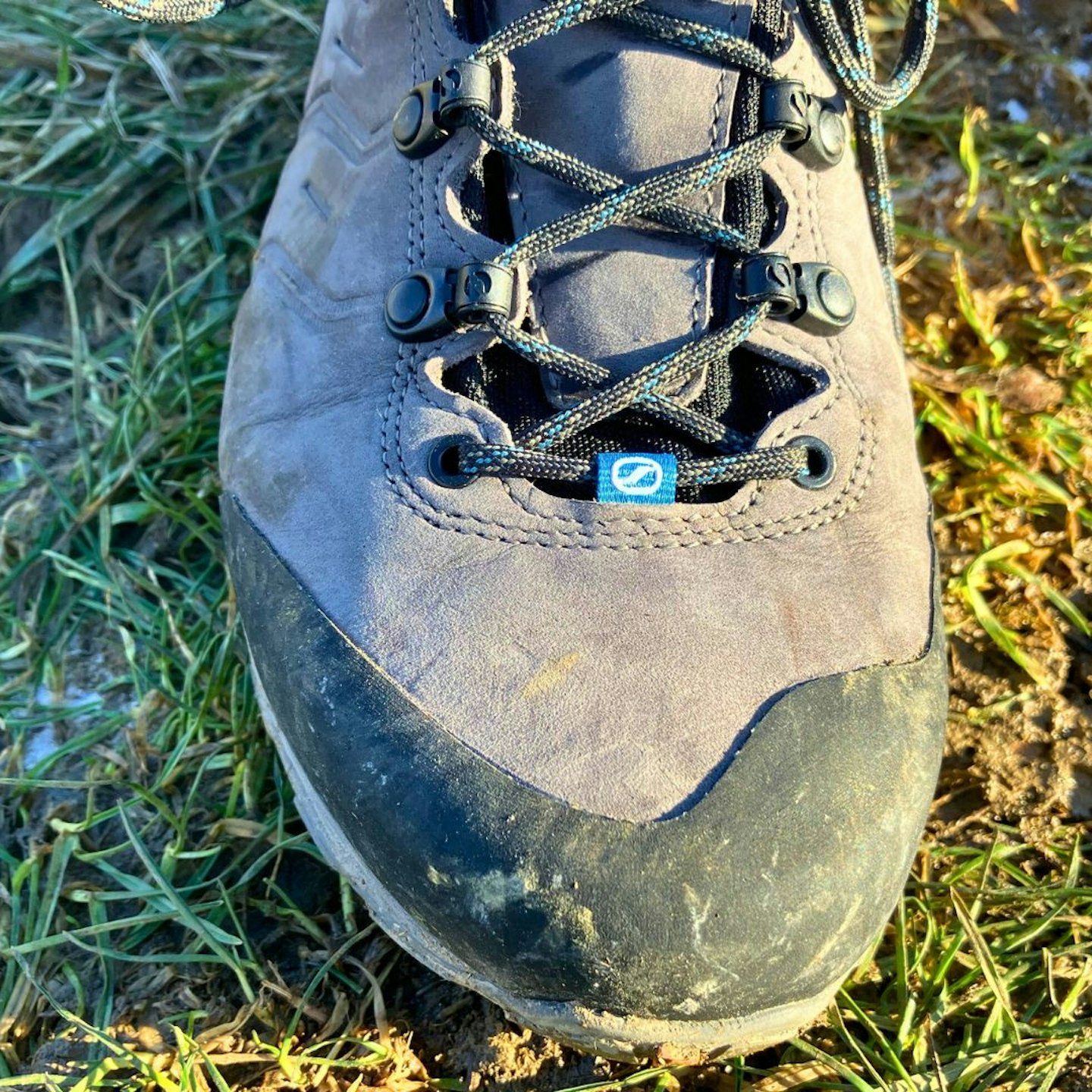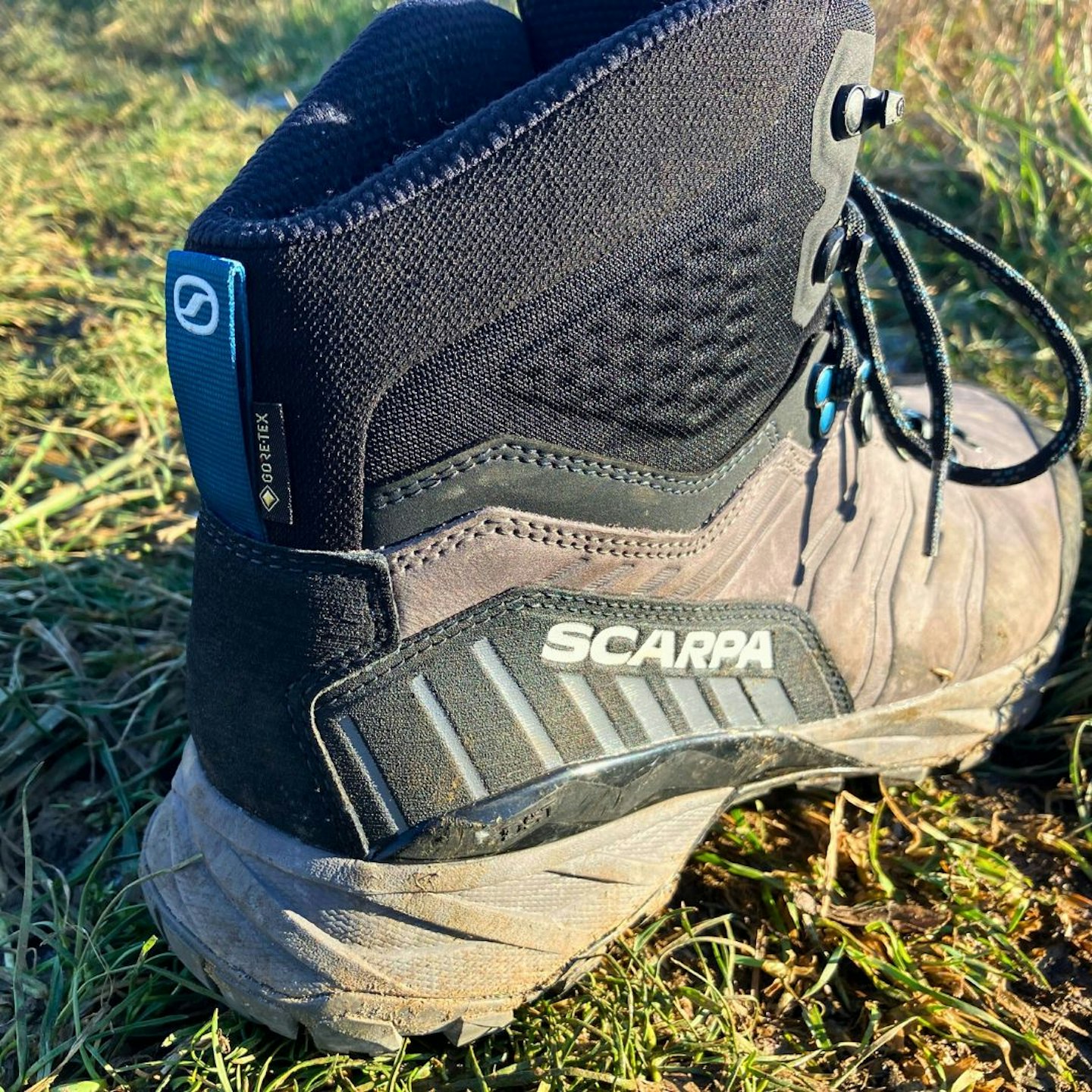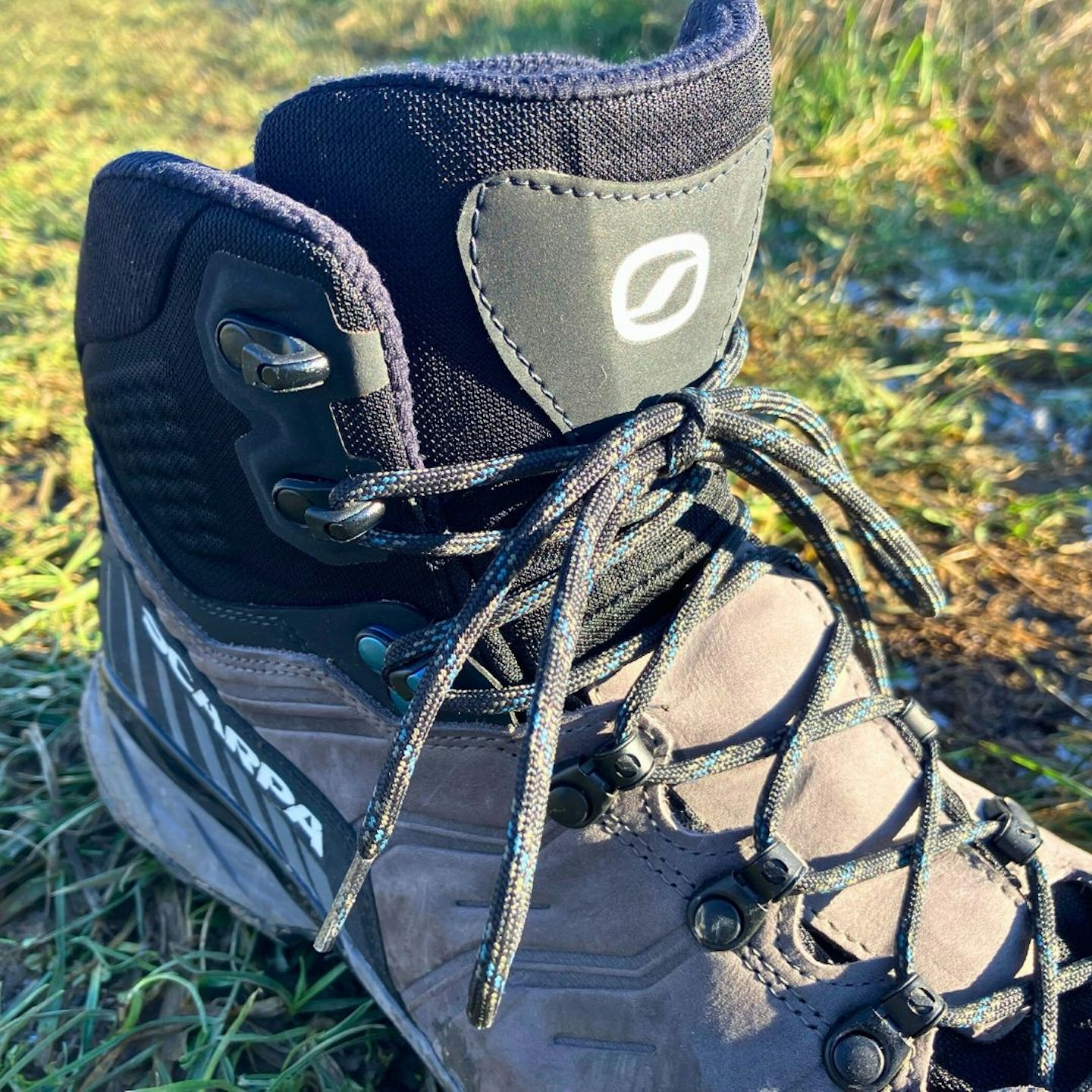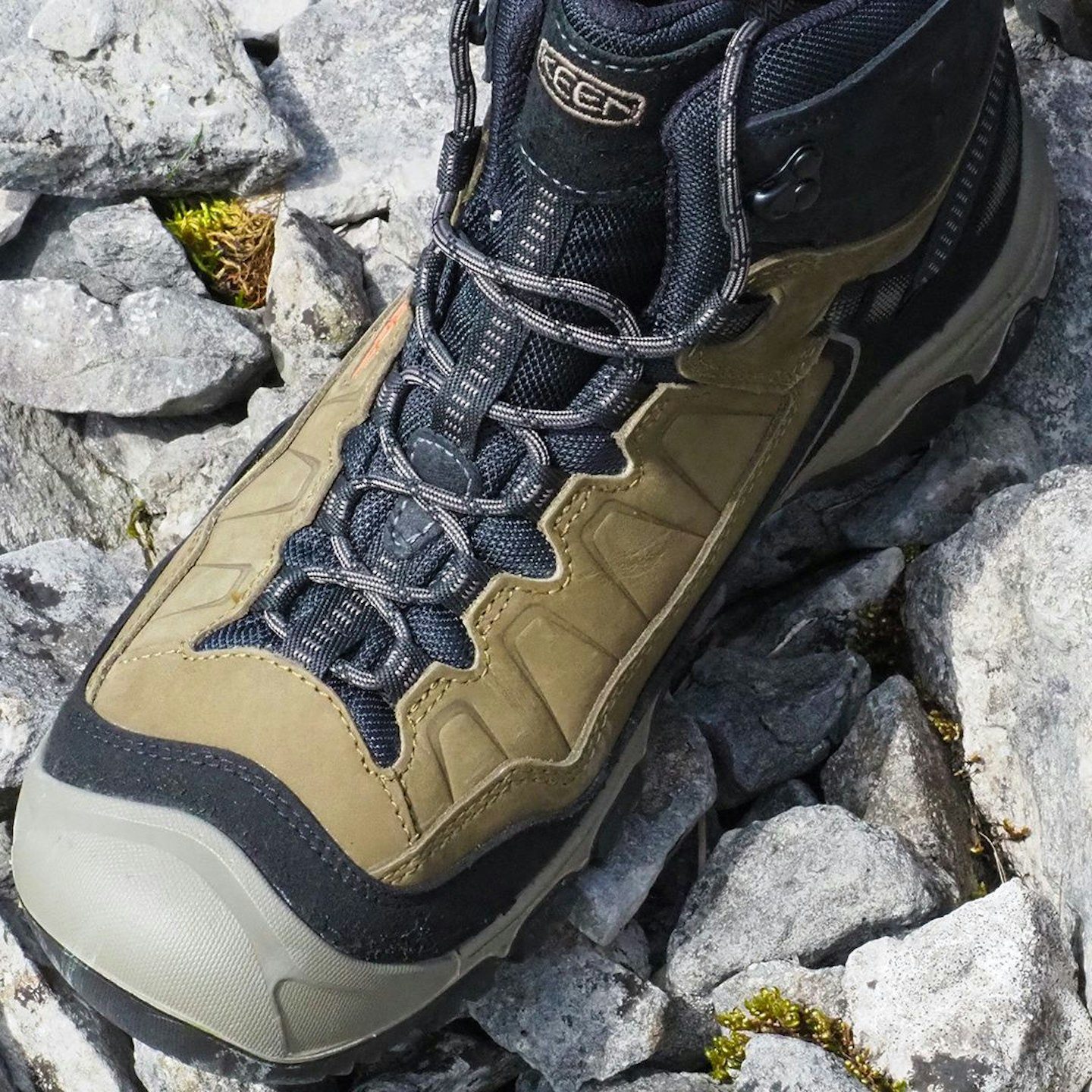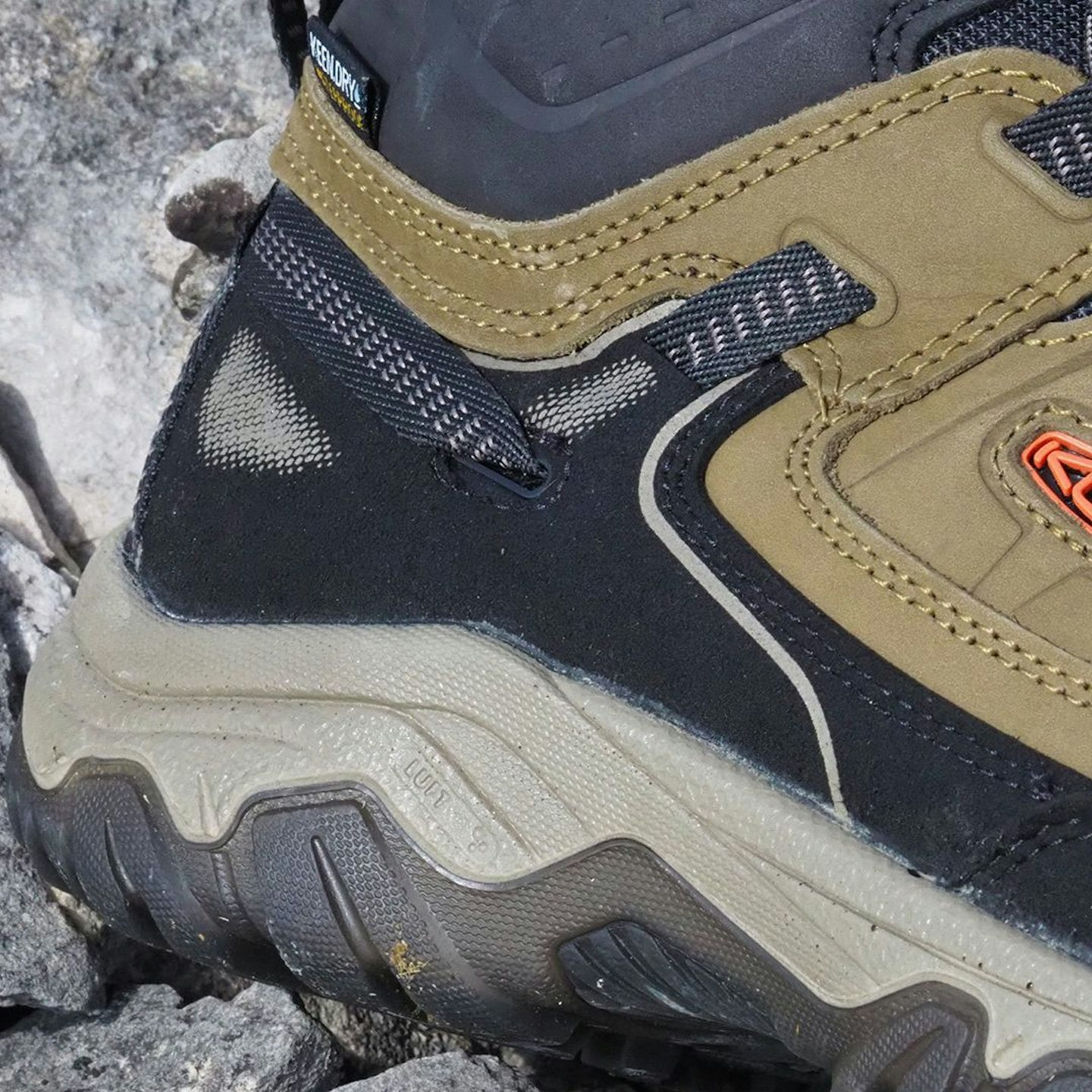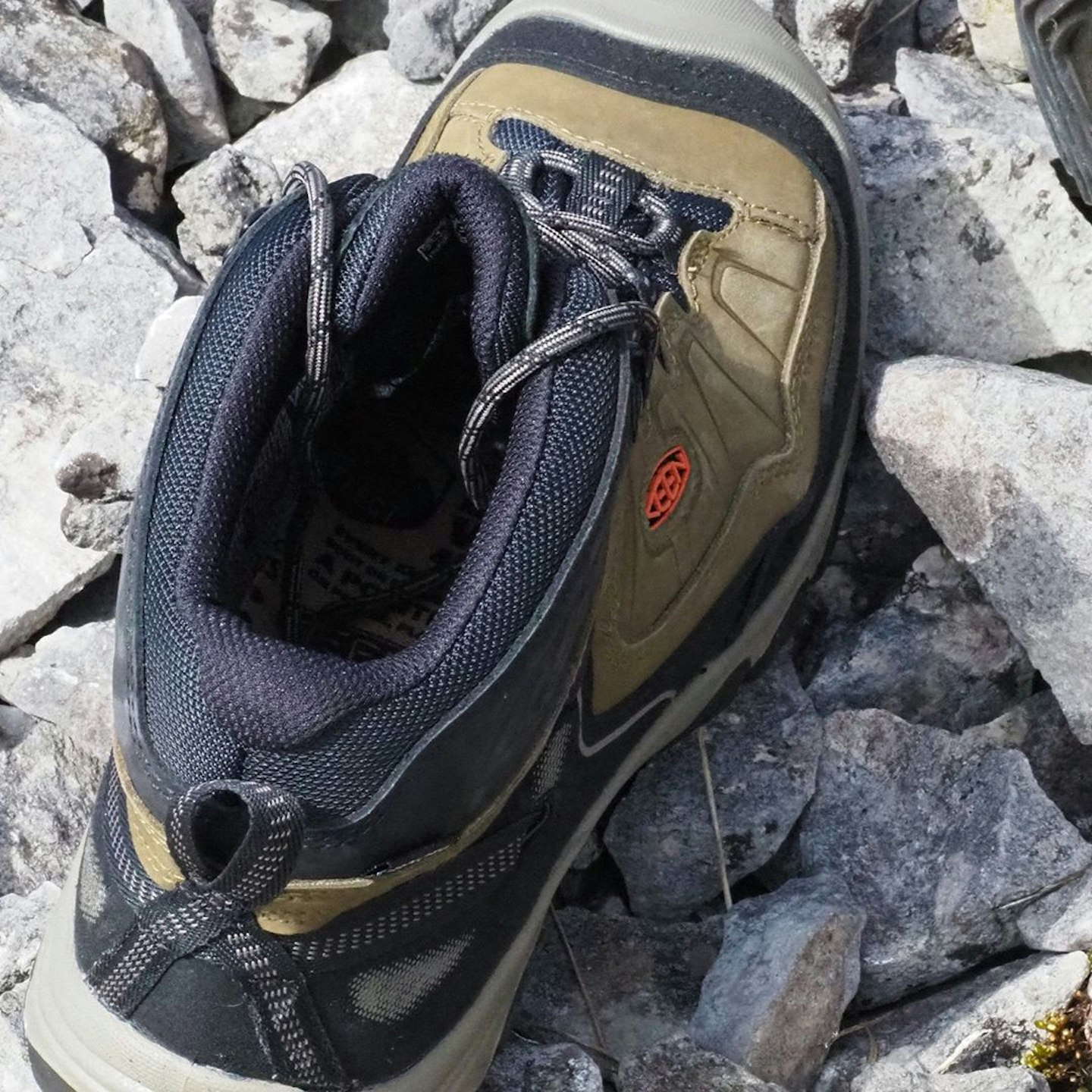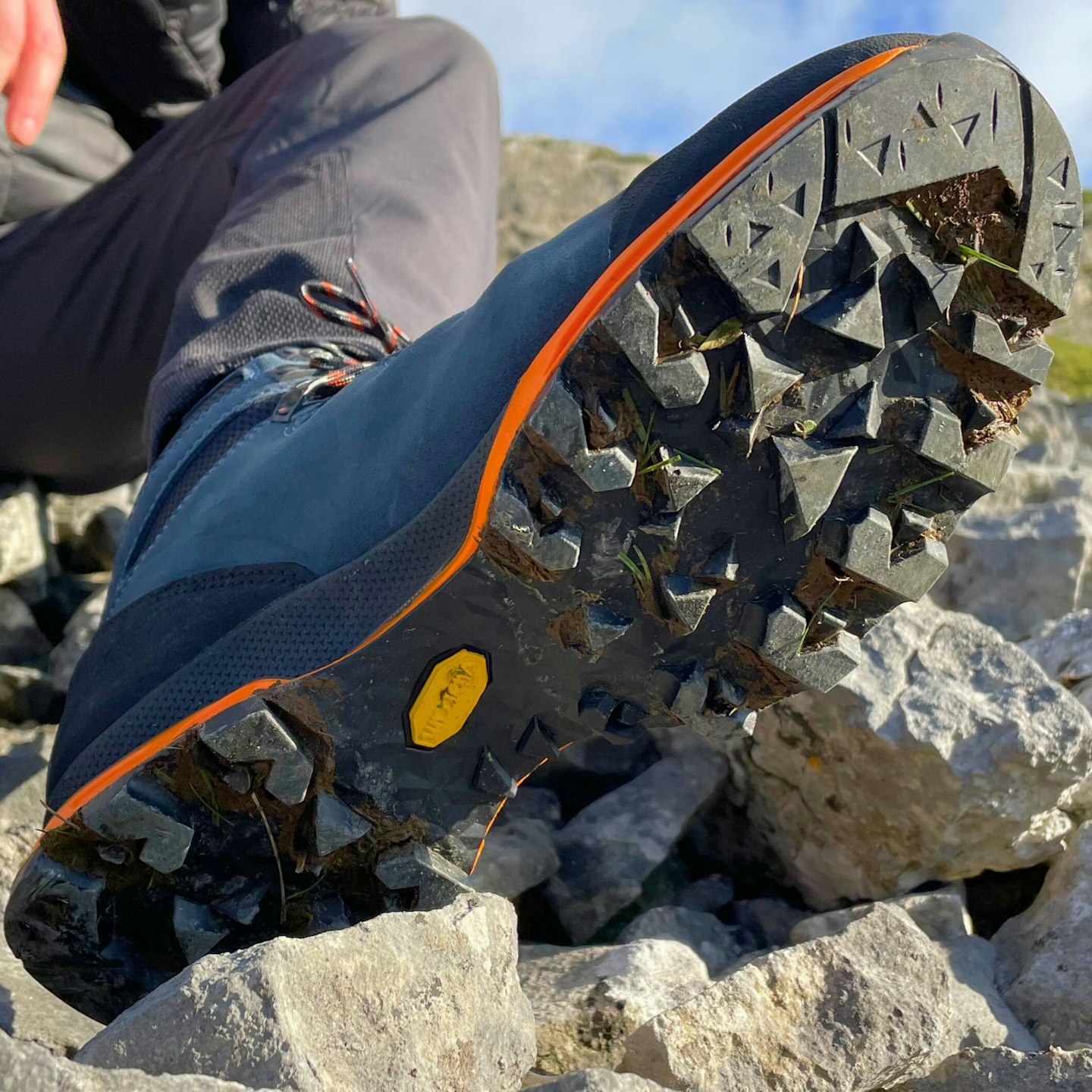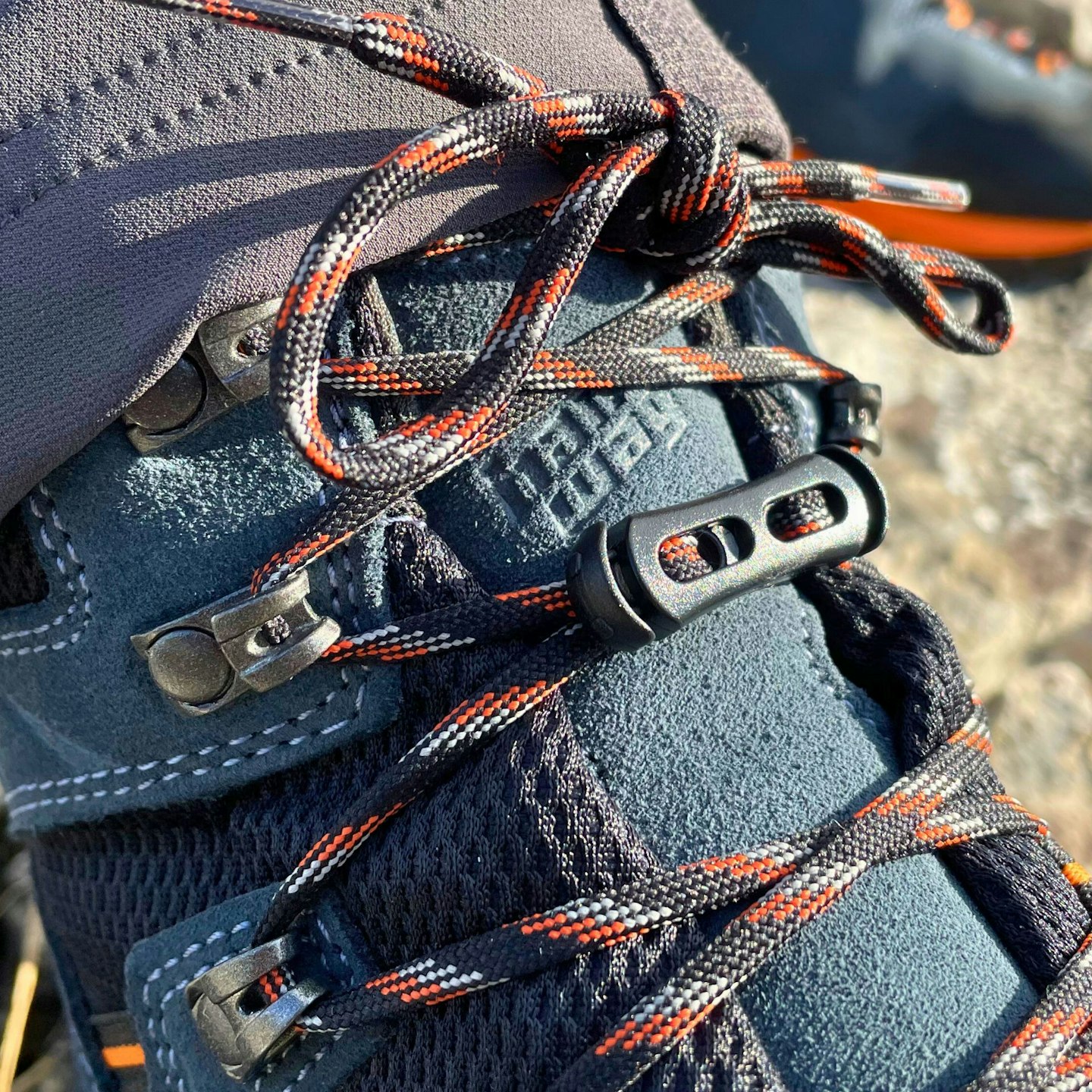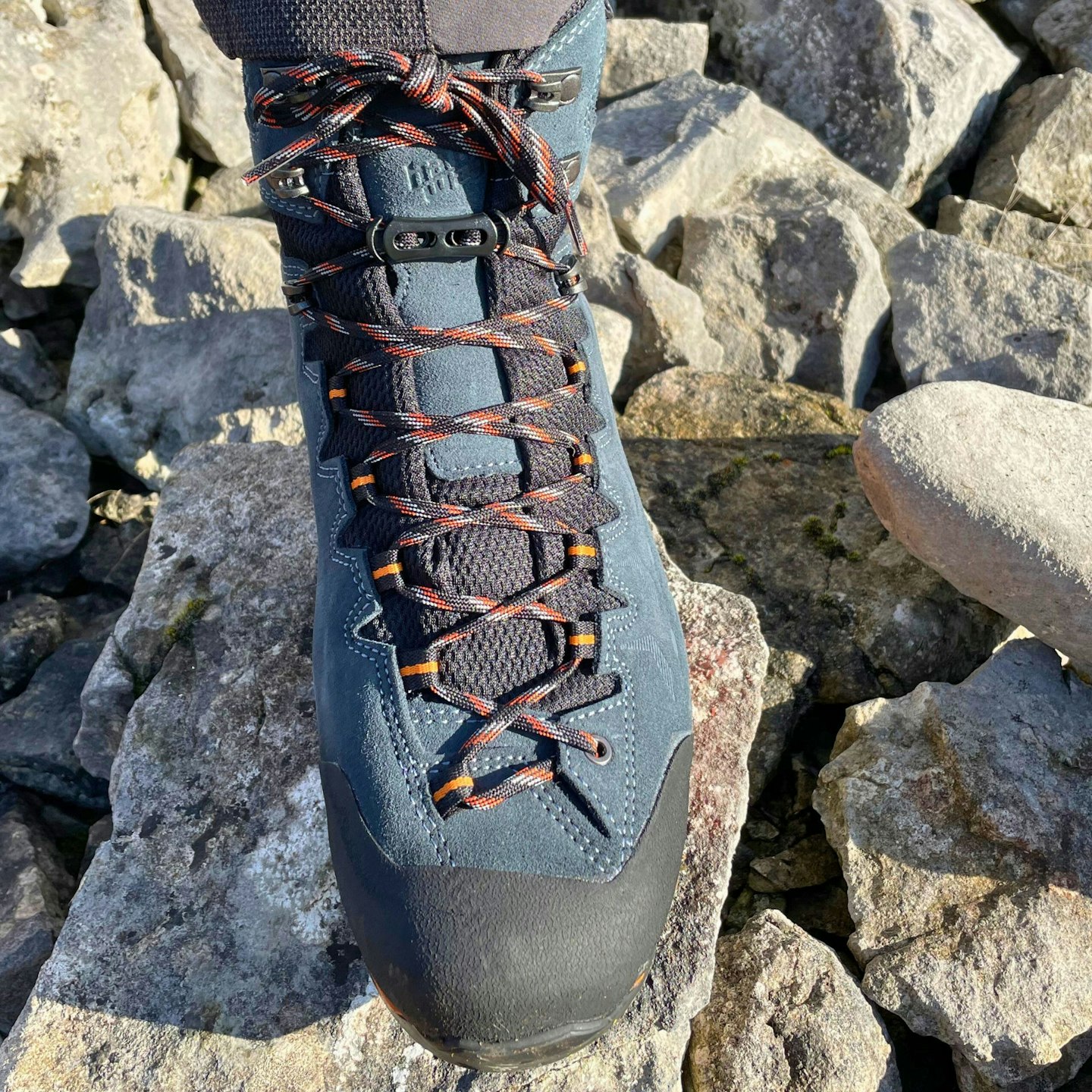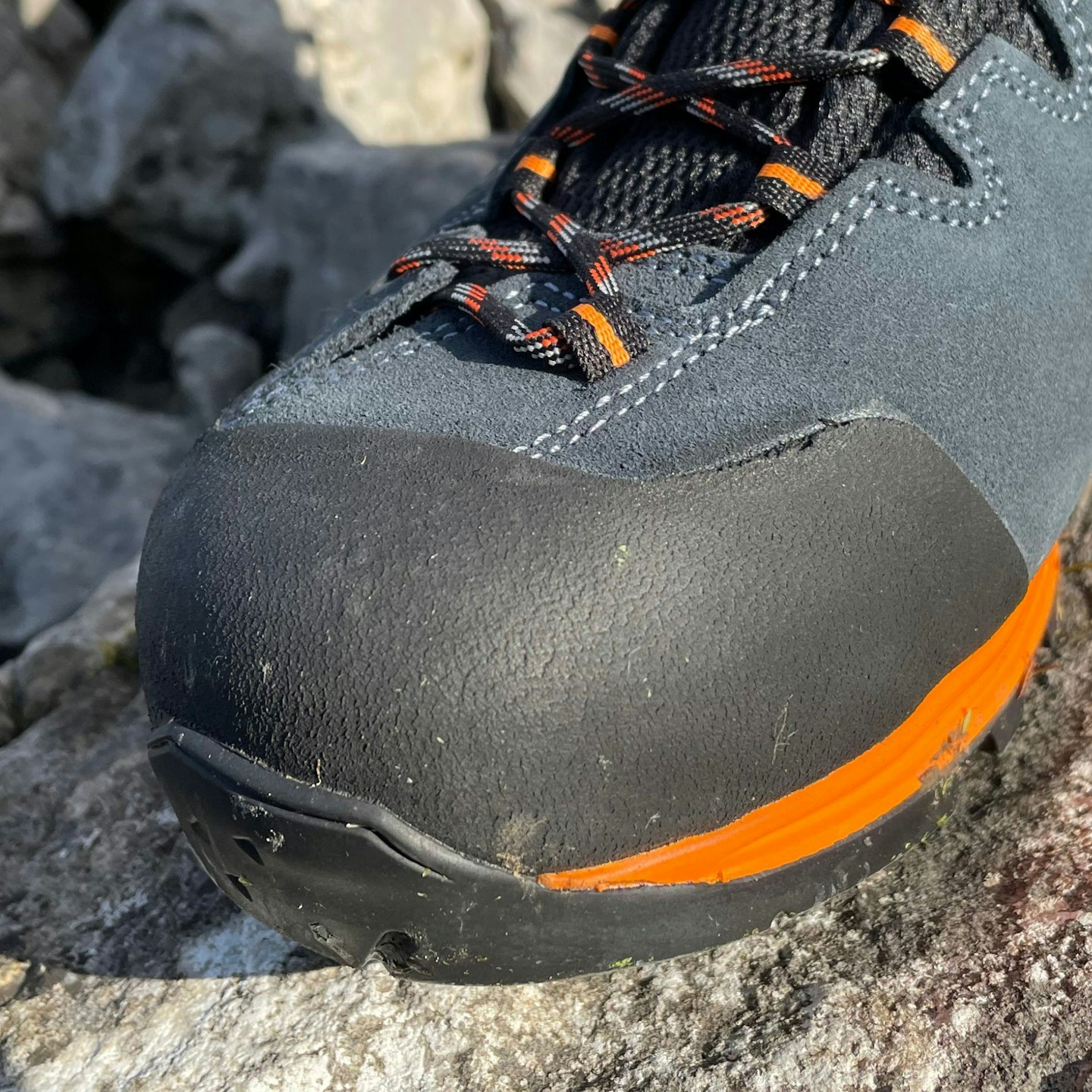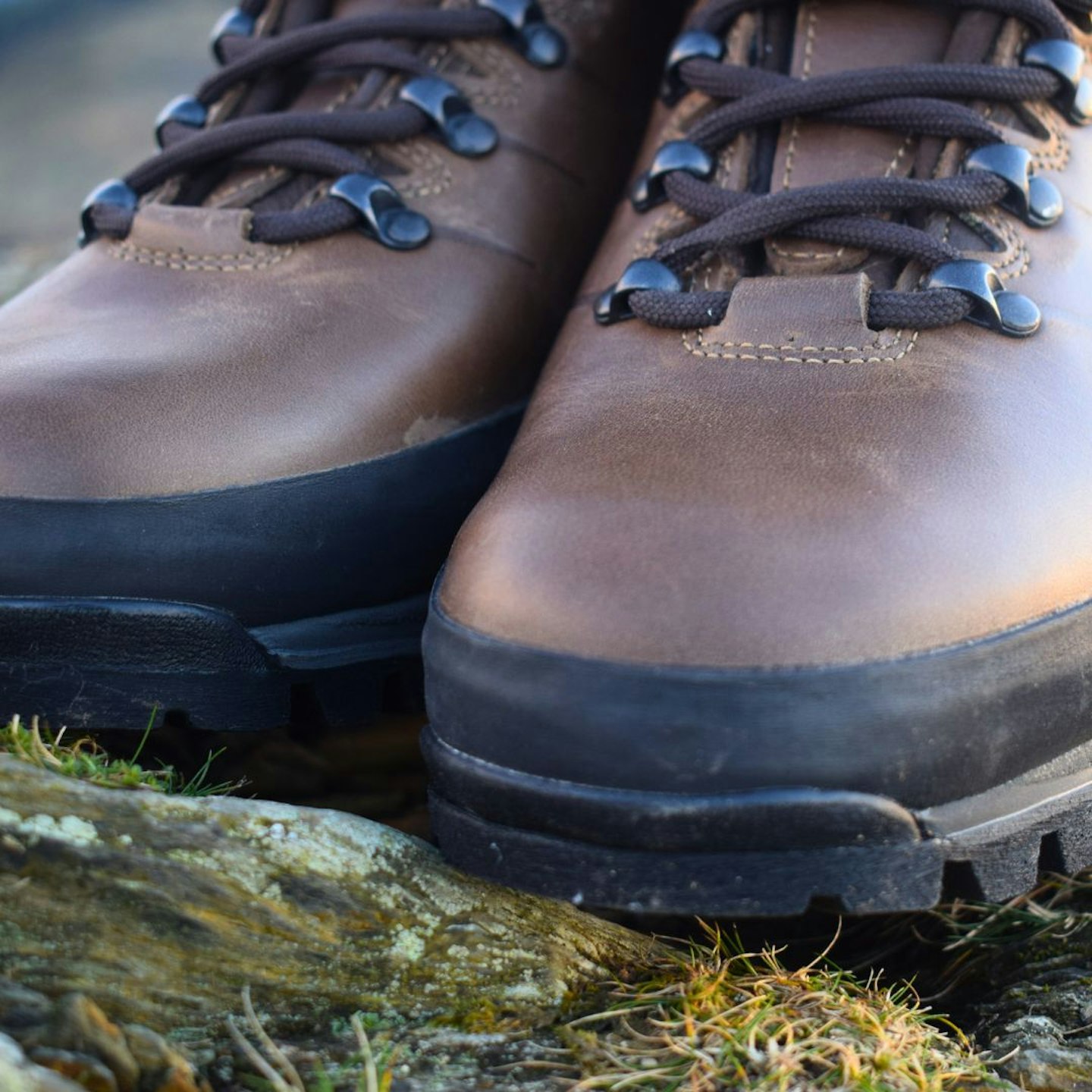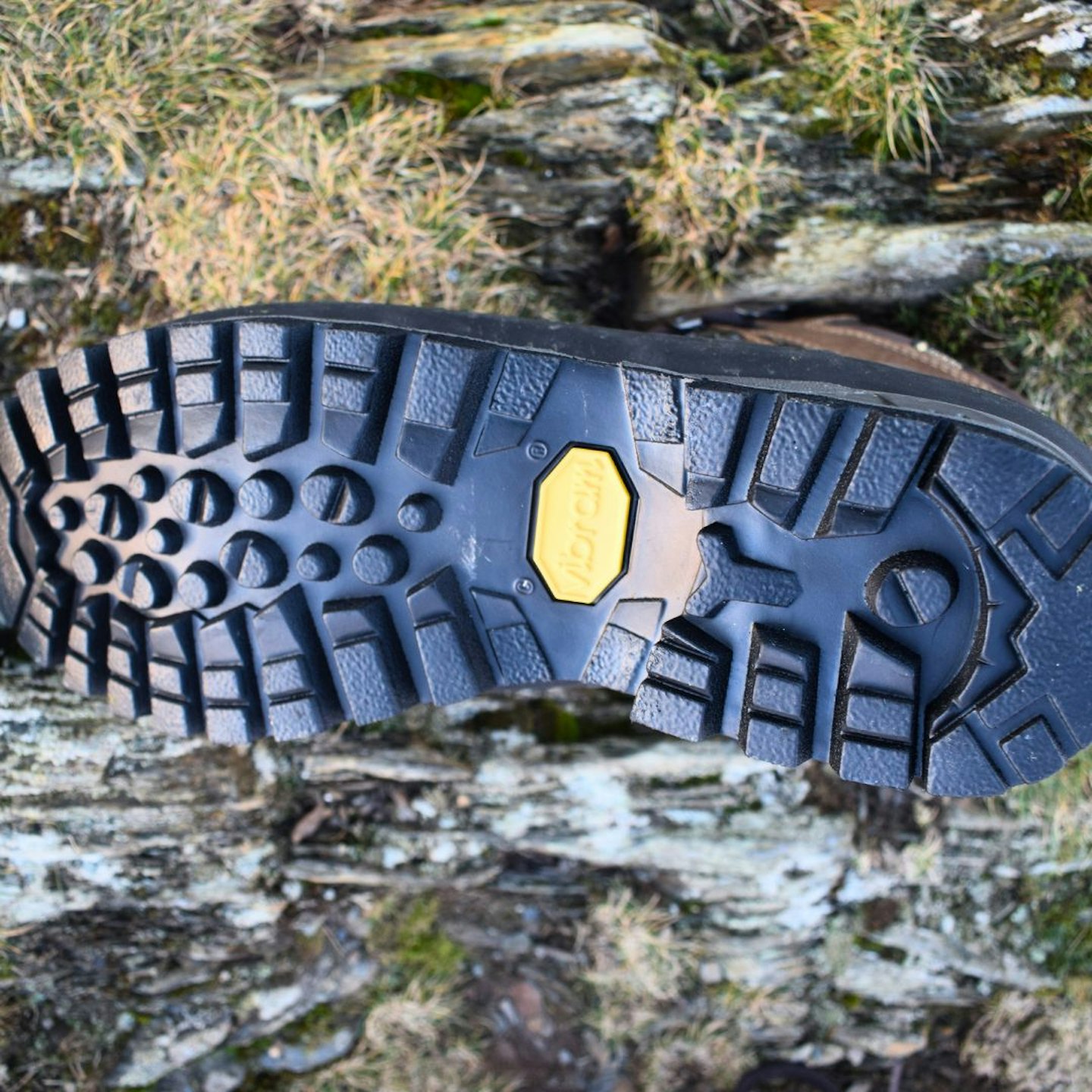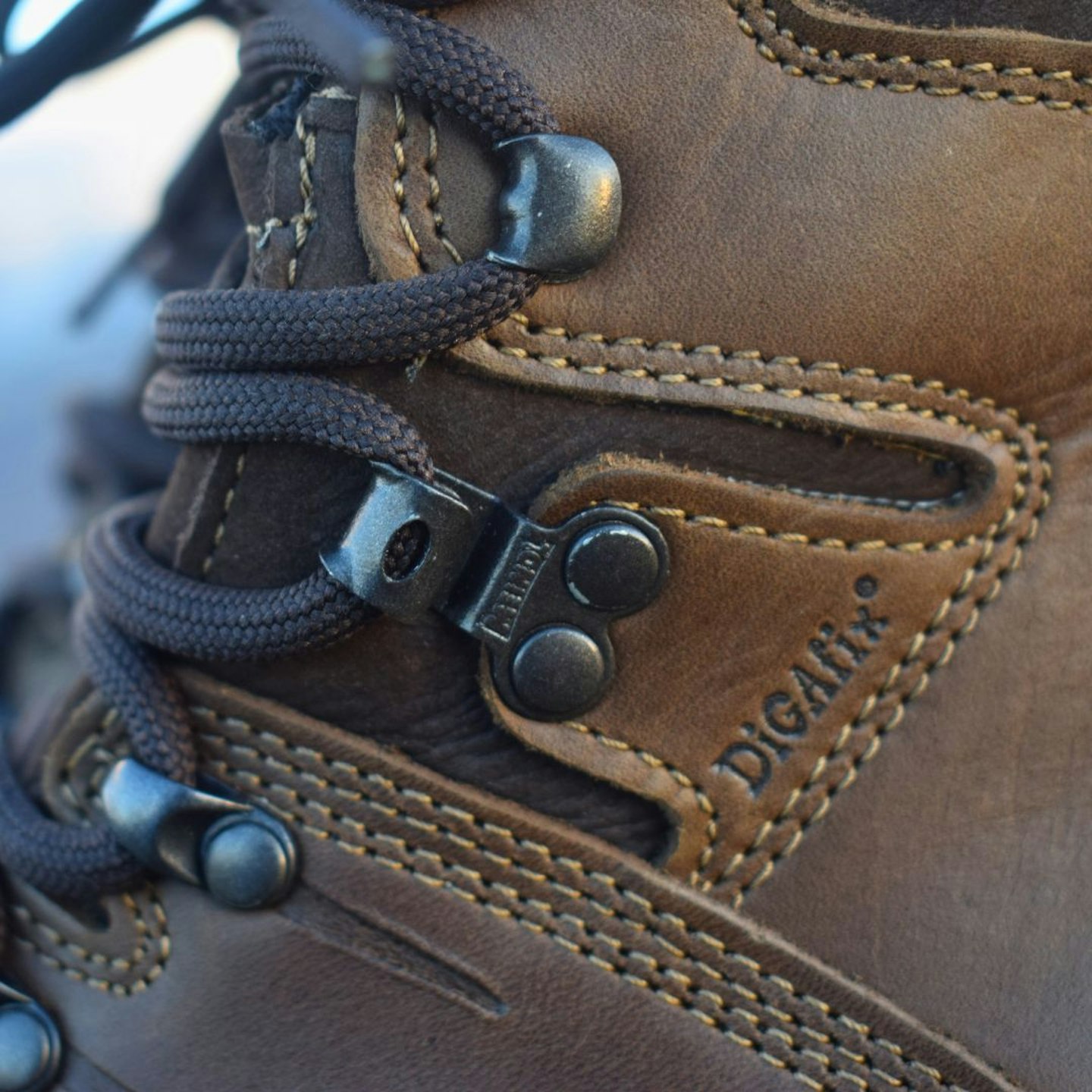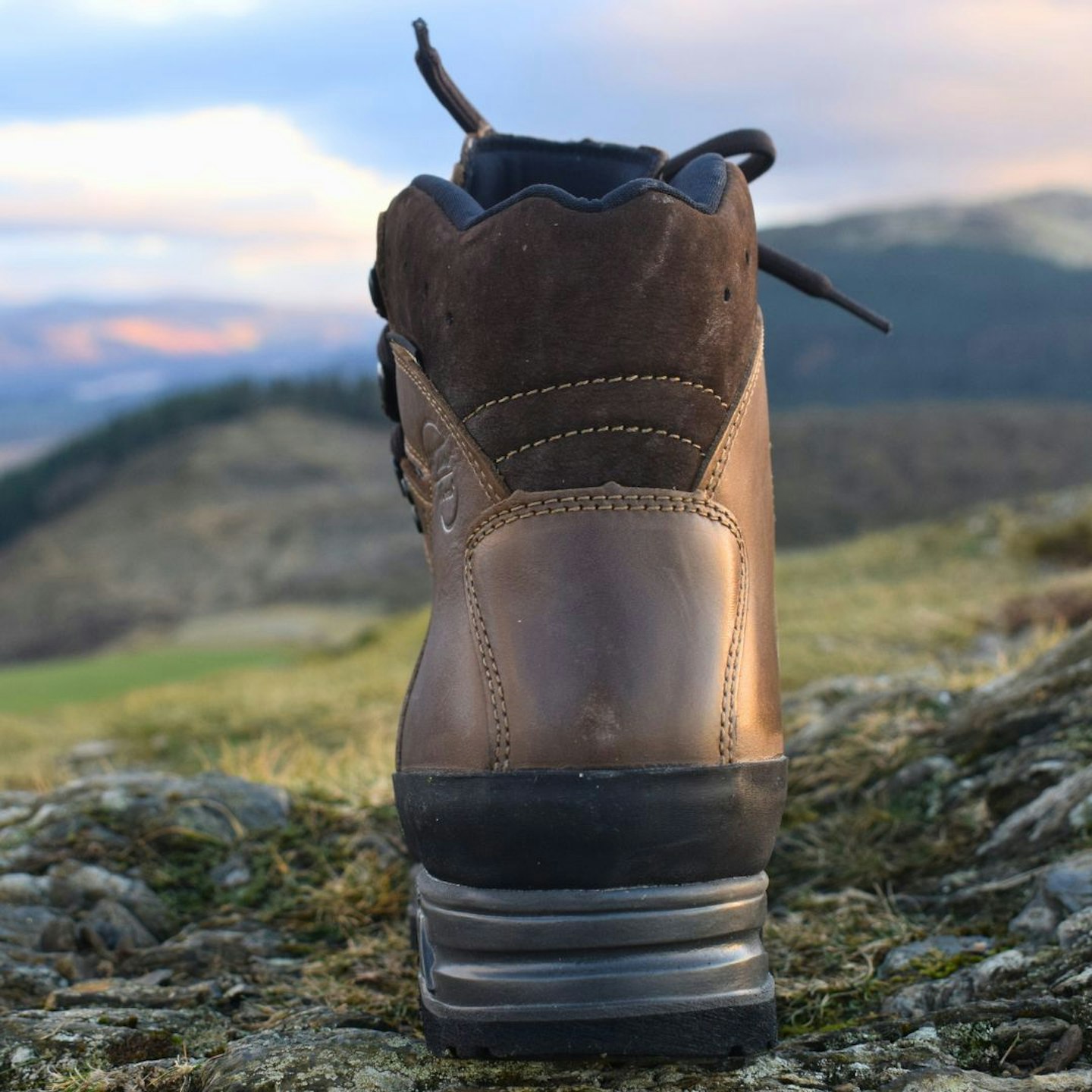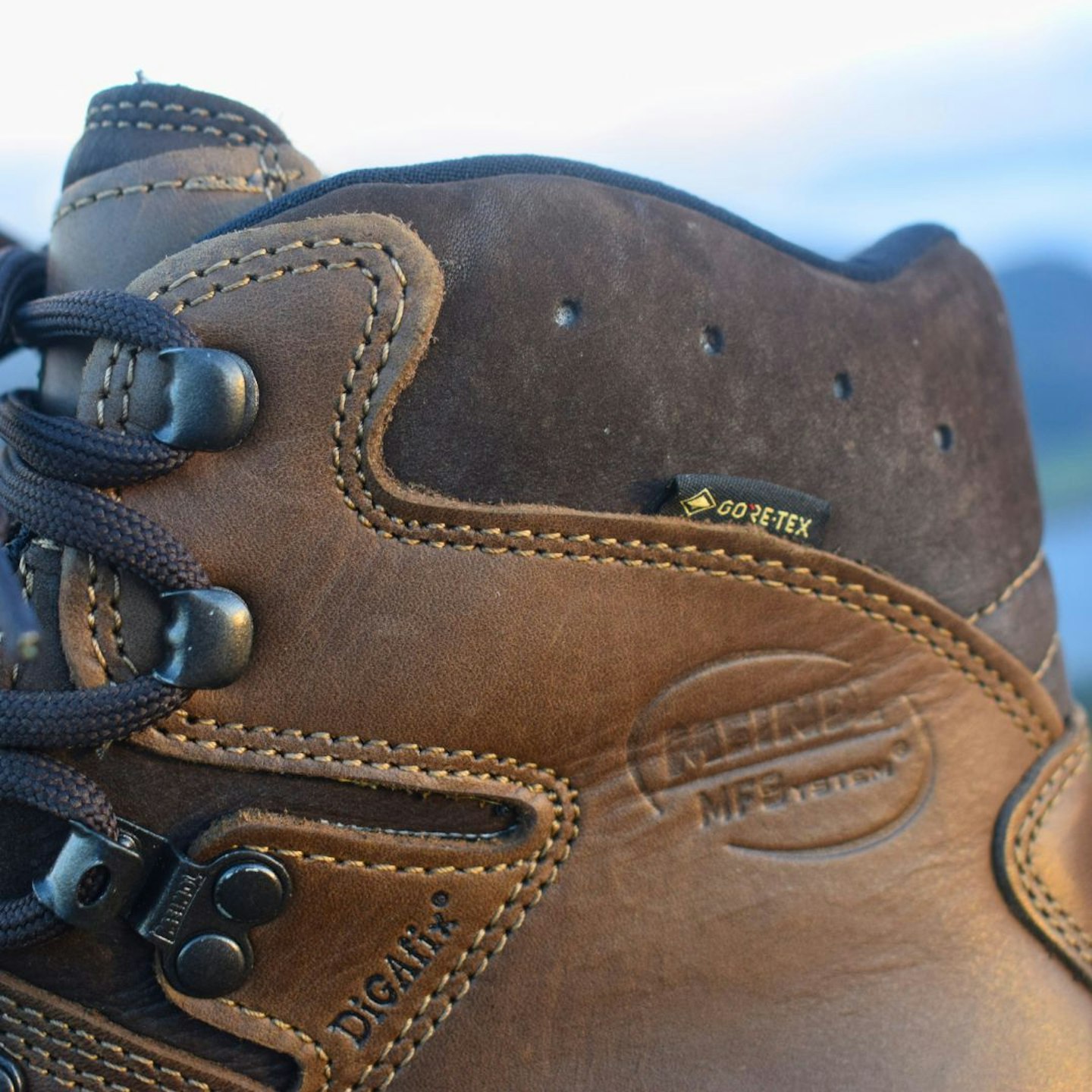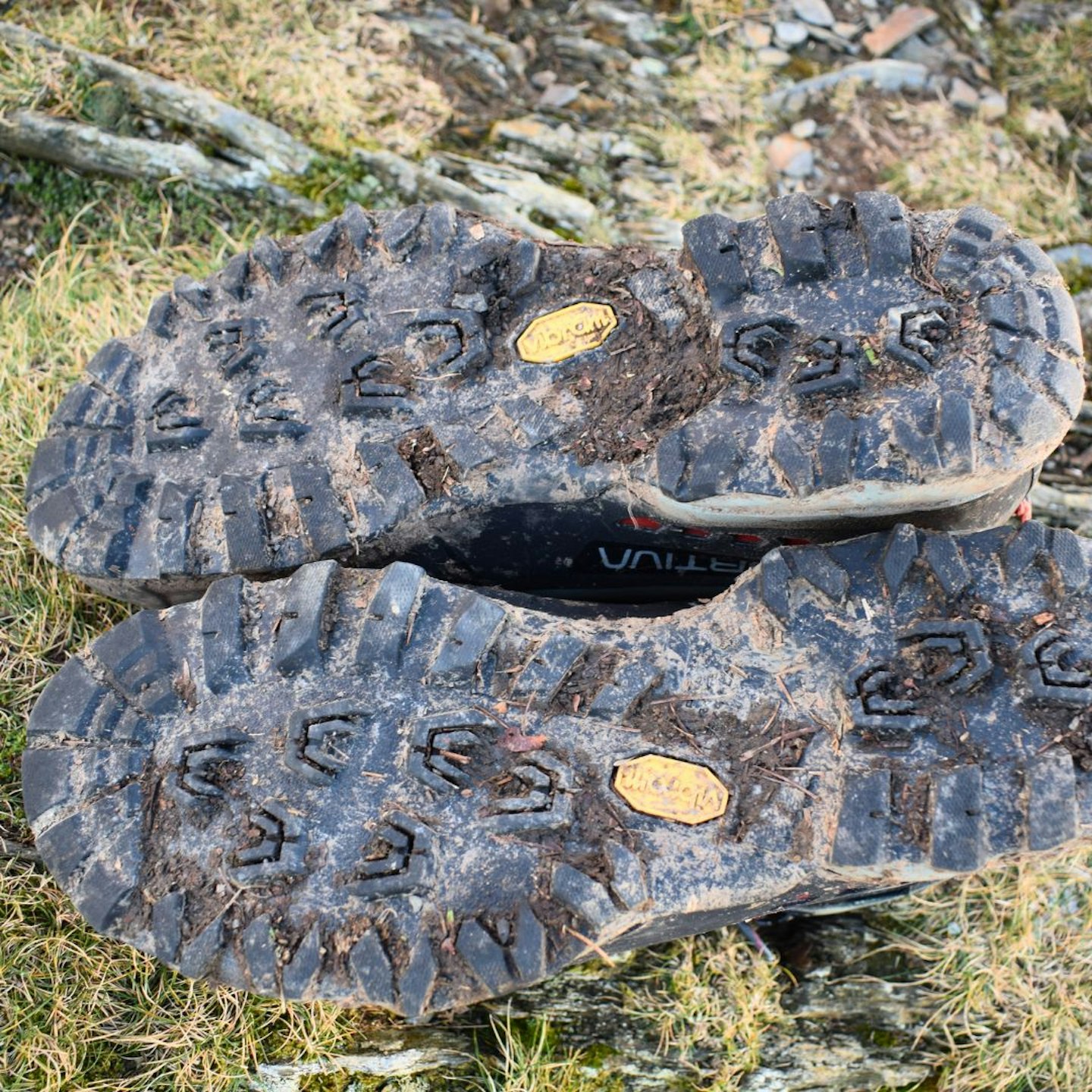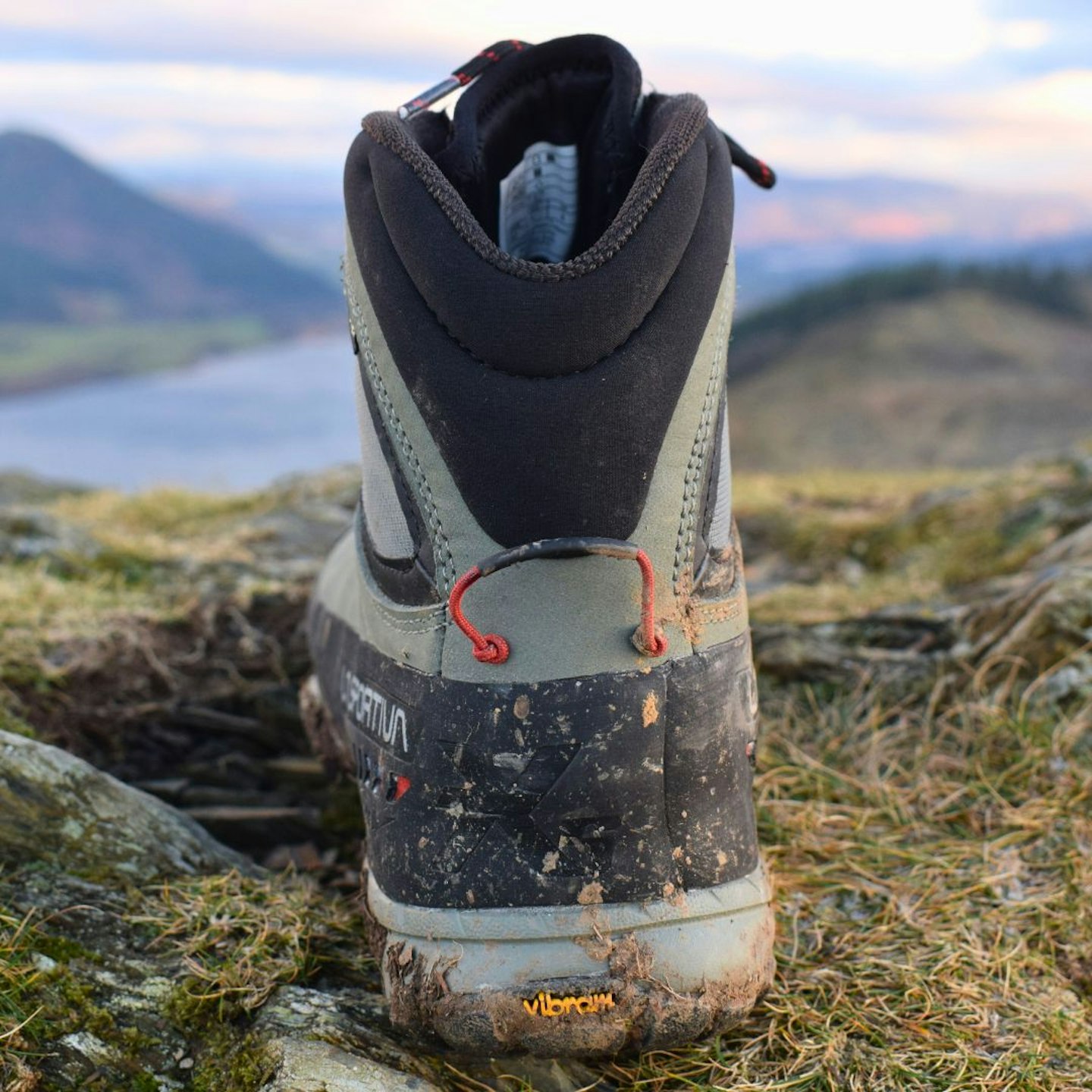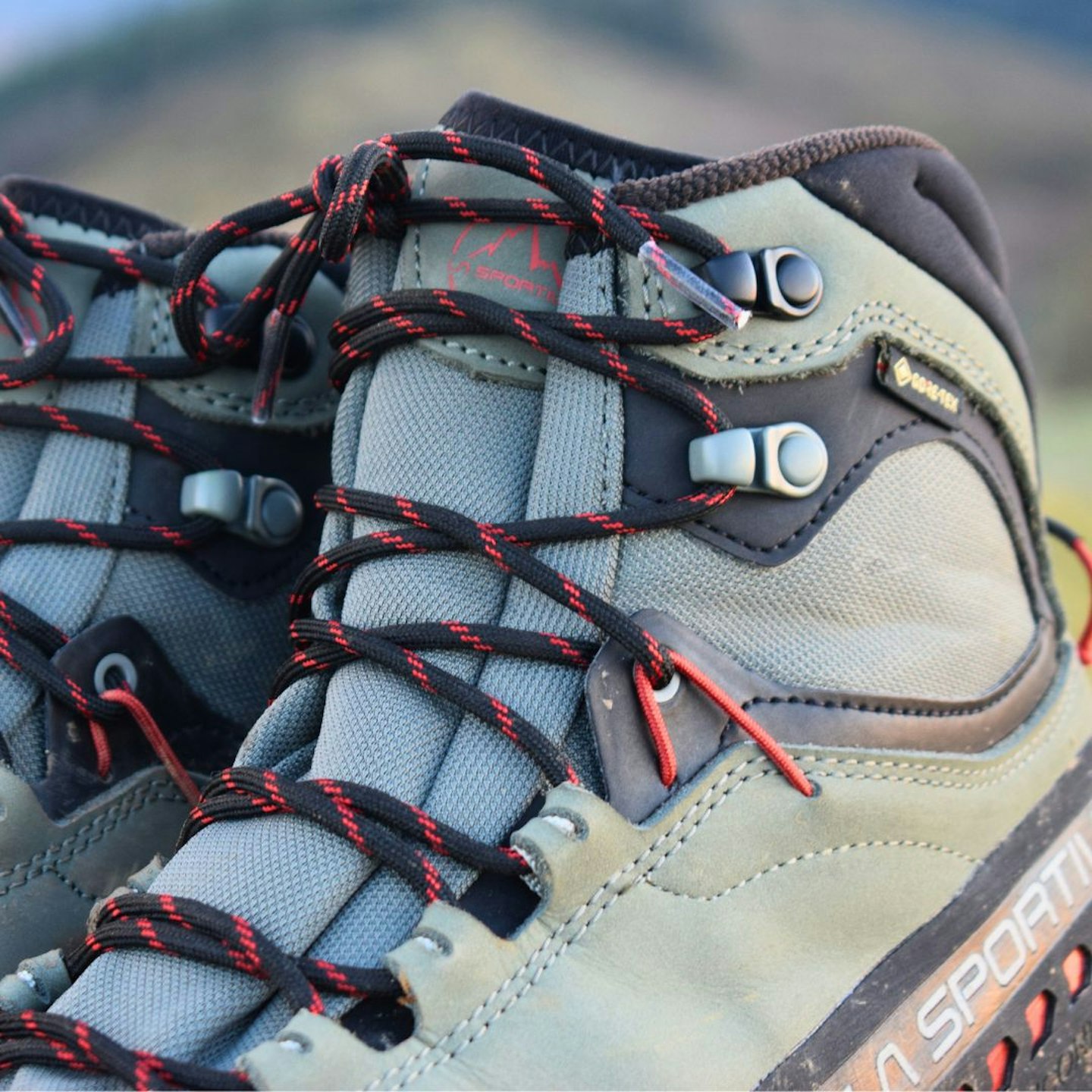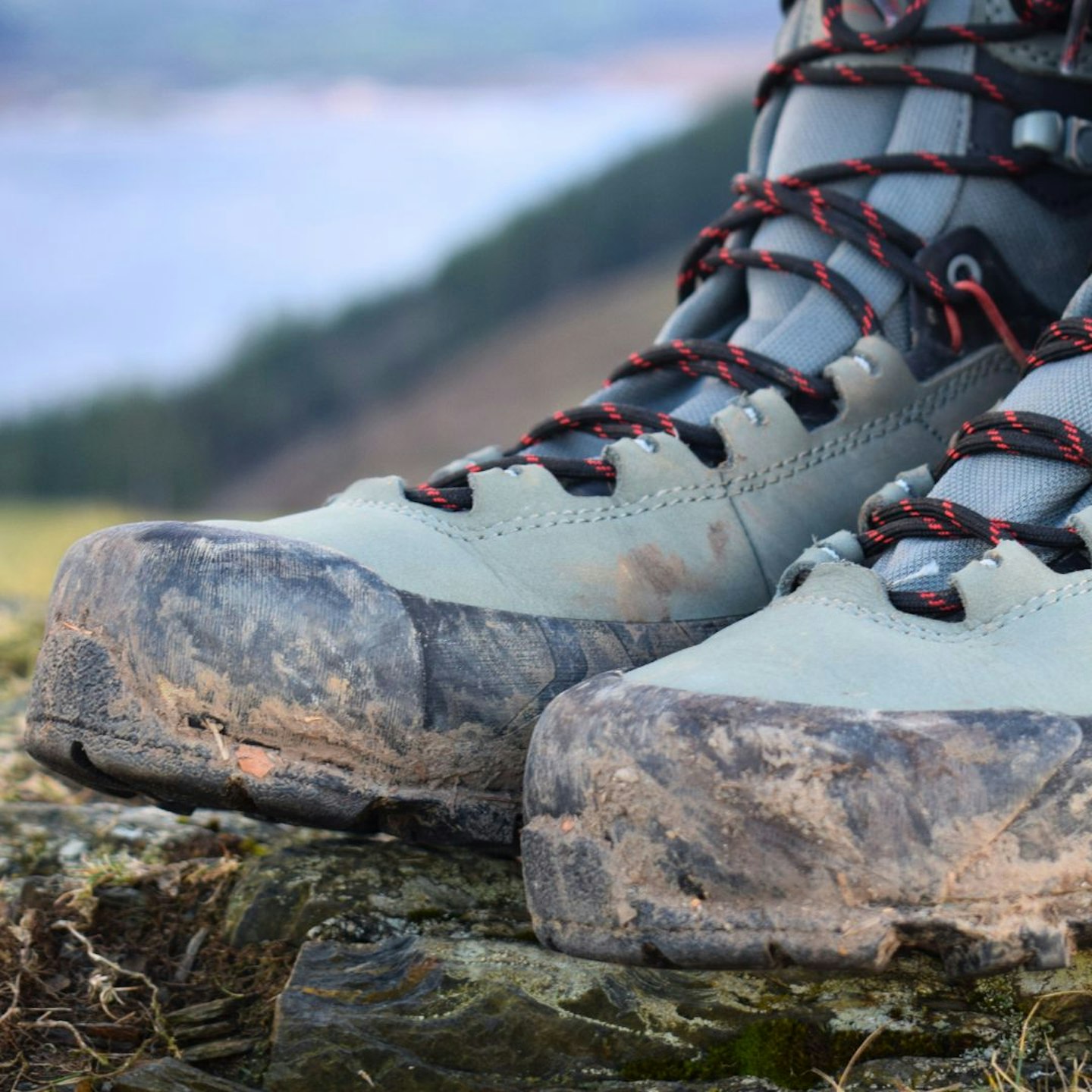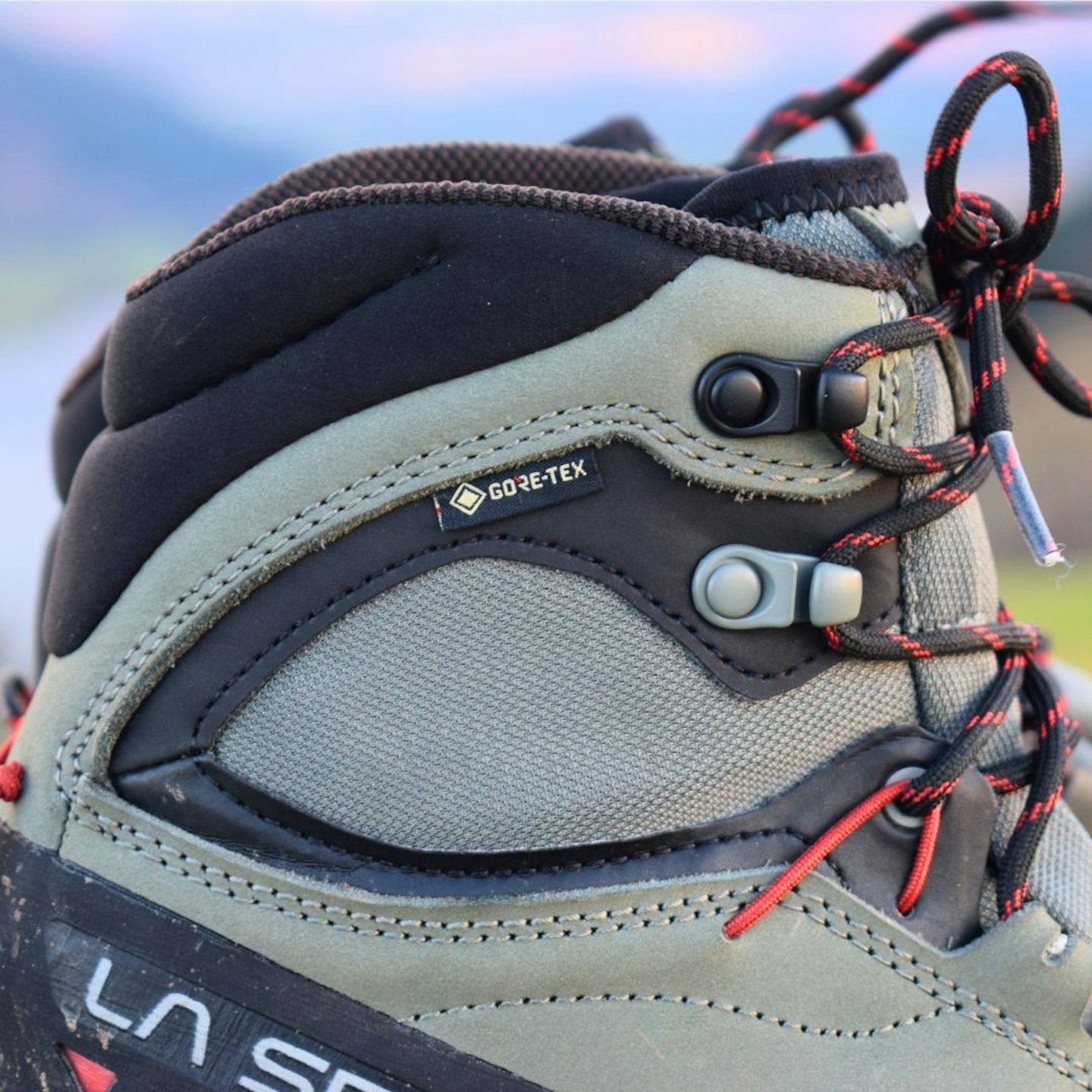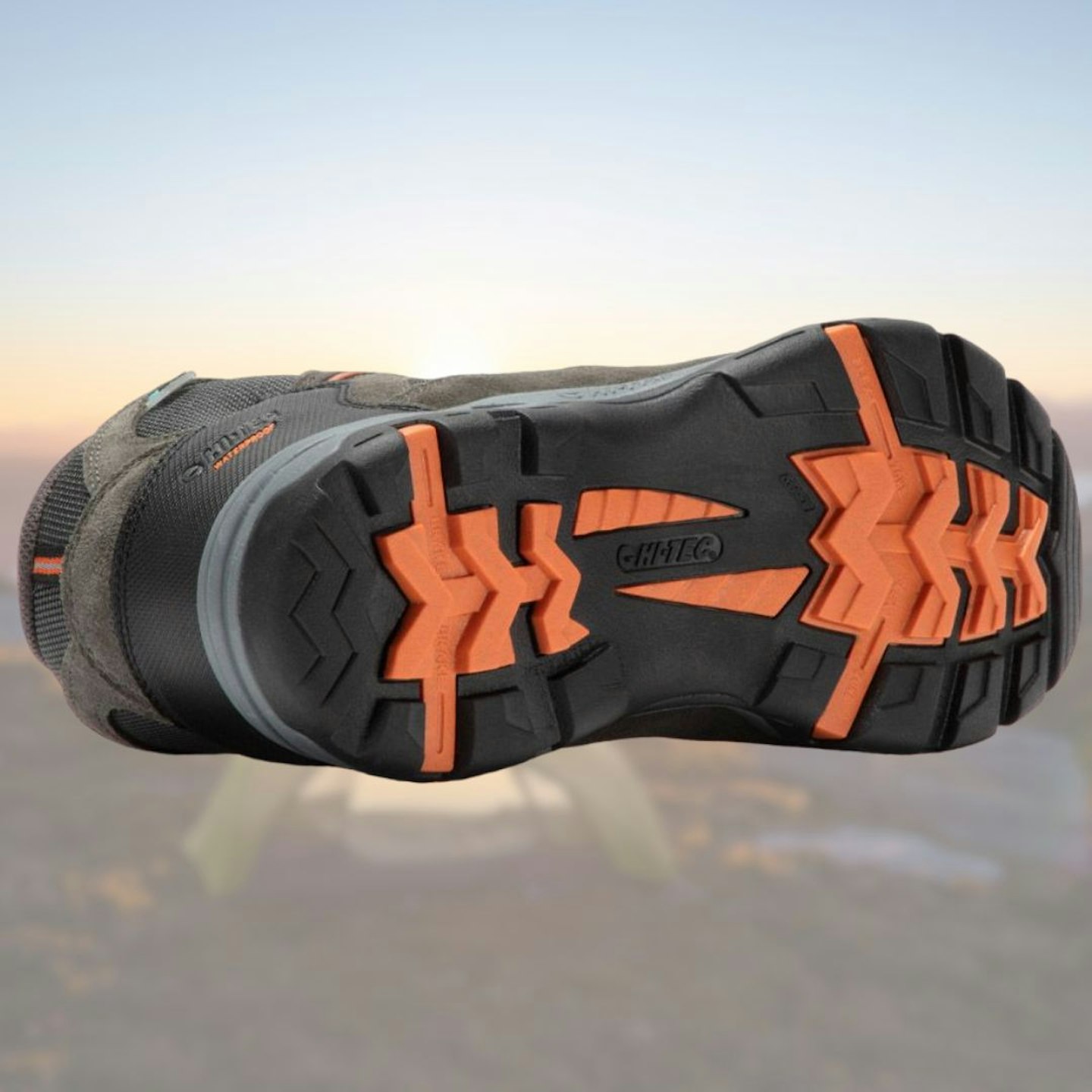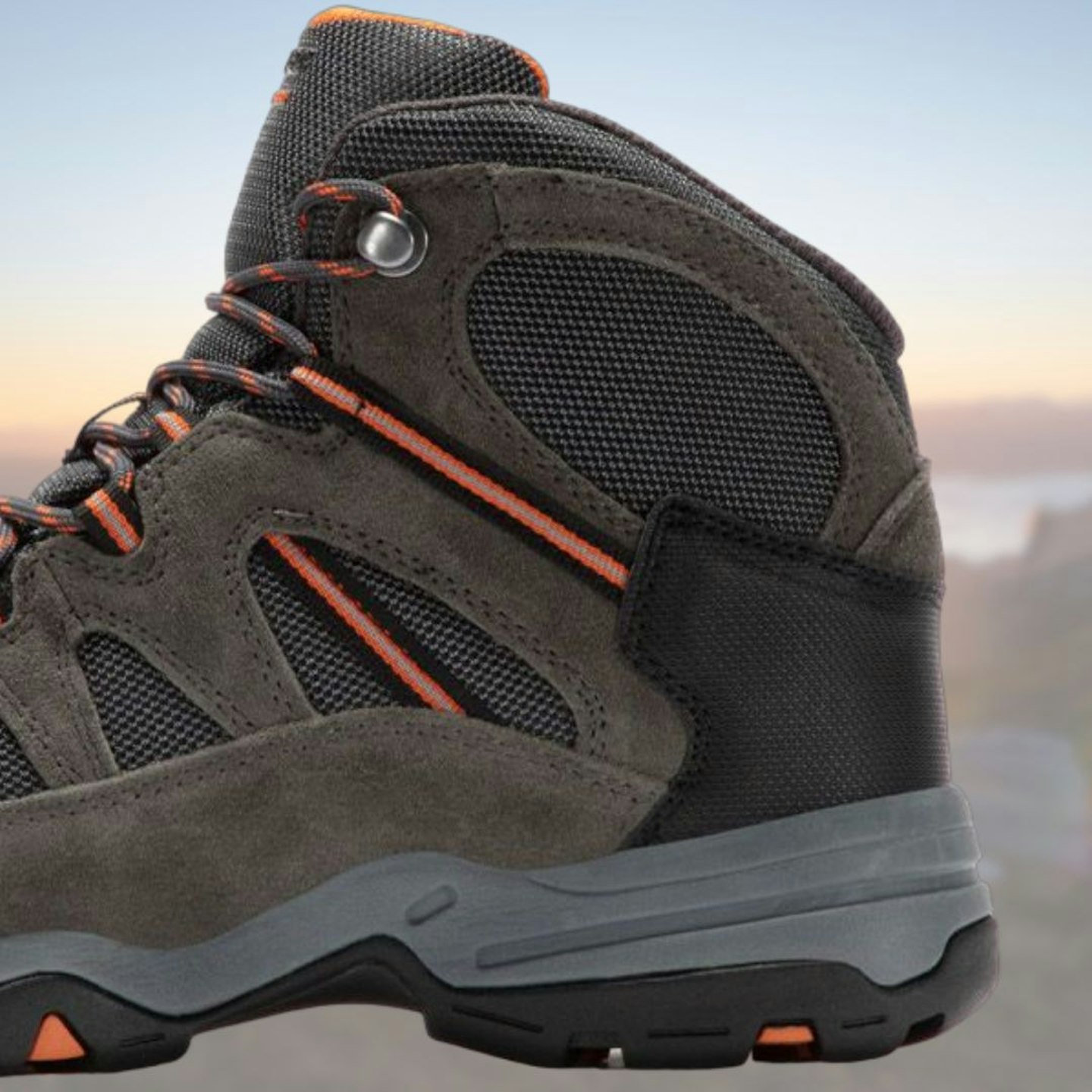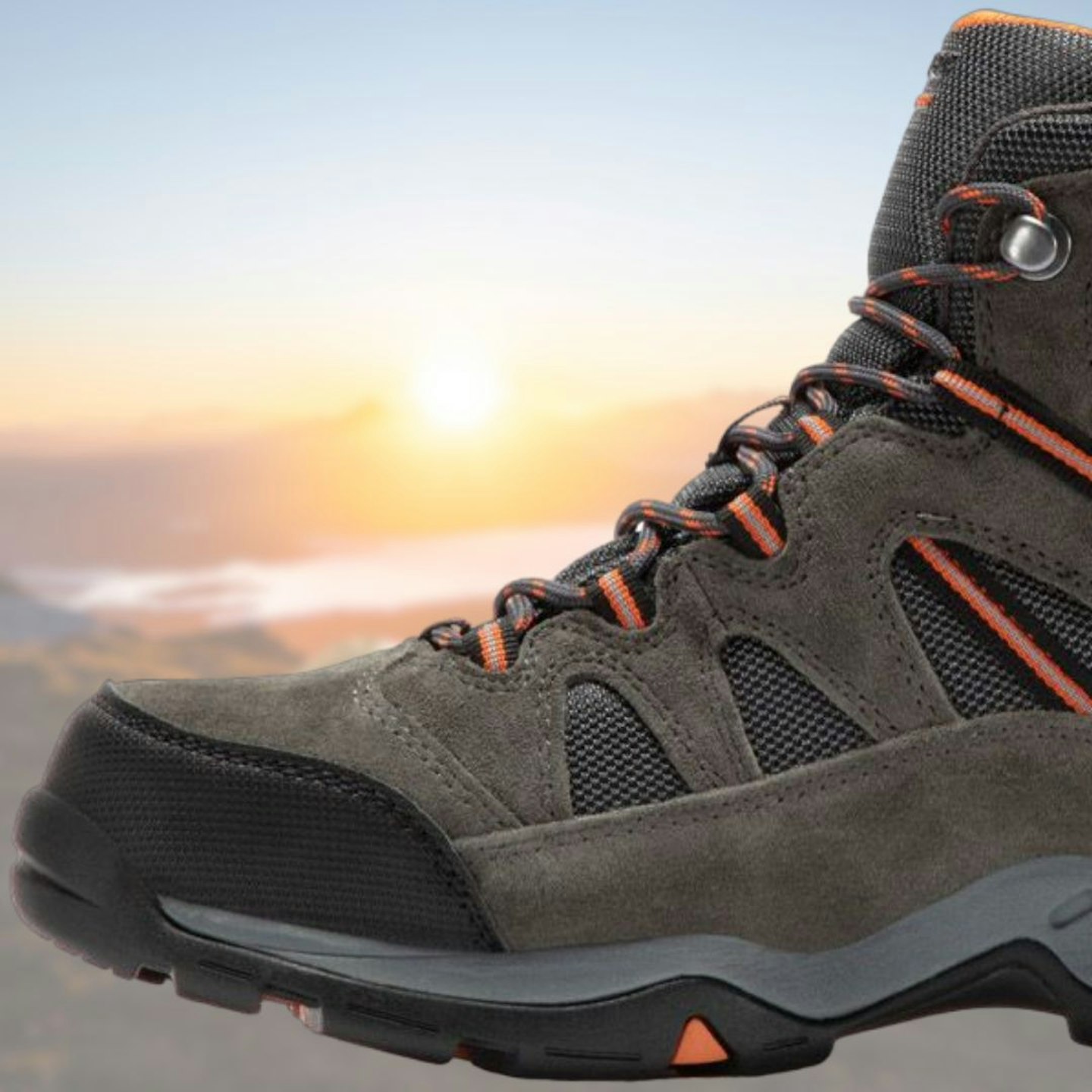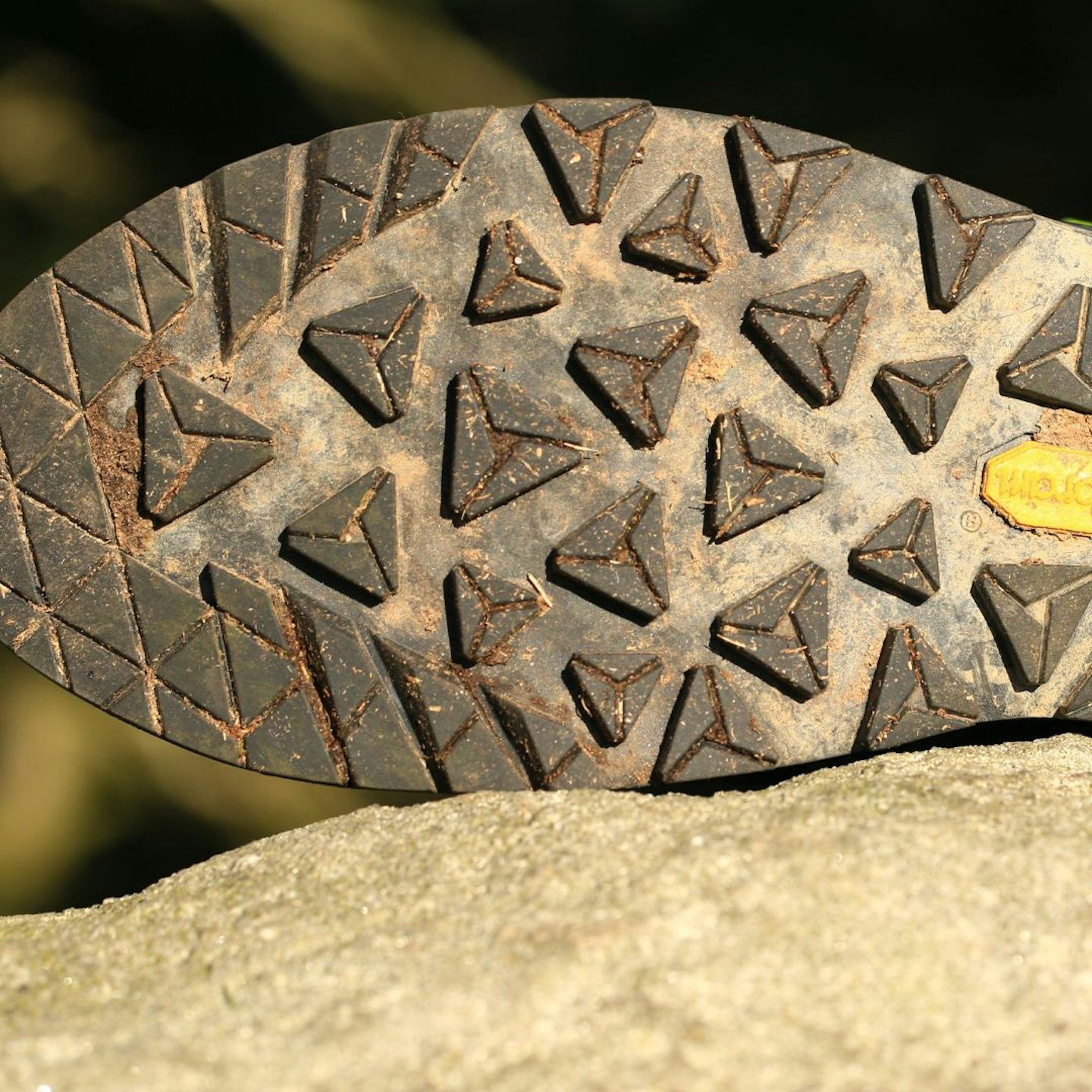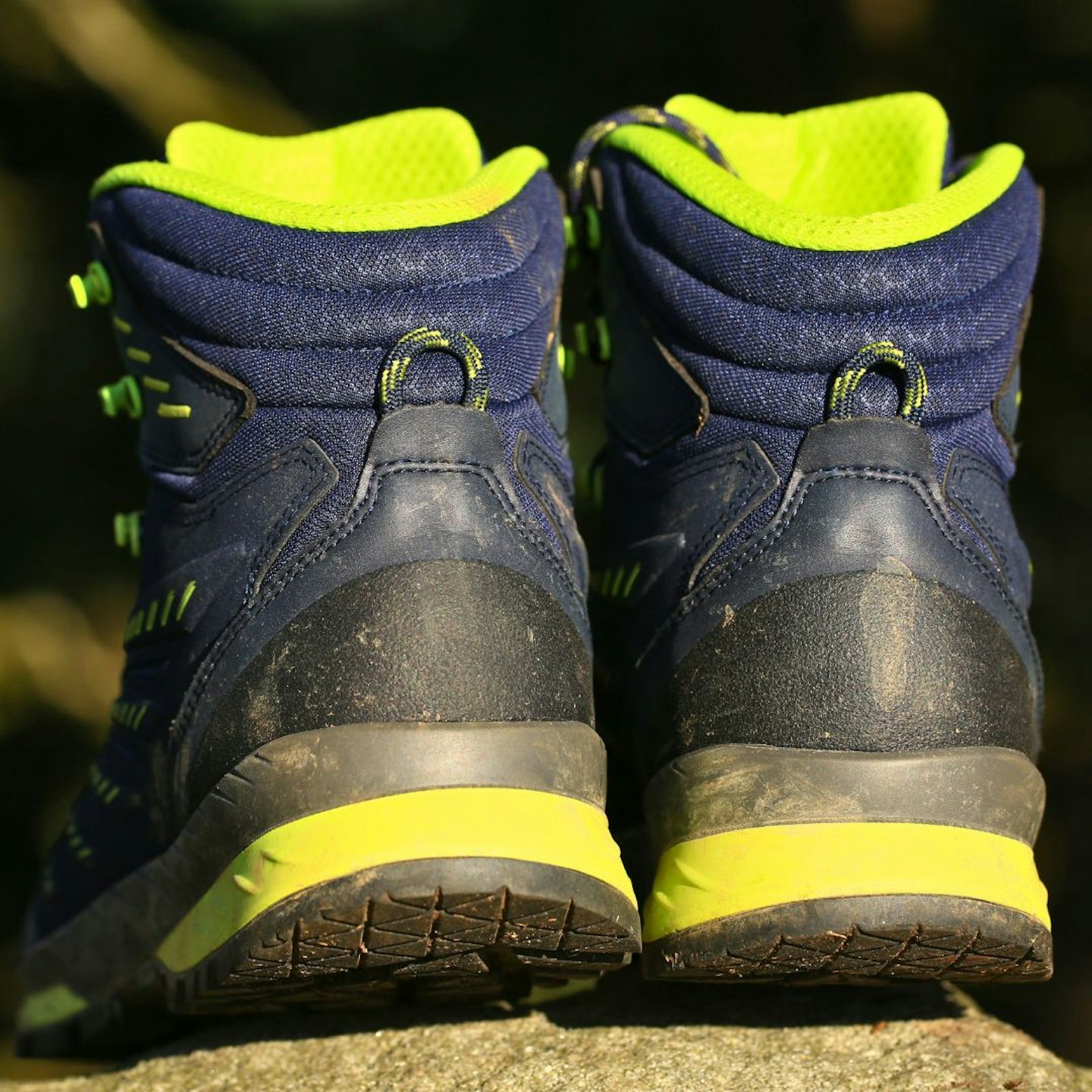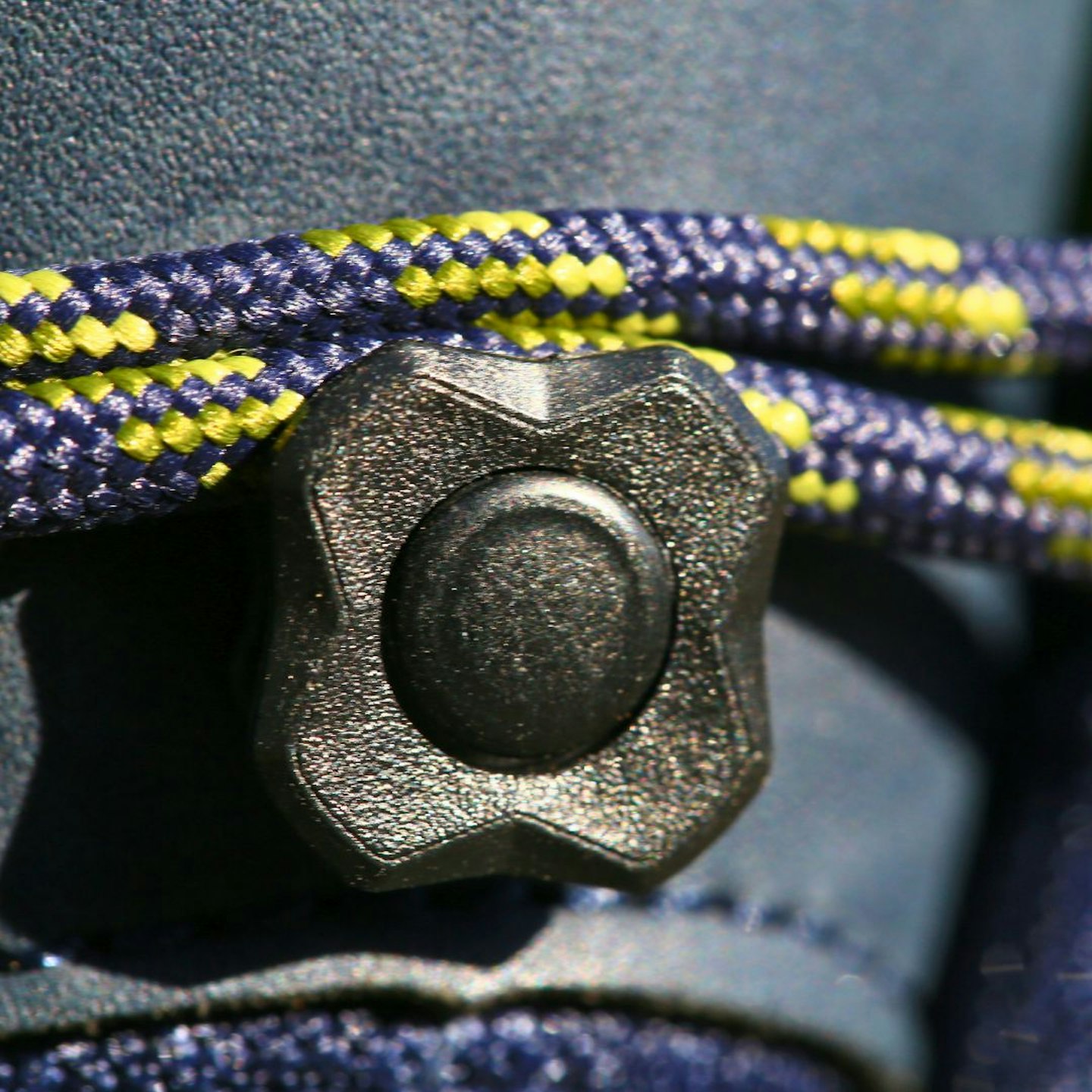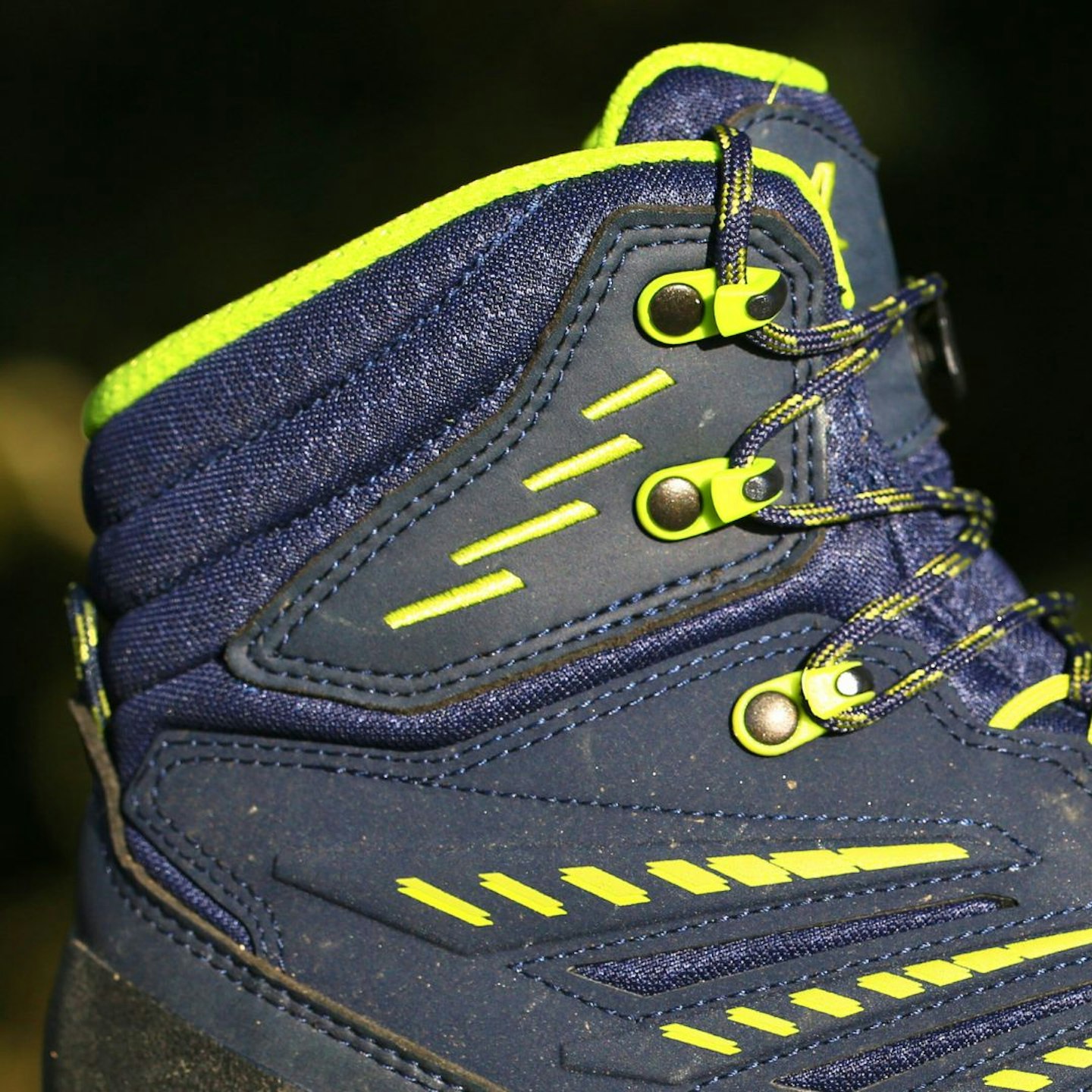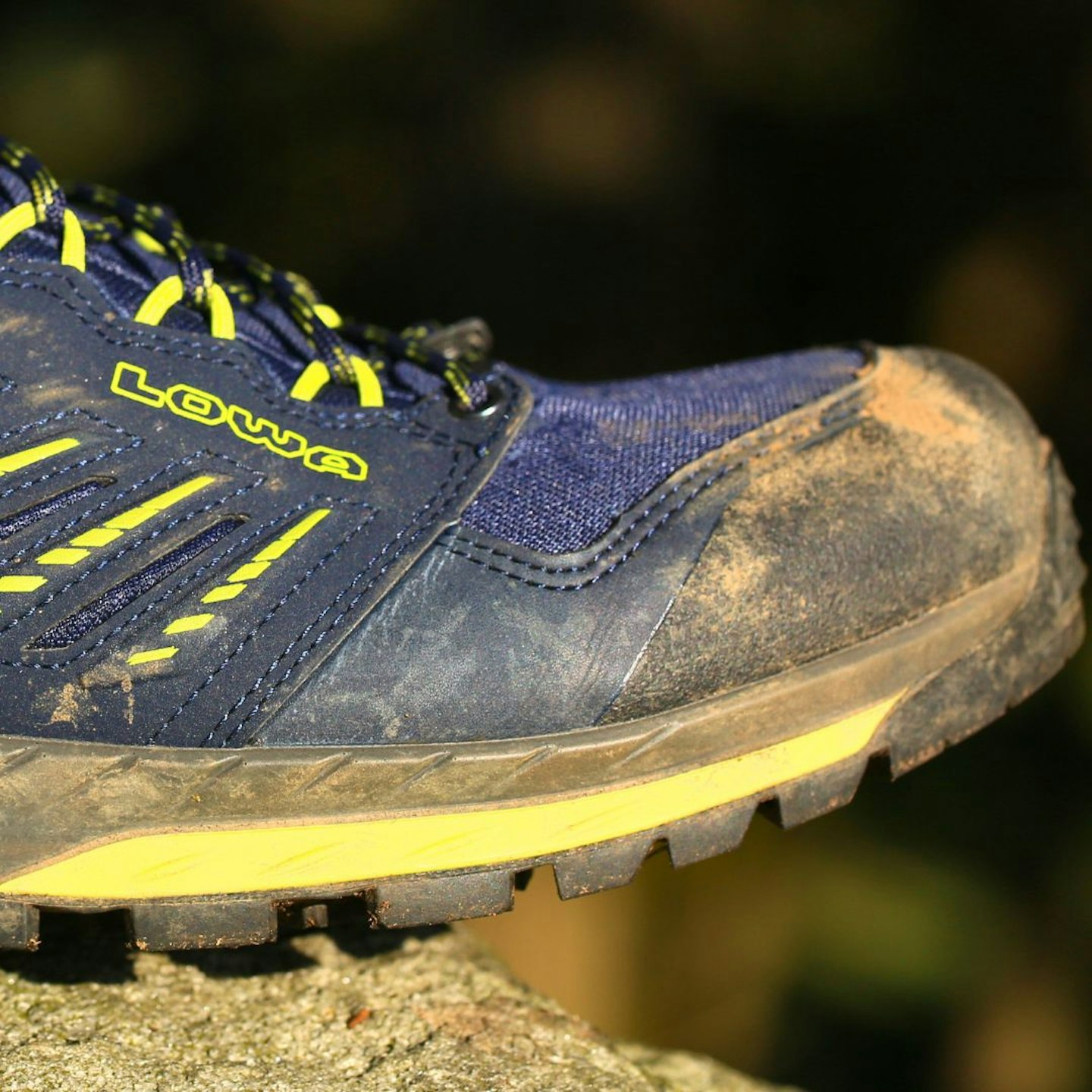If you’re a regular hiker the most important piece of kit you’ll ever buy is your walking boots, but with so many styles to choose from it can be hard to know where to start. We've created this article to pass on our many decades of testing experience to help you find your perfect pair.
The LFTO team doesn’t mind admitting we’re obsessed with walking boots. We’ve tested every major release over the past 30 years on every type of terrain you could ever think of. We use them on multi-day mountain expeditions, on weekend walks with our friends and families, and we even wear them to work on the rare occasions that we sit still long enough to spend a day in the office.
So whether you like the classic leather look, prefer something more lightweight and modern, or maybe even want boots that can handle technical winter routes in the mountains, then our testers have used them and reviewed them below. Scroll down to see the Top 3 pairs of walking boots our team recommends for 2024, then keep reading for our full reviews of the best hiking boots available right now.
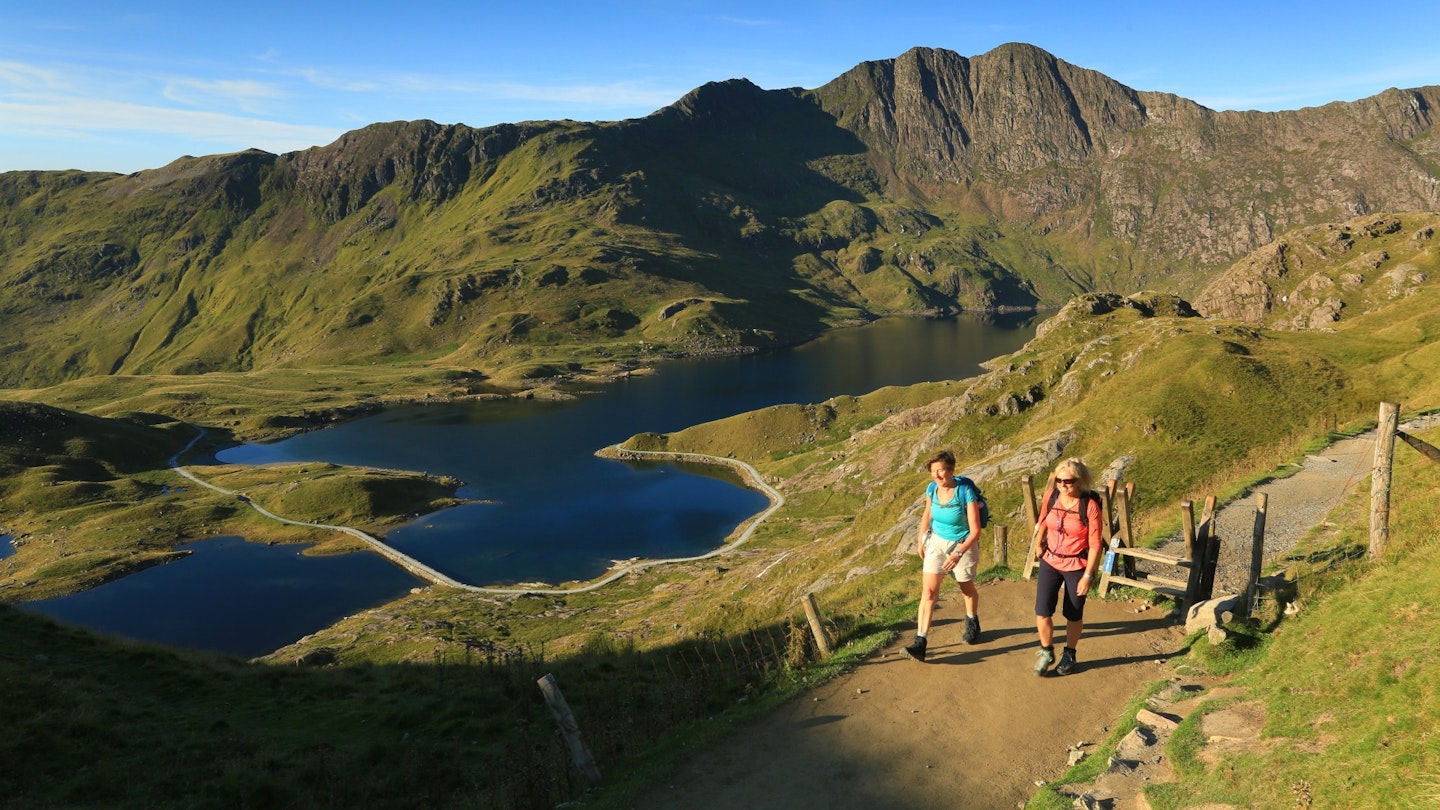
What are the best walking boots of 2024?
AKU Trekker Lite III GTX: Best overall walking boot
Jack Wolfskin Vojo 3 Texapore Mid: Best value walking boot
Inov-8 RocFly G 390 GTX: Best lightweight walking boot
In this guide, we explain the different styles and models of boots available for walkers, and give you expert tips on what to look for when shopping for your pair. Our testers (see below) have also gone one further and recommended the best hiking boots we've road-tested so far in 2024.
How we tested the best walking boots
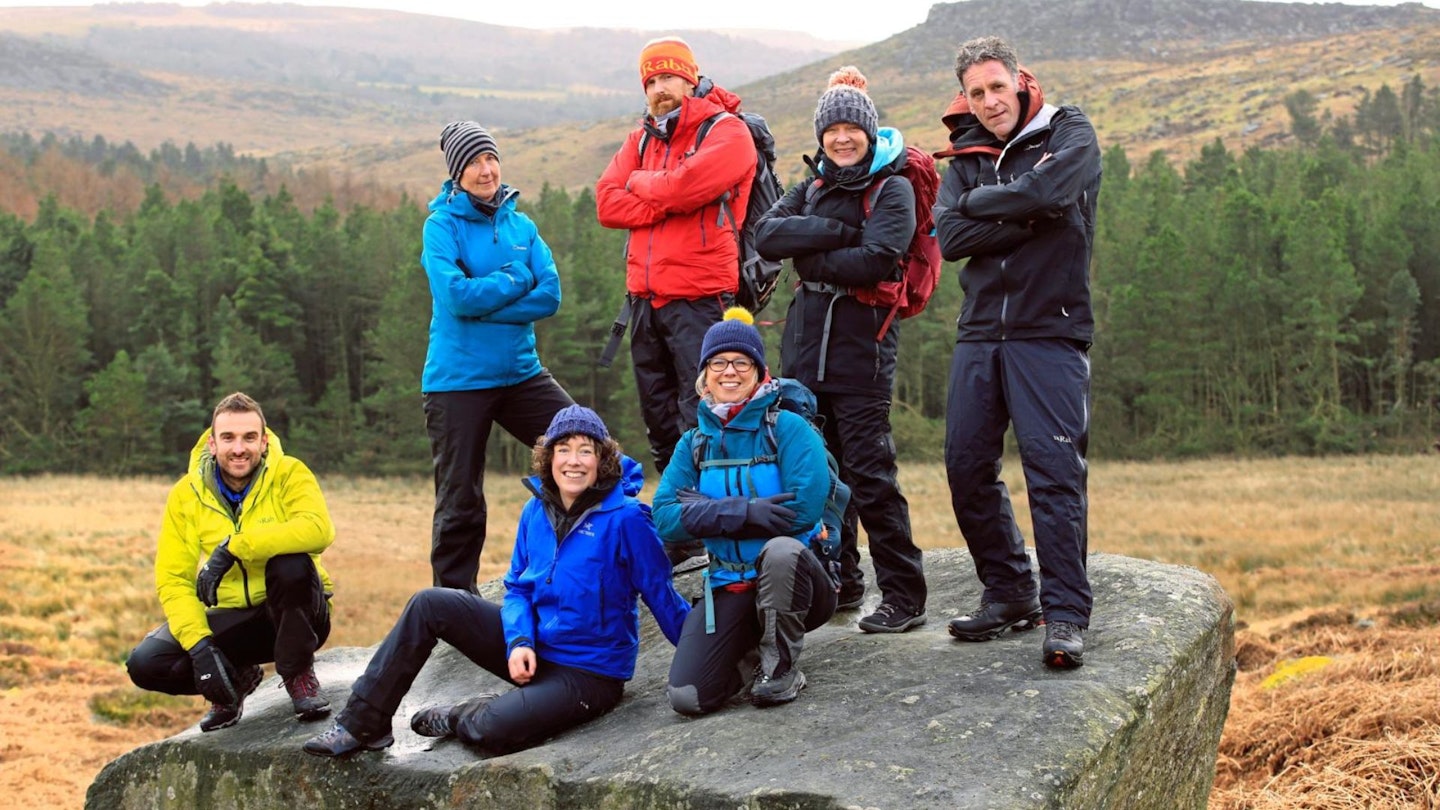
We don’t like to brag, but if there’s a more experienced group of walking boot testers out there then we haven’t met them yet. The LFTO and Trail magazine teams spend most of their working life (and almost all of their spare time) trekking along trails, scrambling up mountains, yomping over hills, and backpacking through any shred of wilderness they can find; so you can fully trust the options in this article.
Below you’ll find recommendations from our editor Oli Reed, gear editor Ben Weeks, senior writer Chris Williams, and long-distance expert James Forrest. We also have recommendations for the best women’s walking boots from our in-house expert Fliss Freeborn, and our Snowdonia-based tester Ellie Clewlow.
The hiking boots we test undergo thorough, real-world testing, and we consider every possible factor when making our recommendations – from comfort, fit and performance to durability and sustainability.
Read more about how we test HERE.
Best walking boots reviewed:
Although the walking boot market has a wealth of options, they mostly sit in one of two camps: premium-priced high-performance models, and mid to low-priced options for less demanding hikes.
As you'd expect, there are very few options that offer top-end build and performance at a more moderate price point, but the AKU Trekker Lite III GTX is one of those rare boots we've tested that ticks every box.
Costing just over £200 and made in Italy from a blend of suede and synthetic (AKU's Air 8000 fabric), our testers think the Trekker Lite III GTX is a high-quality boot that performs just as well as rivals costing an awful lot more. At the same time, we've found that boots that undercut the AKU on price can't get anywhere near it for performance and durability (and are usually only a mid cut height).
The Trekker Lite III GTX is great for both hillwalking and more challenging mountain hikes, and comes in both a standard and wide fit in both men's and women's versions, so it can fit most people.
Check out the women's version here
Read our full AKU Trekker Lite III GTX review
Pros
- Superb price-performance balance
- Durable construction
- Wide fit available
- Lightweight for a mountain boot
- Excellent Vibram sole
Cons
- Not the most cushioned midsole
We challenged to find fault with Jack Wolfskin's Vojo 3 Texapore Mid boot. By no means is this a technical mountain boot but nor does it pretend to be. It's a dependable and comfortable walking boot that excels at outings such as weekend dog walks and Peak District day hikes year-round. It's also quite good for on-path Lake District and Scottish mountain walks from mid spring through to autumn.
Underfoot, the midsole offers ample cushioning for longer day hikes and the lugs are more aggressive than most boots of this type. It meant we had plenty of grip, most notably in wetter, muddier conditions. Plus, the Vojo 3 has chunky heel lugs that help act as a heel brake.
The combination of suede leather and mesh is common on many walking boots of this type. So the Vojo 3 looks quite run of the mill but offers decent waterproofing thanks to the use of Jack Wolfskin's own waterproof Texapore lining.
In terms of sustainability, Jack Wolfskin is a Fair Wear Foundation member with 'Leader' status. Its products are also PFC/PFAS-free, and the leather it uses is a by-product of the food industry. Jack Wolfskin aims to source only from tanneries awarded with Leather Working Group Gold Standard by 2027 at the latest.
Check out the women's version here
Read our full Jack Wolfskin Vojo 3 Texapore Mid review
Pros
- Versatile
- Sustainable
- Good size range
Cons
- Not ideal for longer treks
With its running shoe styling it's unsurprising that the RocFly G 390 GTX fits like one.
We found this to be a super lightweight and highly cushioned walking boot that is amazingly comfortable.
It's a decent performer too, thanks to the graphene coated outsole, which performs best on rocky and compacted terrain but copes quite well on wet or muddy ground too.
We used the RocFly G 390 GTX on a 225km hike in the French and Swiss Alps and while we think the these lightweight boots don't match the durability of burlier boots, the bouncy midsole didn't compact down too much, even in the months following that hike.
And in further good news, the RocFly G 390 GTX is vegan friendly, which is a big plus point too.
Check out the women's version here
Read our full Inov-8 RocFly G 390 GTX review
Pros
- Very lightweight
- Exceptionally comfortable
- Vegan
- Loads of cushioning
Cons
- No rigidity
- Minimal support and protection
- Not the toughest walking boot
We loved the Rush Trk Pro GTX straight out of the box, so much so that we gave them a Trail Gear of the Year award in 2023. Men's and women's versions are built on different lasts, but both are slimmer in the midfoot and heel with a roomier forefoot. It gives more room for toes to wriggle and for thicker socks when needed. The fit won't suit everybody, however. But as they only come in one width, the Scarpa Rush will either work for you or it won't.
Ankle padding is generous, thanks to Scarpa's supple 3D Autofit collar, as is underfoot cushioning courtesy of a chunky EVA midsole. Traction from Scarpa's own Presa Supergum outsole is similarly excellent.
Up top, you get oiled nubuck leather for decent abrasion resistance, and lacing uses metal hardware for robustness. This adds a little weight but improves durability. The result is a sturdy boot protective enough for genuine 3-season use in all conditions whilst retaining a light and agile feel.
Check out the women's version here
Read our full Scarpa Rush Trk Pro GTX review
Pros
- Impressive performance for a relatively lightweight boot
- Can be re-soled
- Good cushioning
- Excellent grip
Cons
- Boot last won't suit everyone
It's probably no surprise that Keen wins this particular prize. Since its founding in the early 2000s, people have loved Keen footwear for their wide fit.
The Targhee is one of Keen's most popular models, and the fourth generation is its most durable yet.
On test we found that the Targhee IV is pretty similar to previous versions of the boot in terms of fit, comfort, and performance, i.e., it's a capable three-season hillwalking boot. But it has some neat upgrades.
First is something called KEEN.FUSION. Instead of gluing the sole to the upper, which can delaminate as the glue degrades over time, the Targhee IV fuses the sole to the upper with heat and pressure in a process called KEEN.FUSION. Keen says that not only does KEEN.FUSION create a stronger bond than glue, it also does away with the toxic glues and solvents, making it far more eco freindly.
In pursuit of durability, Keen also uses its KEEN.RUGGED sole instead of rubber because it's more hard-wearing. Likewise, the Luftcell midsole is more compression-resistant than EVA foam.
Keen makes its footwear in an increasingly sustainable manner. The Circadia Waterproof Boot is PFC/PFAS-free and uses Leather Working Group-certified leather.
Pros
- Wider fit
- Sustainable
- Durable
Cons
- Not the best grip on muddy terrain
We were thoroughly impressed by the Hanwag Makra Trek GTX boot. It's expensive for sure, but during our field tests it proved to be a worthy investment, excelling in nearly every hiking scenario.
Although it's not crampon-compatible, there's a sibling variant, the Makra Trek GTX Pro, that addresses this. Designed as a waterproof leather boot weighing 635g (UK8), it's not the most suitable choice for hot and fast day hikes, either. However, for year-round hill and fell walking to long-distance treks and alpine hikes, the Makra Trek GTX is remarkably capable.
Compared to the increasingly popular 'mid' height cut, the Makra Trek GTX's full boot height gave us excellent stability and ankle support. In addition to that, the gusseted tongue, reaches above the second lace hook, and effectively prevents water and debris ingress.
Whether navigating a muddy hillside or tackling a rocky scramble, the Vibram outsole delivers reliable grip with its deep and widely spaced lugs, complemented by a substantial heel brake and climbing zone on the toe.
During testing, comfort for us was exceptional and immediate compared to other boots of this type, requiring essentially no break-in time. The boot features excellent padding around the ankle and a two-zone, full-length lacing system for a highly personalised fit. Its midsole has good flexibility too, which promotes a natural walking action.
While the Makra Trek GTX's suede isn't as tough as full grain leather, durability is still a strong suit. Its robust toe cap and hard-wearing heel insert see to that. The Makra Trek GTX can also be re-soled, enhancing its longevity and sustainability. Manufactured in Croatia, these boots utilise responsibly sourced leather from Europe, further contributing to their appeal.
Check out the women's version here
Read our full Hanwag Makra Trek GTX review
Pros
- Excels in most conditions
- High abrasion and ingress protection
- Can be re-soled
- Good midsole flex
- Stable and supportive fit
- Wide fit model available
Cons
- Not crampon compatible (if that’s what you’re after)
- Only worth it for avid hikers
With the proliferation of lightweight walking boots, the classic leather heavyweights divide opinion more than they used to.
But they unquestionably have their strong points, and from our testing, the Meindl Bhutan MFS is the best example of them.
Durability is the hallmark of chunky leather walking boots. With tough nubuck leather uppers and the ability to be resole, the Meindl Bhutan MFS has the potential to last decades, if not a lifetime. So, that upfront cost is significant, but over the longer term actually represents excellent value for money.
On test, we also found that the Meindl Bhutan MFS offers fantastic waterproofing. In addition to a reliable Gore-Tex liner, the boot has a tall ankle cuff and tongue gusset, which give the boot a higher flood level than many boots.
Predictably, the Meindl Bhutan MFS takes some breaking in, and weighing more than 800g, it does feel a bit heavy and cumbersome. It is, however, supportive and great for long days and hiking adventures. Underfoot, we were impressed by the Vibram sole, which performed well through mud and also harder packed tracks.
Check out the women's version here
Read our full Meindl Bhutan MFS review
Pros
- Very tough and durable
- Excellent waterproofing
- Good foot protection
- Can be resoled
Cons
- Heavy
- Expensive
- Stiff
La Sportiva's TX range of footwear is designed with approach and climbing in mind.
We found the TX5 really excels for demanding, technical day hikes that involve a lot of scrambles. But that technical focus means it's not the best boot for long treks.
Using a nubuck leather upper and a full wraparound rand, the TX5 can take bumps and scrapes from mountain outings better than most three-season boots. The Gore-Tex lining is also predictably reliable.
Underfoot, we found the midsole to offer some cushioning (enough for day hikes), but you'd be wanting something more cushy if you're undertaking multi-day trips. The outsole, however, is a star. It's a Vibram sole with aggressive lugs, decent heel brake, and generous climbing zone at the toe. It's works very well over mixed terrain but performs brilliantly for scrambles and edging.
These appeal to a more niche audience than most three-season boots. But you like your techincal, scrambly hikes, you'll adore the TX5.
Check out the women's version here
Read our full La Sportiva TX5 GTX review
Pros
- Great for technical terrain and scrambling
- Fully featured
- Muted women's colour
- Tough and durable
Cons
- Not the best for multi day hiking
- Slightly narrow fit
- A bit niche for most
Considering how cheaply you can buy this boot if you shop around, this is an excellent bargain purchase.
It looks like a classic walking boot and performs pretty well too. It might not feel as luxuriously comfortable as other boots in this test, but your feet will be well looked after. The heel and toe protection are rock-solid, and the padded ankle cuff gave us confidence and ankle support.
The boot stiffer than most low cost walking boots – which is what you want when you’re in the hills – but in the Bandera’s case this sacrifices the flex you tend to appreciate on easier terrain. Hi-Tec uses its own M-D Traction technology on its outsole to ‘improve grip when walking both up and downhill’. We found the grip fine on ascents, but on descents during or after rain, it loses its grip at times.
Because of this, we would recommend sticking to the paths when hillwalking, and avoid heading off-track when it’s wet. Hi-Tec markets this boot as a recommended piece of kit for the Duke of Edinburgh’s Award – we’d say it’s a great choice for people of any age delving into the world of hillwalking for the first time.
Pros
- Can easily be found highly discounted
- Better foot protection than most competitors
Cons
- Grip struggles on wet descents
We found Lowa's Trek EVO GTX Mid to be a very talented 2-3 season boot for hillwalking and trekking. The fact it's vegan is merely an extra plus point. It's reasonably lightweight with plenty of flex, so it doesn't sap your energy on long days. But it's also got plenty of underfoot cushioning that keeps you comfortable too.
Trek EVO GTX Mid has some neat features. One of these is its two-zone lacing system, which lets you adjust the forefoot and ankle/upper separately. The ability to do this allows you to get almost the perfect fit. We also approve of the X-Lacing, which holds the tongue perfectly in place by way of a little stud. It reduces pressure points.
The boot's Vibram Rock Trac Sense sole, somewhat predictably, is excellent on rock and paths. However, it isn't so adept on very muddy hills.
Lowa has a well-deserved reputation for footwear that endures, but something to be aware of with Trek EVO GTX Mid is that it has a fair amount of stitching around flex points. But this boot can be re-soled, which is a big plus point.
Pros
- Great for long walking days
- Excellent waterproofing
- Comfortable
- Can be re-soled
Cons
- Sole struggles in mud
The Aequilibrium LT GTX is the ideal mountain boot because it perfectly balances walking comfort, technical performance, and durability. We found this boot to be light and streamlined yet solid and well-built, thanks to supple nubuck leather uppers with a chunky wraparound rand, rigid heel counter and burly toe cap.
The Aequilibrium LT GTX features an interesting sole. Instead of a usual midsole layer, the outsole is injected with PU foam. The idea is weight-saving with no loss of cushioning. It worked a treat for us, too. Being a proper mountain boot, the Aequilibrium LT GTX takes a semiautomatic C2 crampon but to us, felt more like a B1 boot.
The reason is that while the sole is stiff, there is a slight rocker and a cutaway heel for a natural gait. But also, the ankle cuff is flexible and elasticated, which allowed us excellent freedom of movement
The last (boot shape) is on the narrower side, so it won't suit everyone, but for mixed winter terrain, it's the most versatile and capable option. RRP is high, but retailers invariably offer good discounts on this boot.
Pros
- Ideal traits for winter hillwalking
- Soft collar for maximum wearing comfort
- Lighter than many winter/mountain boots
- Can be resoled
Cons
- Less precise fit with crampons than others
How do I choose a walking boot?
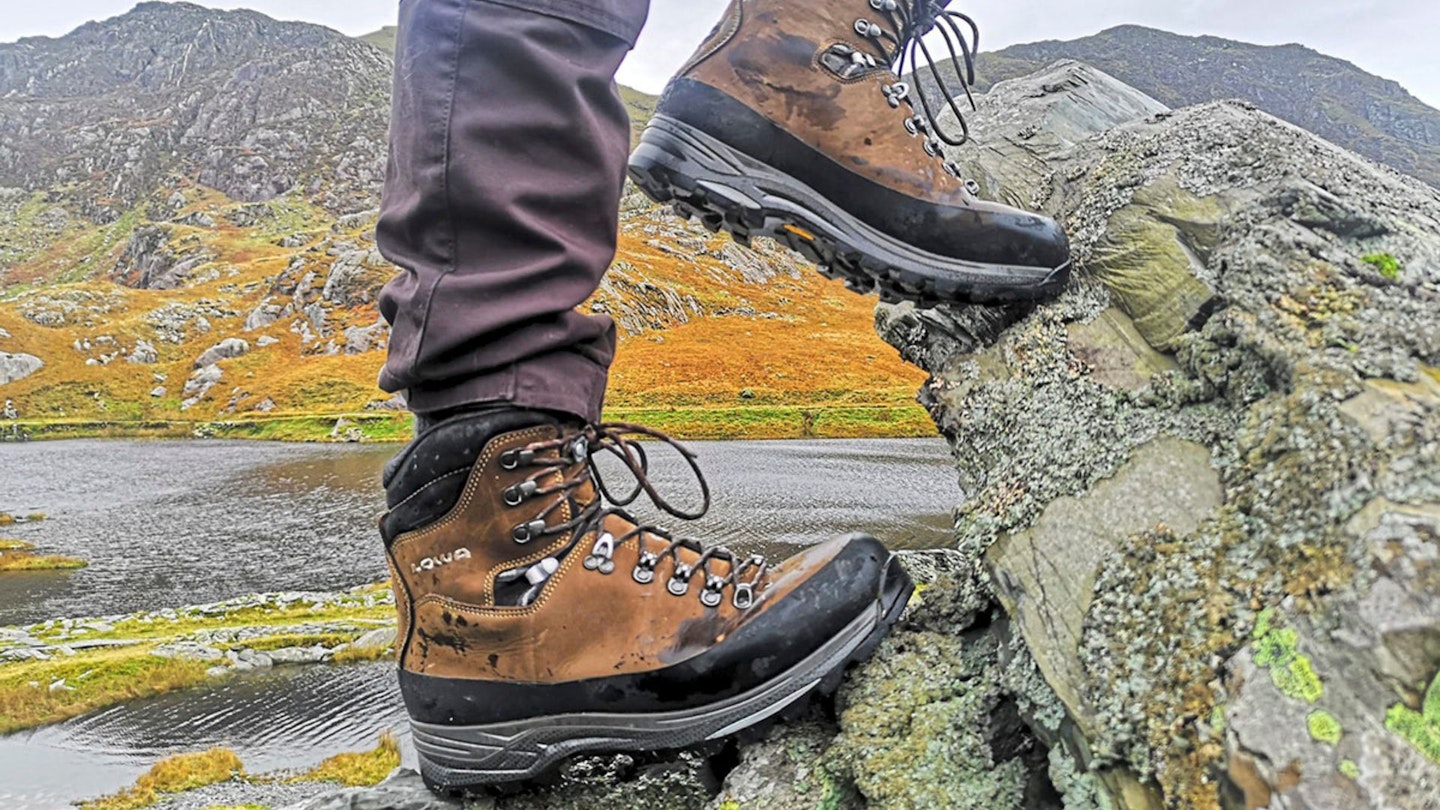
How to find the right walking boot size
You want walking boots to have about a thumb's width of room beyond your big toe and be quite snug at the heel. If you can get a finger down each side of your Achilles with your foot shoved as far forward as possible, you're about right. Walking boots need to hold your foot securely without being uncomfortably tight.
Everyone's feet are different; likewise, boots have different fits. Some brands like Keen are known for a wider fit, while others like Salomon are narrower. And while there is universal sizing, it still varies from brand to brand. Your best bet is to try things on. And don't forget about socks either - their thickness affects fit too.
Are leather boots better than synthetic ones?
The upper is the external material of a walking boot. Leather is very popular and used to be the only option. Leather is hard-wearing but can take some breaking in. Today, more walking boots are being made from synthetic material, even alpine boots. They're often lighter than leather alternatives, which makes synthetic a great option for fast summer hiking. But predictably, they aren't usually as durable.
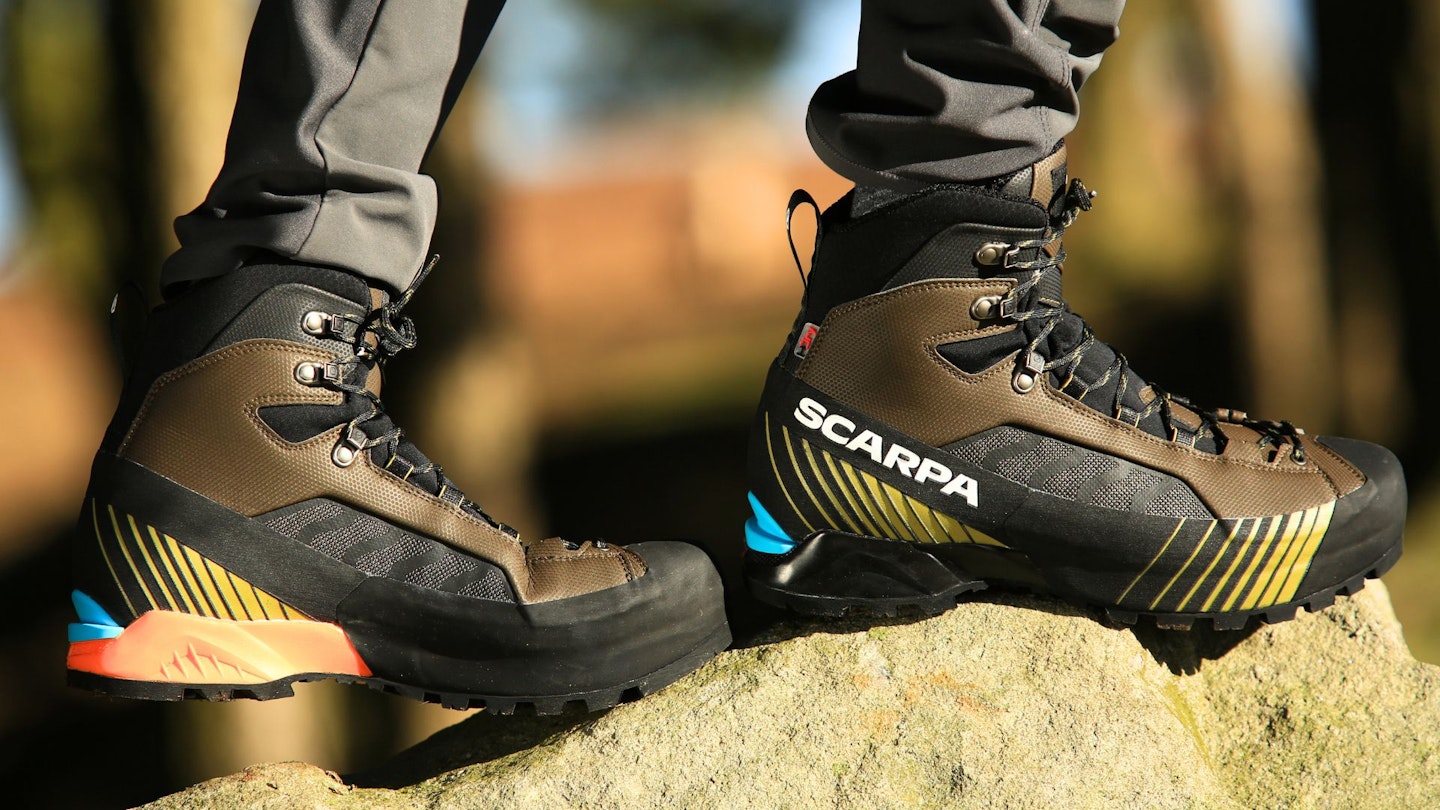
Do I need stiff or flexible walking boots?
Use the B-rating system we've explained above to decide how much flex your walking boots need. Essentially, if you'll be doing a lot of climbing and scrambling, a stiffer boot is good. For less technical terrain, speed, and agility, you'll want more flex.
Are walking boots really waterproof?
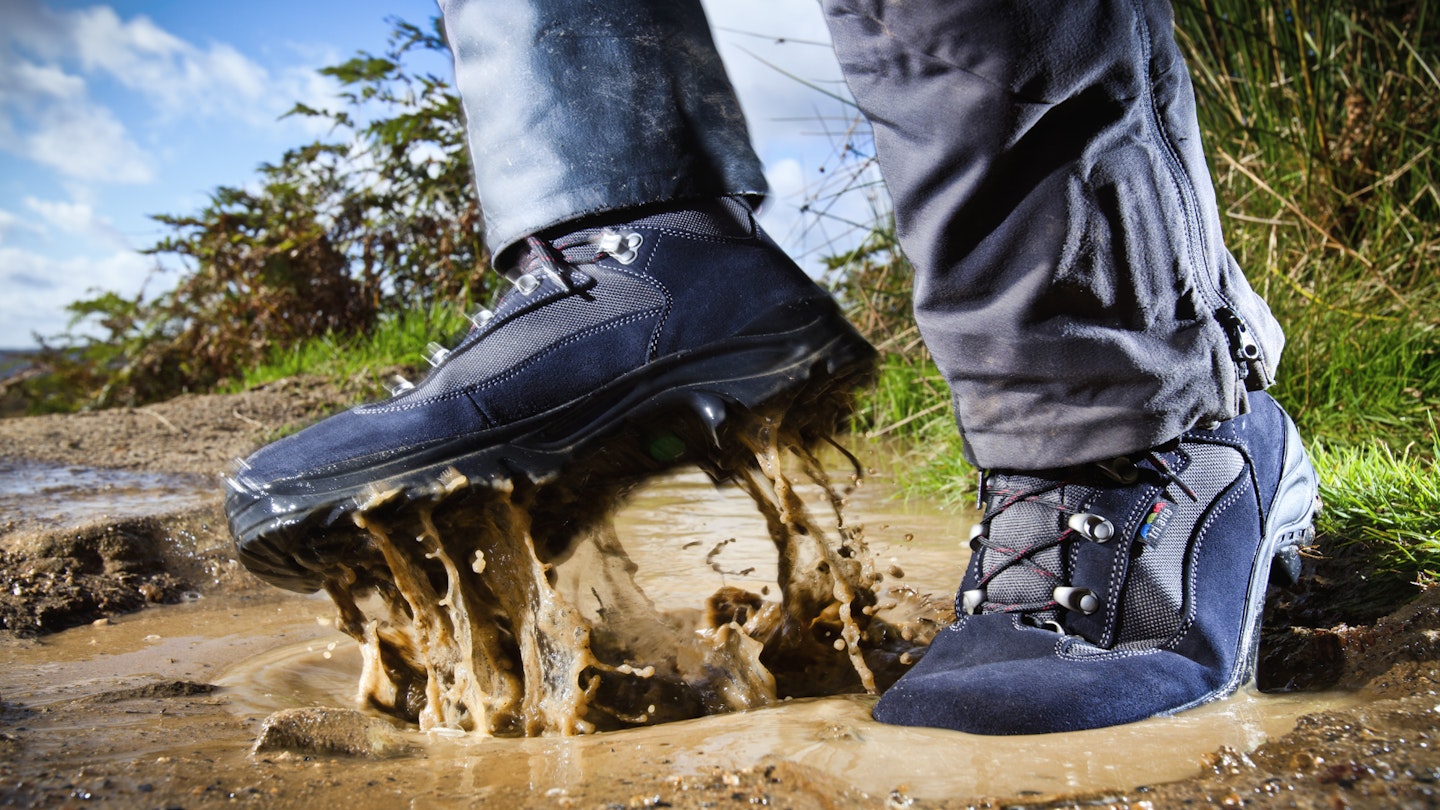
Not all, but most walking boots feature a waterproof membrane (like you get on a waterproof jacket). This might be the industry favourite Gore-Tex or a brand's own waterproof membrane.
Footwear with Gore-Tex membranes have the most water resistance fabric but the story doesn't end there. The other factor at play is how high a boot's flood level is. The cut of the boot (mid height or full boot height) and the height of the gusseted tongue (also called bellows tongue) dictate this.
So, for example, a full height leather walking boot with a tall gusseted tongue and a proprietary membrane that's not as good as Gore-Tex will still offer better protection against water ingress than a lightweight, lower cut mid boot with a Gore-Tex lining. There are several variables here but as a rule of thumb, full height leather boots generally offer the best waterproofing.
Are walking boots sustainable?
There are two parts to think about here: how the boot is made and how well it is made. Low-impact and sustainable production is key, but so too is longevity.
In terms of production, third-party certifications such as Leather Working Group or Bluesign are useful indications of footwear being produced in a responsible way. The use of recycled materials is important, too, especially with synthetic hiking boots.
High-quality boots not only last longer but are nicer to wear, perform better, and are cheaper over the longer term. Top-quality boots can last decades if you care for them properly. They can often be re-soled too.
What features are important in a walking boot?
Leading on from B-ratings, within each grade, boots still vary from one another. For example, you might think a B0 boot is best for you, but know they'll see some serious action. In this case, look for B0 boots with extra durability features such as a toe bumper and rand, deeper lugs, and a gusseted tongue and waterproof liner.
It's all about your personal requirements. Don't worry about being too fussy because there will be several suitable options for you, whatever your requirements. Read our glossary below to make yourself familiar with walking boot anatomy.
What about hiking shoes and sandals?
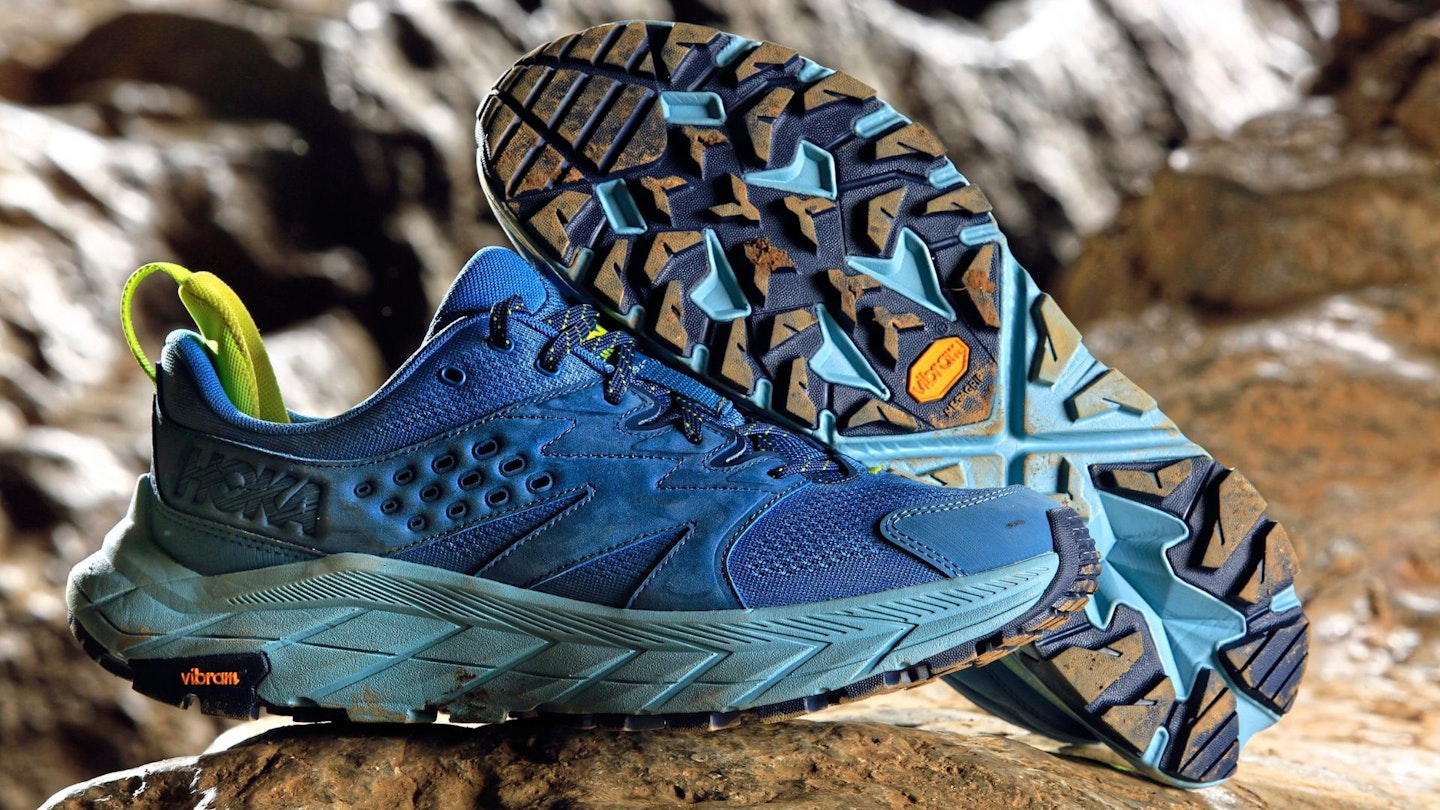
As with boots, hiking shoes come in quite a range of styles and designs, from super lightweight models to heavier, to climbing-oriented approach shoes, to more durable trekking shoes.
For those who find boots a bit restrictive, hiking shoes are the perfect alternative. Similarly, hiking sandals are worth investigating for walking in summer.
Walking boot categories
If you go into a footwear store or an outdoor retailer, walking boots and shoes only tend to be split into shoes and boots. But within walking boots ('hiking boots' is another term but means the same thing), there are grades that indicate what a walking boot is intended for, called B-ratings. This grading system goes from B0 to B3.
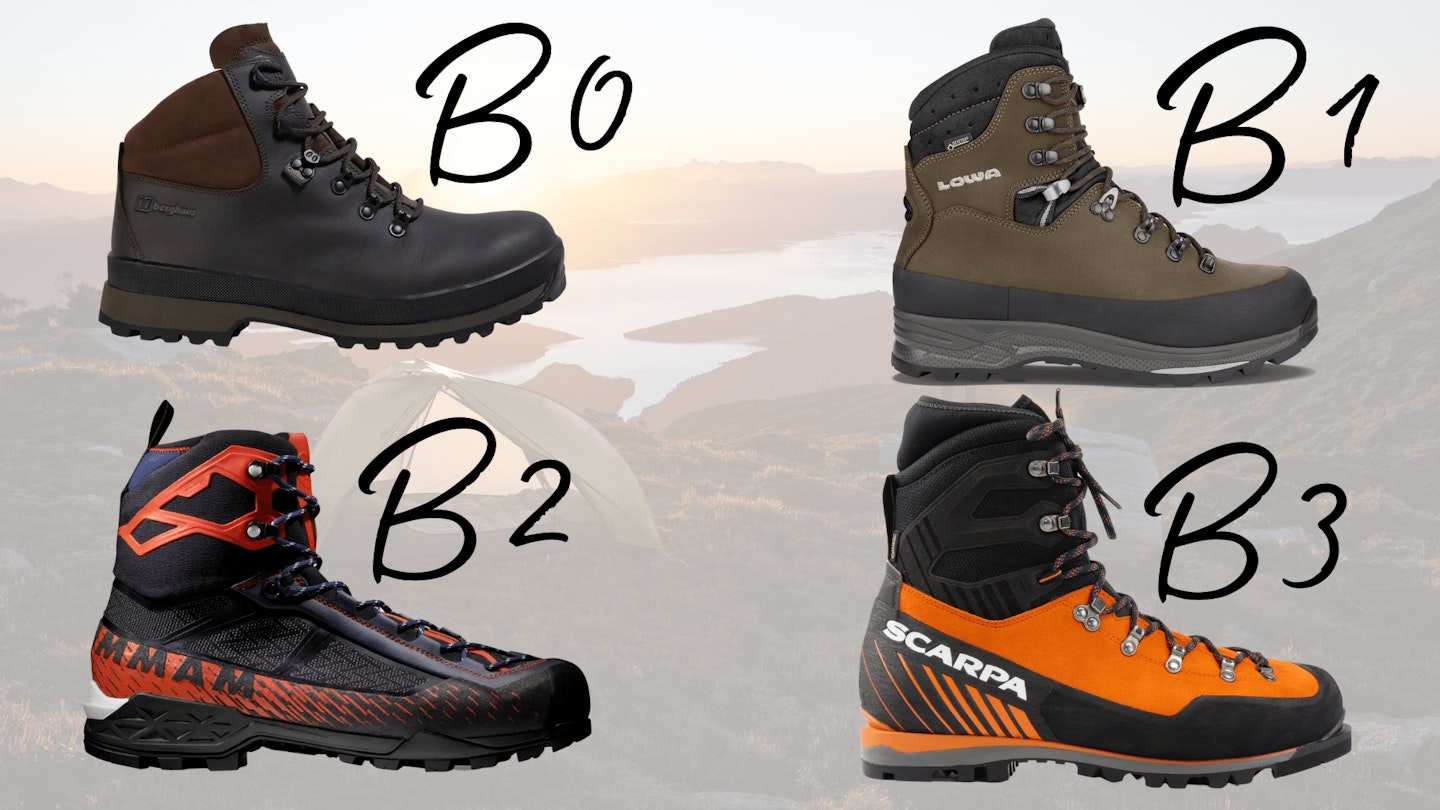
B0: These are your most typical walking boots. Lightweight synthetic walking boots and general hillwalking boots fall into this category. They are relatively flexible and often have little break-in time. B0 boots aren't compatible with crampons and are intended for unchallenging terrain.
B1: These are noticeably stiffer than B0 boots and are compatible with basic strap-on-type C1 crampons. They are great for scrambling a bit higher up mountains and winter use. B1 boots offer more protection than B0 boots.
B2: These are a step into alpine footwear. B2 boots are stiff, with some flex for hillwalking. But these are intended for mountains. They're compatible with C2 crampons.
B3: These are for alpine use only. B3 boots are very stiff because they offer lots of lateral support for climbing. Mountaineers can use C3 crampons with B3 boots, but C2 crampons are also often used.
Key features of walking boots
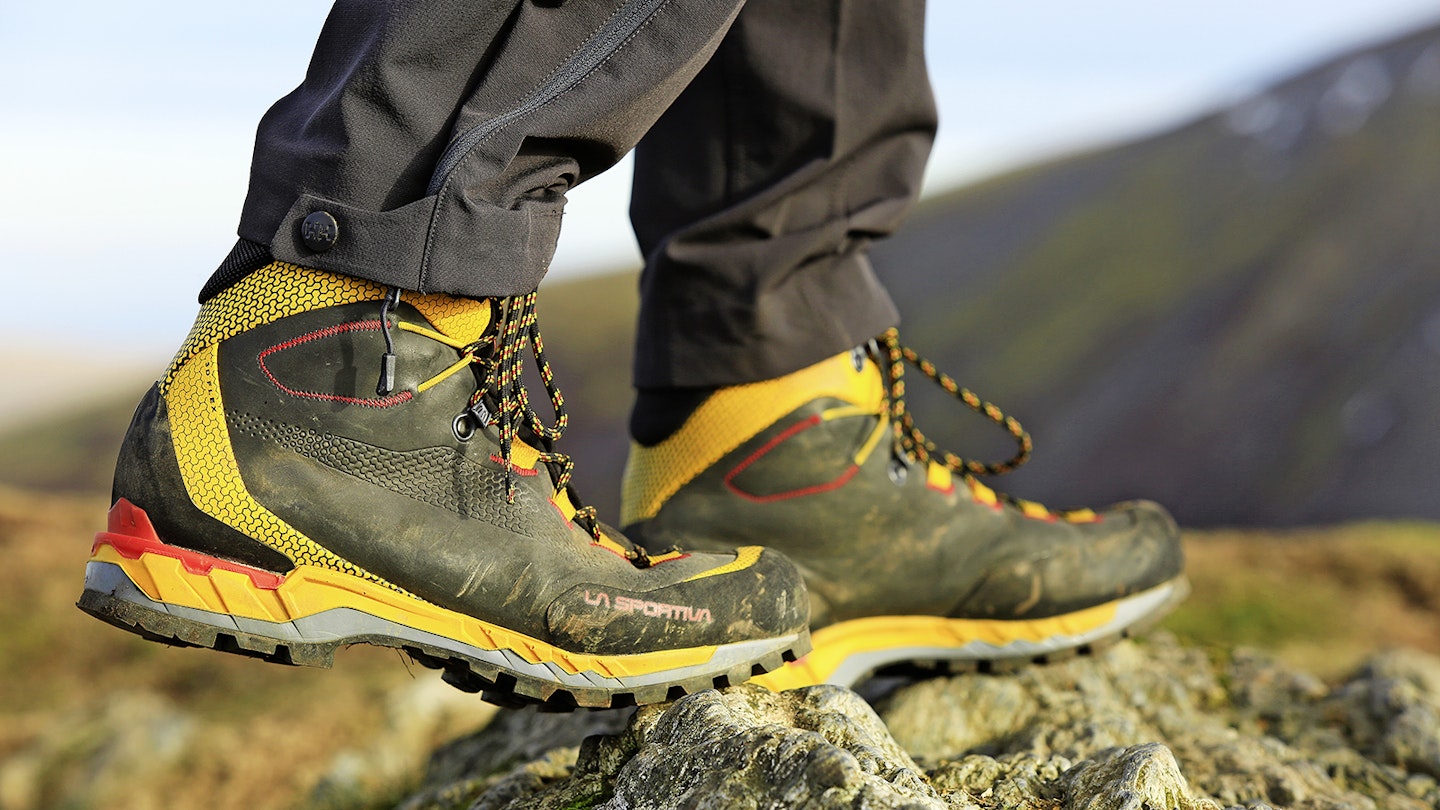
Ankle cuff
The ankle cuff is the section of the boot that sits around your ankle. Higher cuffs offer additional ankle support, which helps you traverse uneven ground while also reducing the risk of sprains. The height of the ankle cuff can also help fend off water, mud and debris from entering the boot - which is always a nuisance. Some boots have a lower cuff. While this makes the boot lighter, it reduces the above benefits.
Often, the height of an ankle cuff is referenced in the title of a boot. For example, low, mid and high.
Upper
The upper of a walking boot is the exterior material of a walking boot above the sole. This will either be leather or a synthetic material.
Midsole flex
Midsole flex is a way of looking at the flexibility of a boot and the rigidity of its sole. This is important to note, as a flexible sole is preferred for even ground, while a rigid sole offers superior performance on inclines, scrambles and rough ground. You can test the longitudinal midsole flex by bending the boot from toe to ankle and twist the sole to check lateral flex.
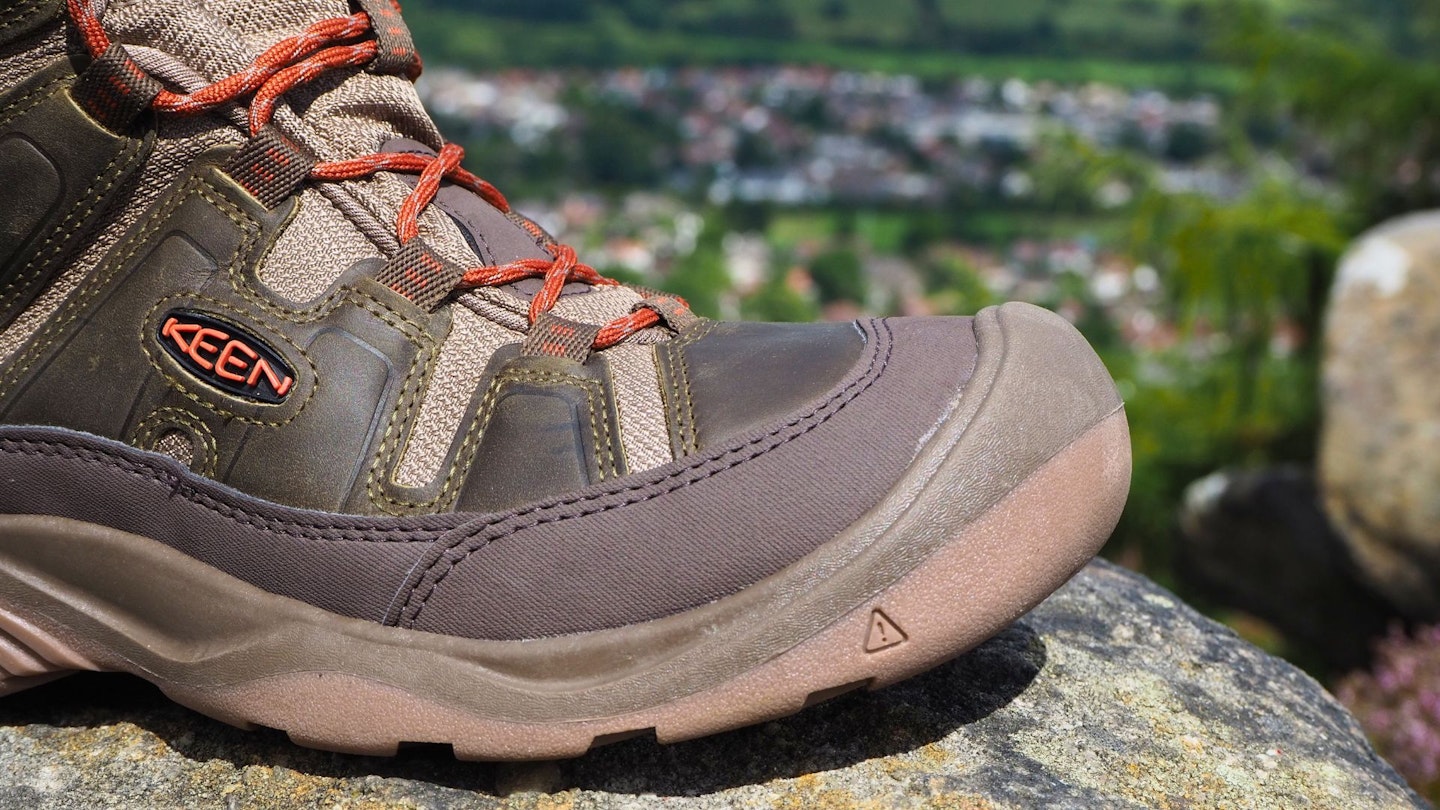
Toe box
A toe box protects your toes from the peril of stary rocks and heavy items. The harder the toe box, the more protection offered.
Rand
Rand is a rubber layer that can wrap around the toe, sole or whole boot. It can sit between the sole and upper, and it offers additional protection and improved durability.
Outsole
Well-spaced deep lugs can bite into the soft ground without clogging. A deep heel breast – the step between the heel and midfoot area of the sole unit – is vital for providing braking power in descents.
How do I clean walking boots?
Crucial to the longevity and performance of hiking footwear is caring for and cleaning them properly (it's very easy).
Head to our dedicated guide on how to clean walking boots to learn the best way to keep your hiking footwear performing at its best for as long as possible.
Best footwear cleaner
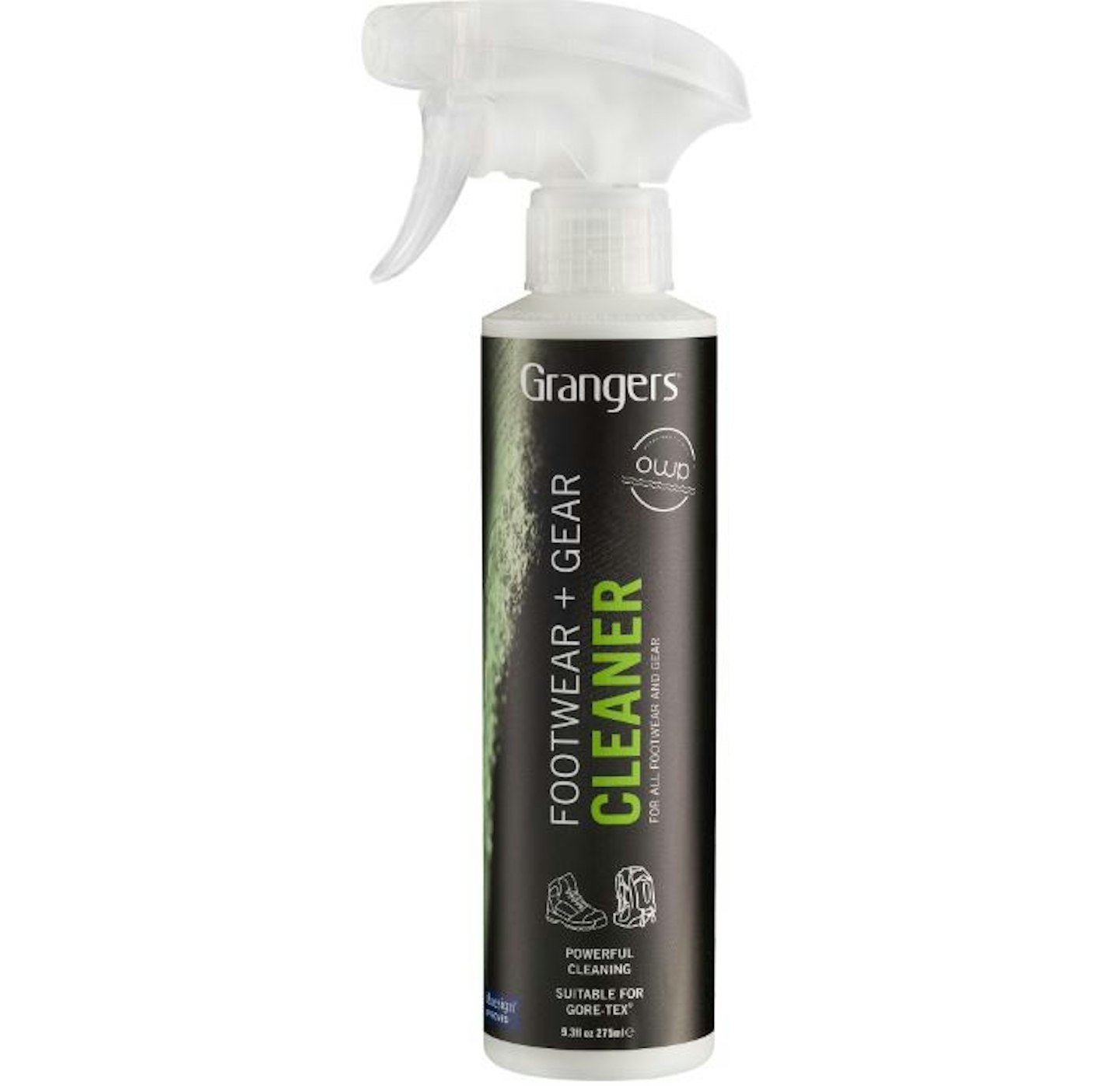
Eco-friendly, PFC-free footwear and gear spray-on spot cleaner. It's versatile and can be used on almost all your gear, for those smaller stains and marks.
Best footwear reproofer
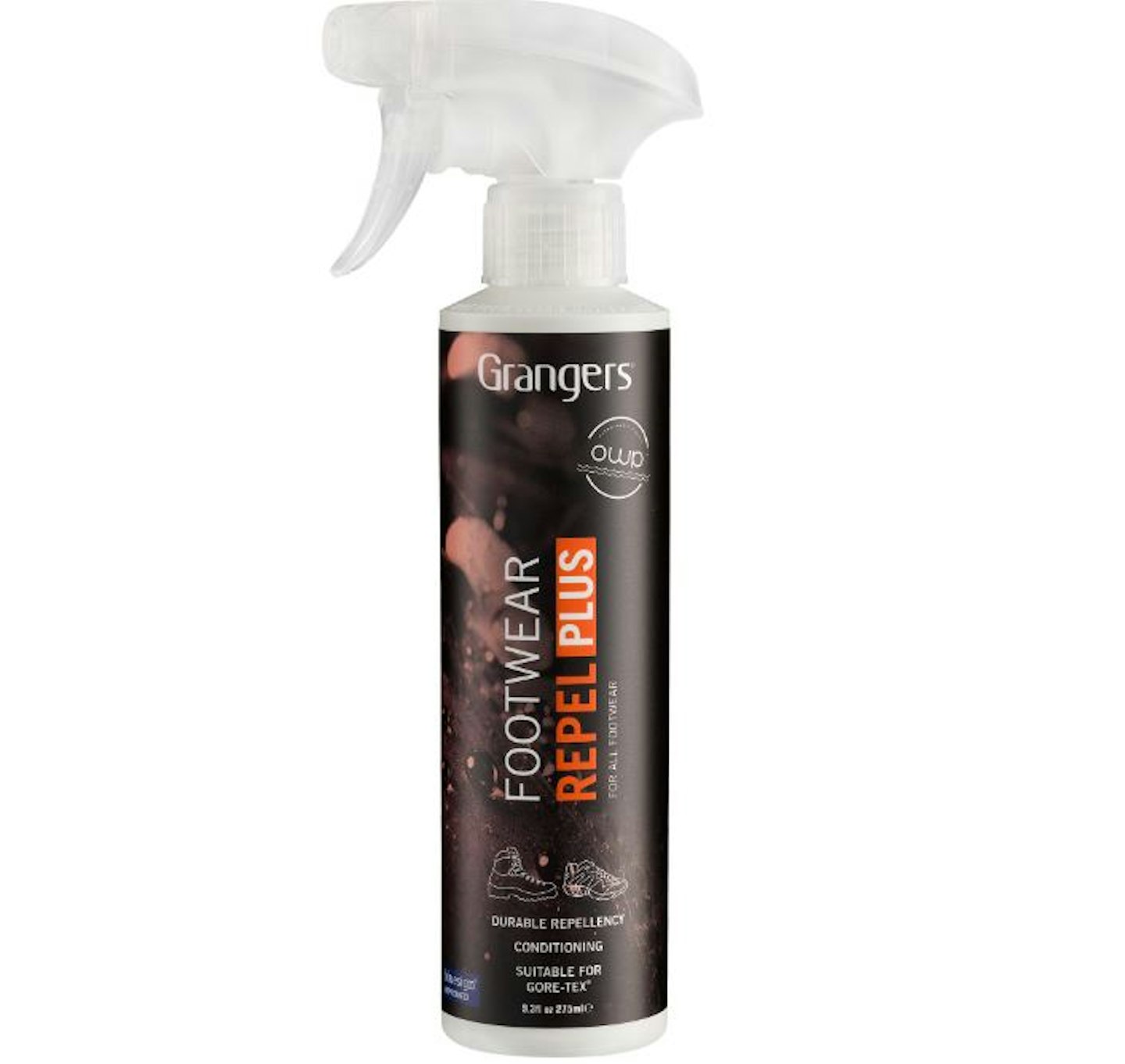
Eco-friendly, PFC-free footwear spray-on reproofer. The Footwear Repel Plus from Grangers is our pick for a cleaning spray that can cover a wide range of fabrics and membranes, including Gore-Tex.
Best footwear care kit
Leather and fabric footwear care kit including brush and dry bag. The sustainability credentials on this care kit are great, and the included dry bag becomes a big help on multi-day hikes or camping trips.
Get half-price digital OS Maps! Trail and Country Walking magazine members get 50% off an annual subscription to OS Maps for 12 months! Find out more here.
Don't forget to subscribe to the Live For The Outdoors newsletter to get expert advice and outdoor inspiration delivered to your inbox!
Chris Williams is a Digital Content Writer for Live For The Outdoors. He trained as a journalist in New Zealand and has been testing gear for us since 2021, and has journalistic, outdoor industry, and basically his lifetime's worth of hiking experience to bring to his gear reviews.
